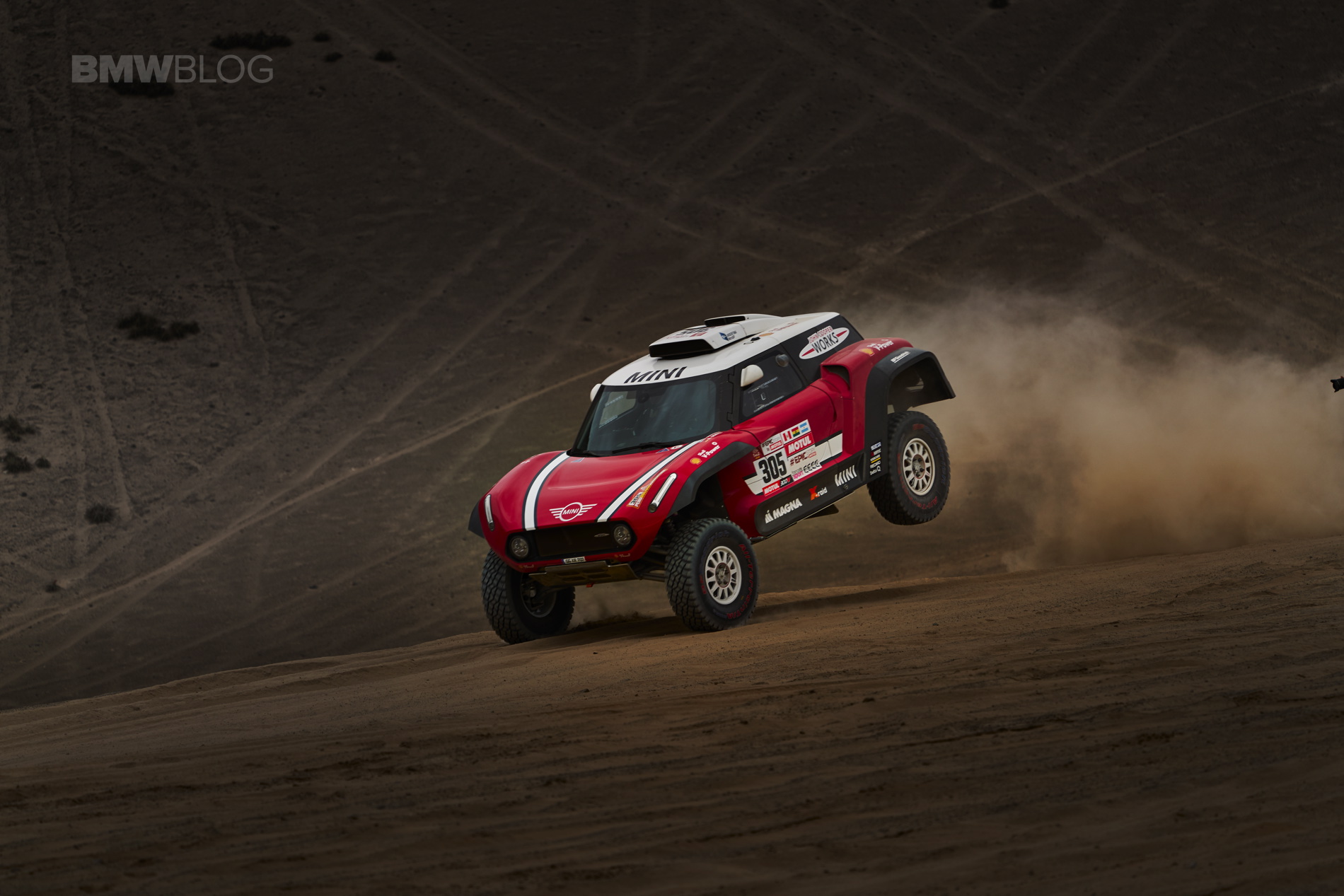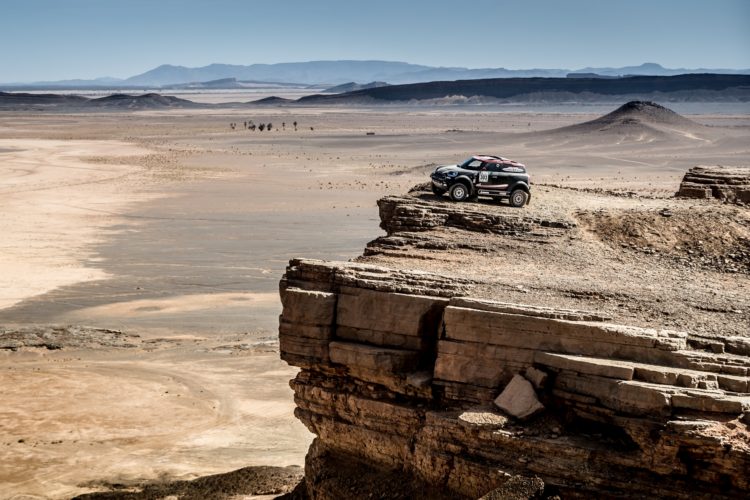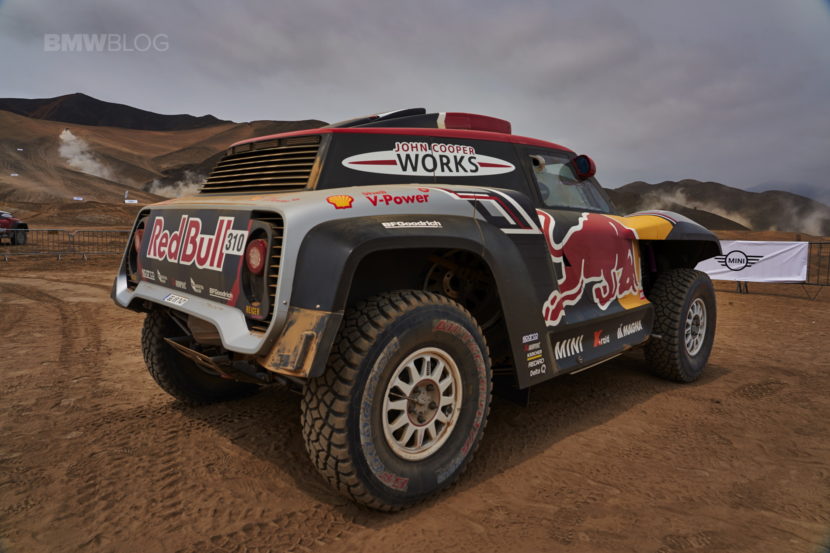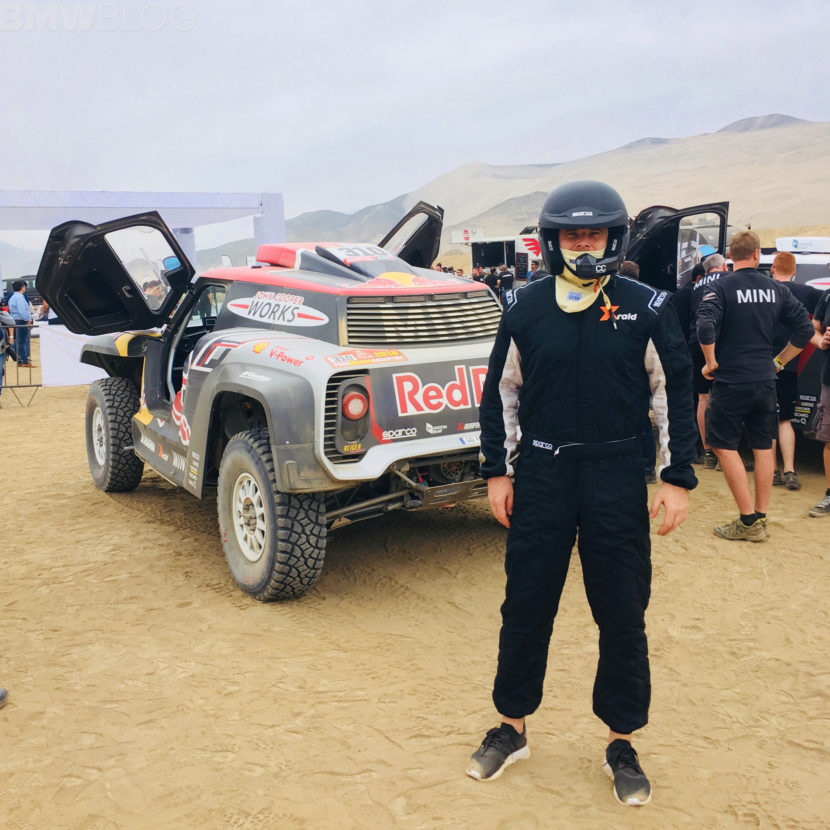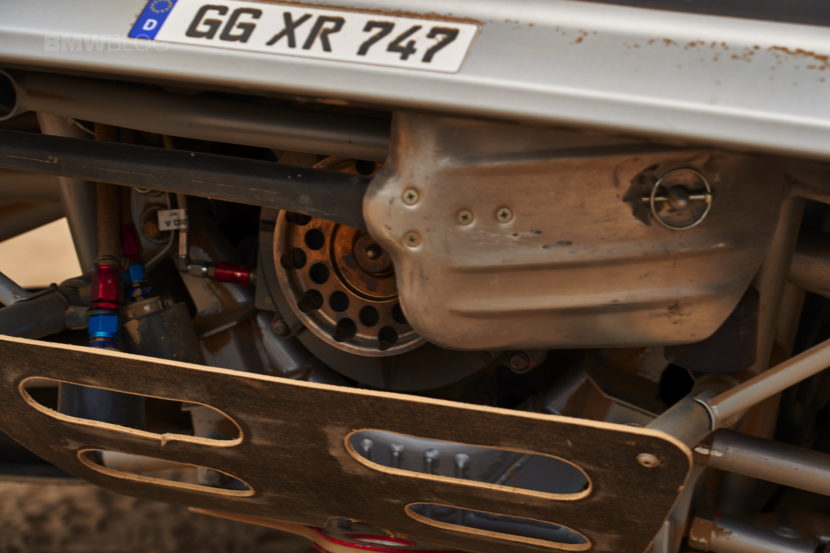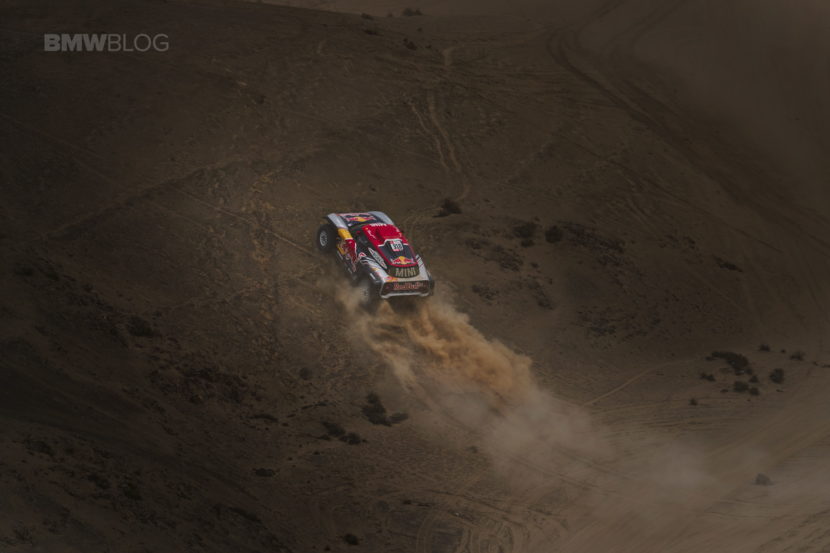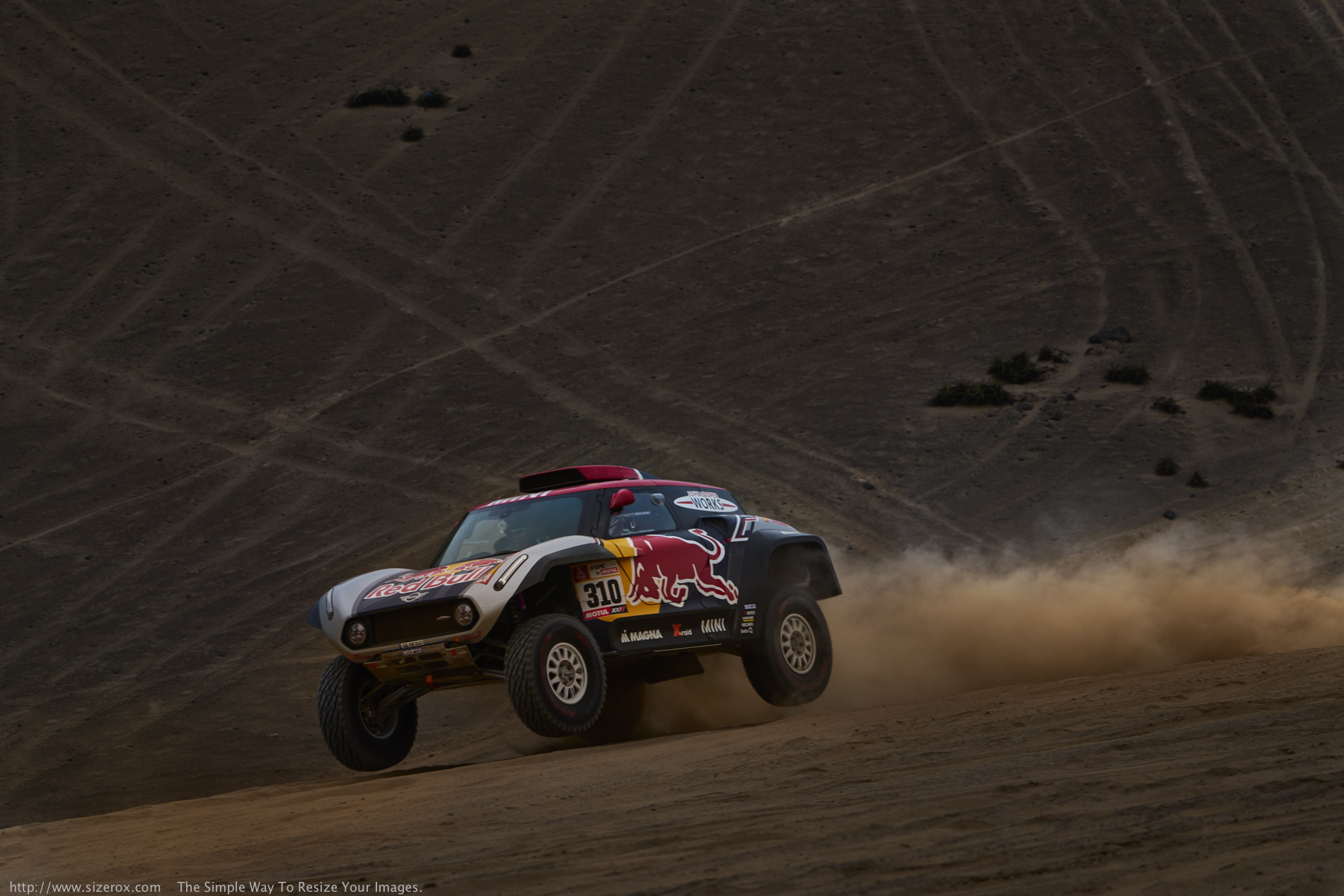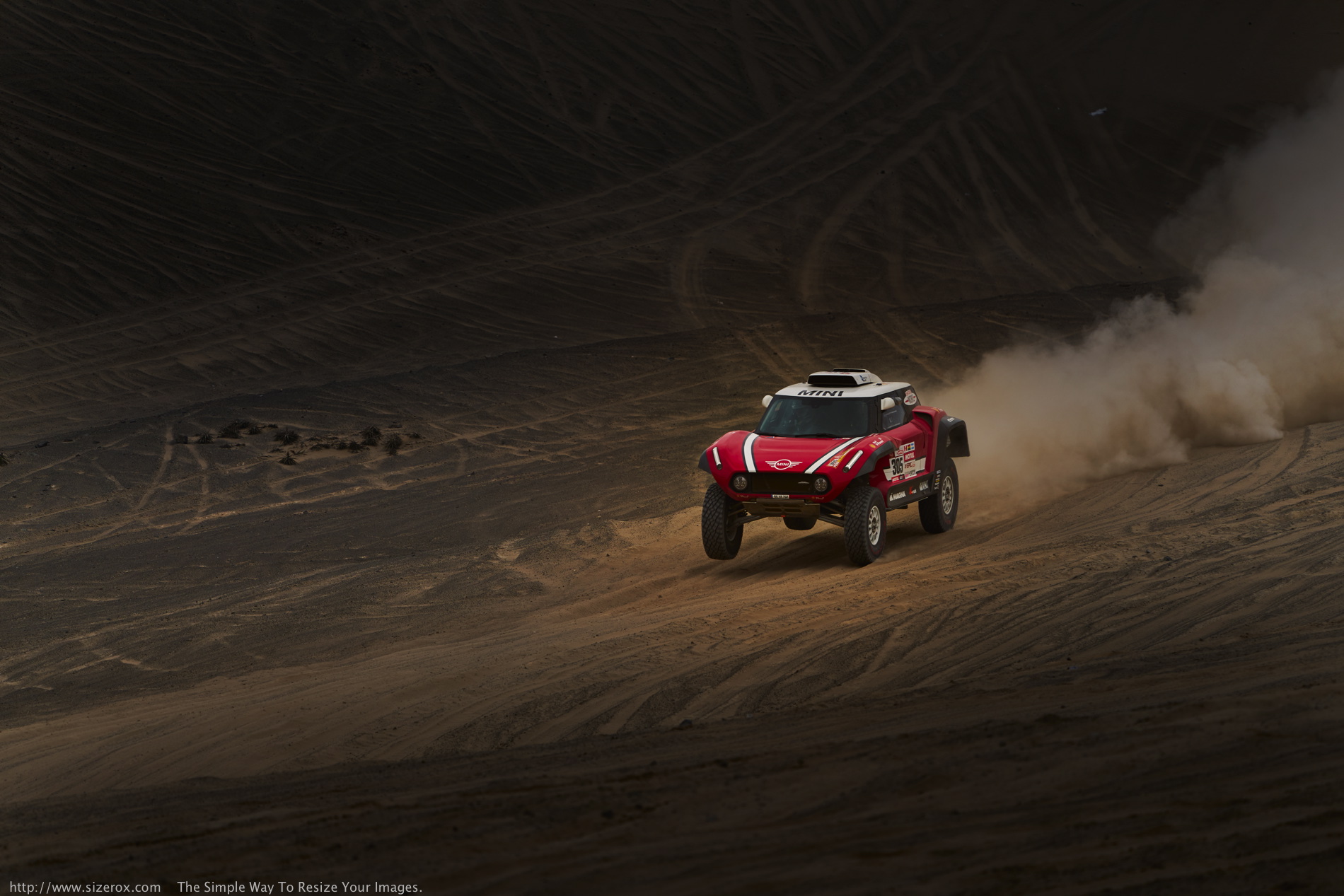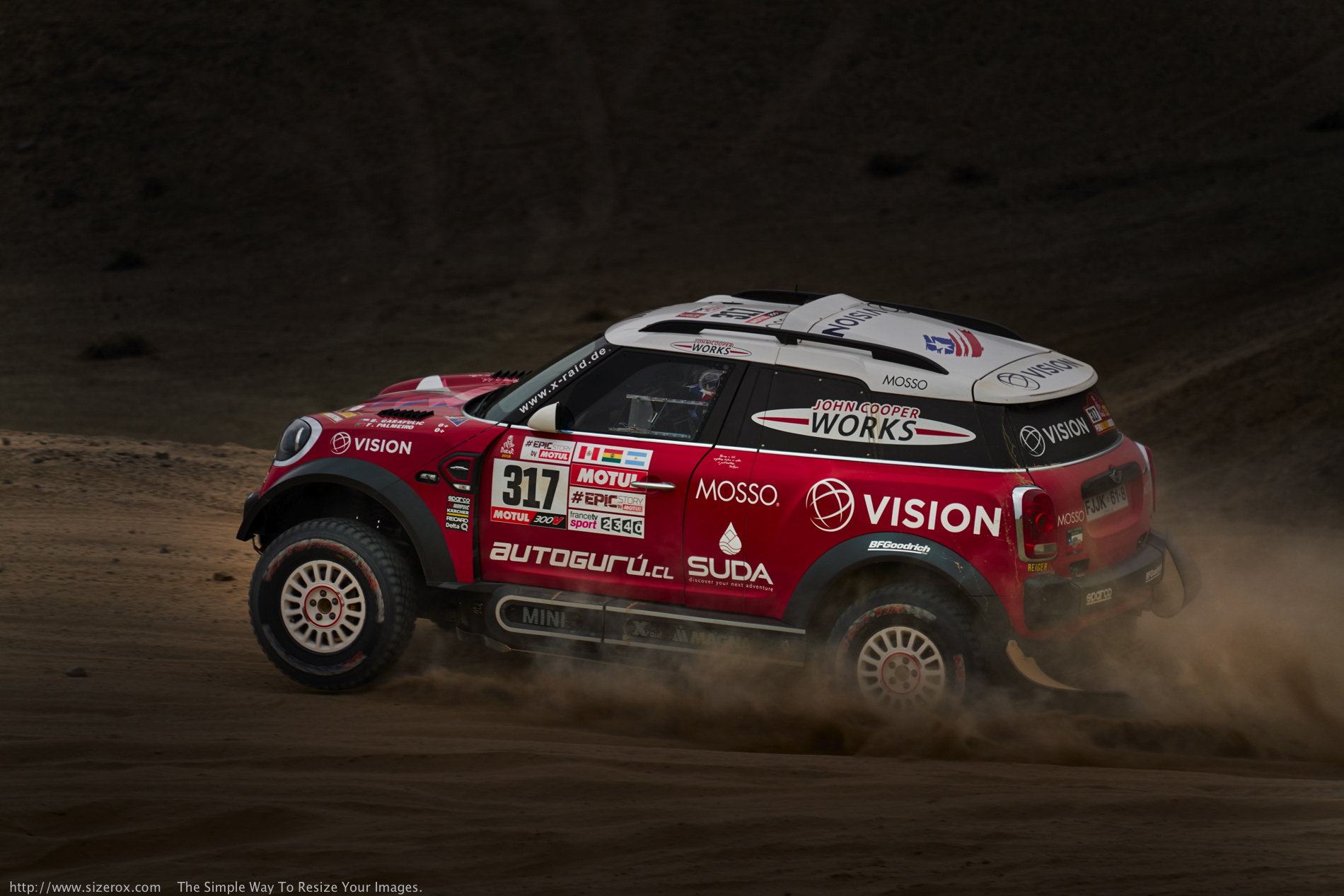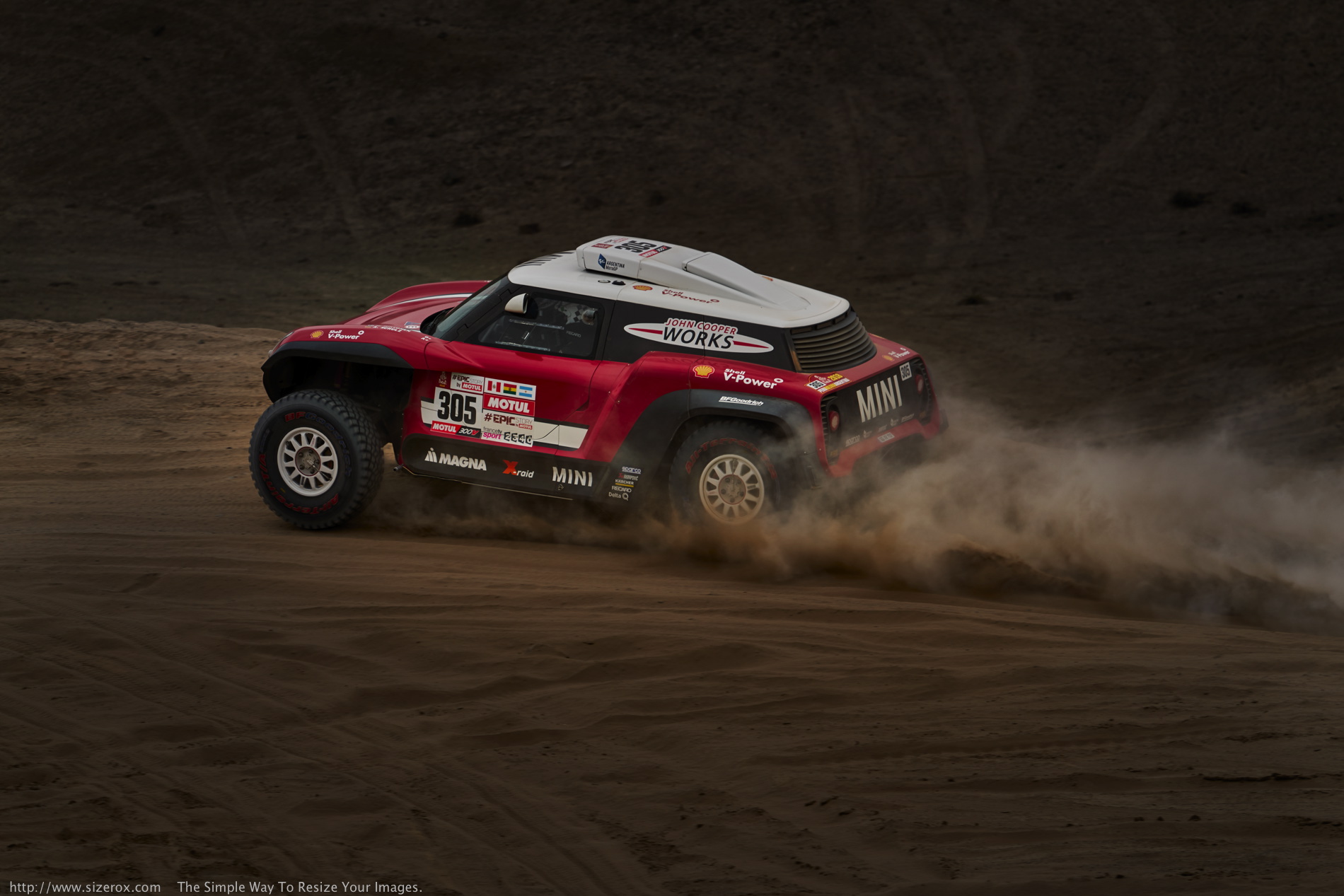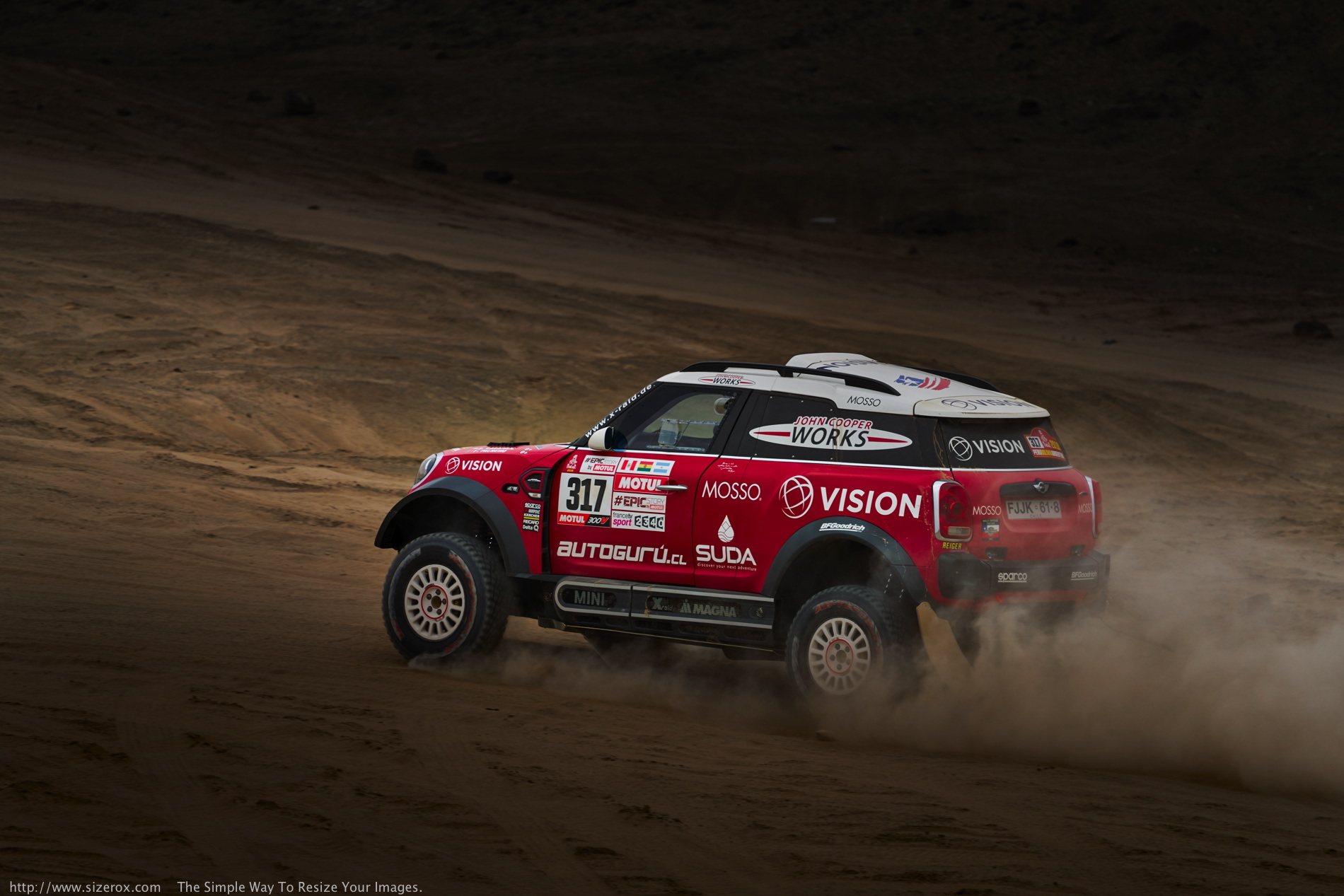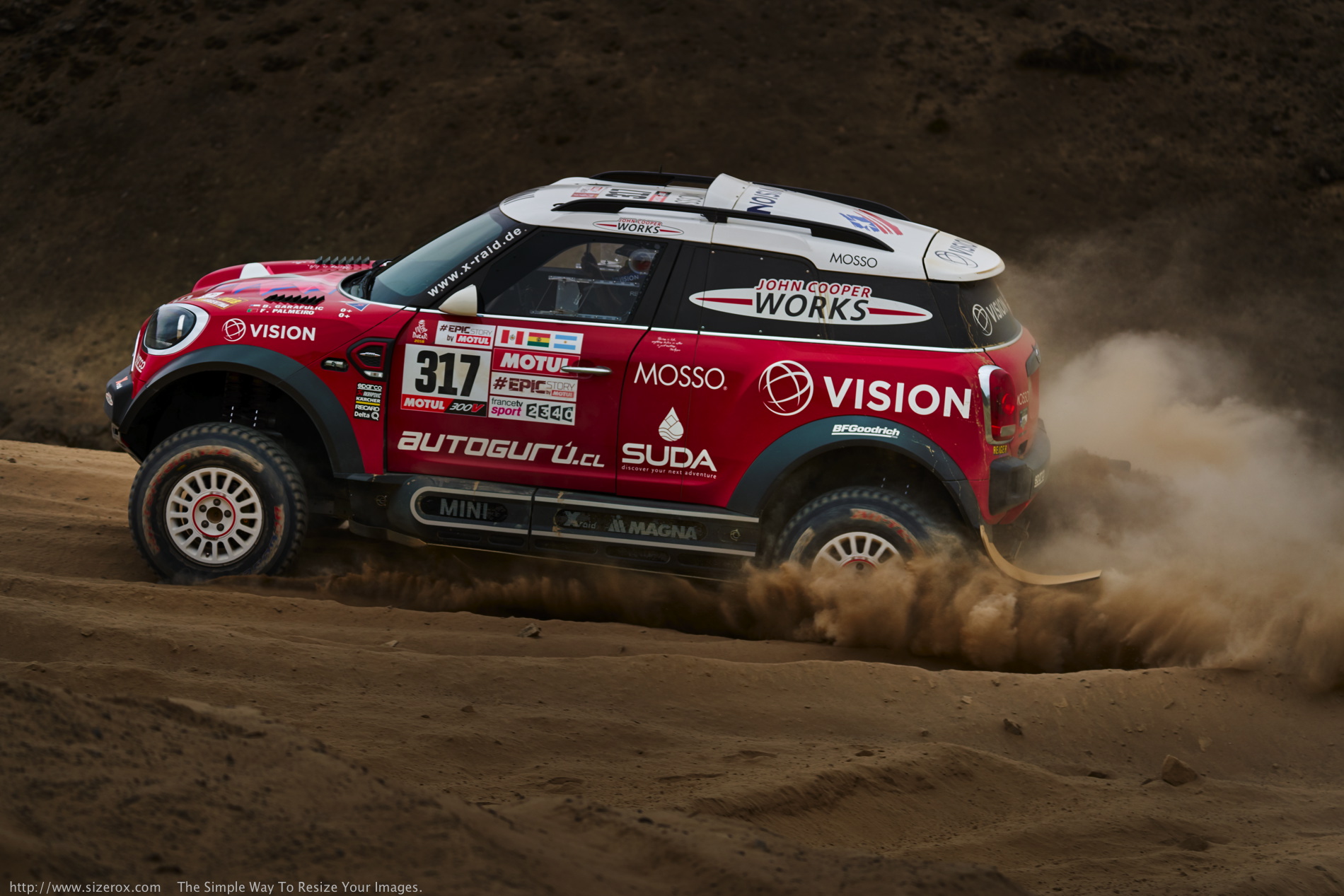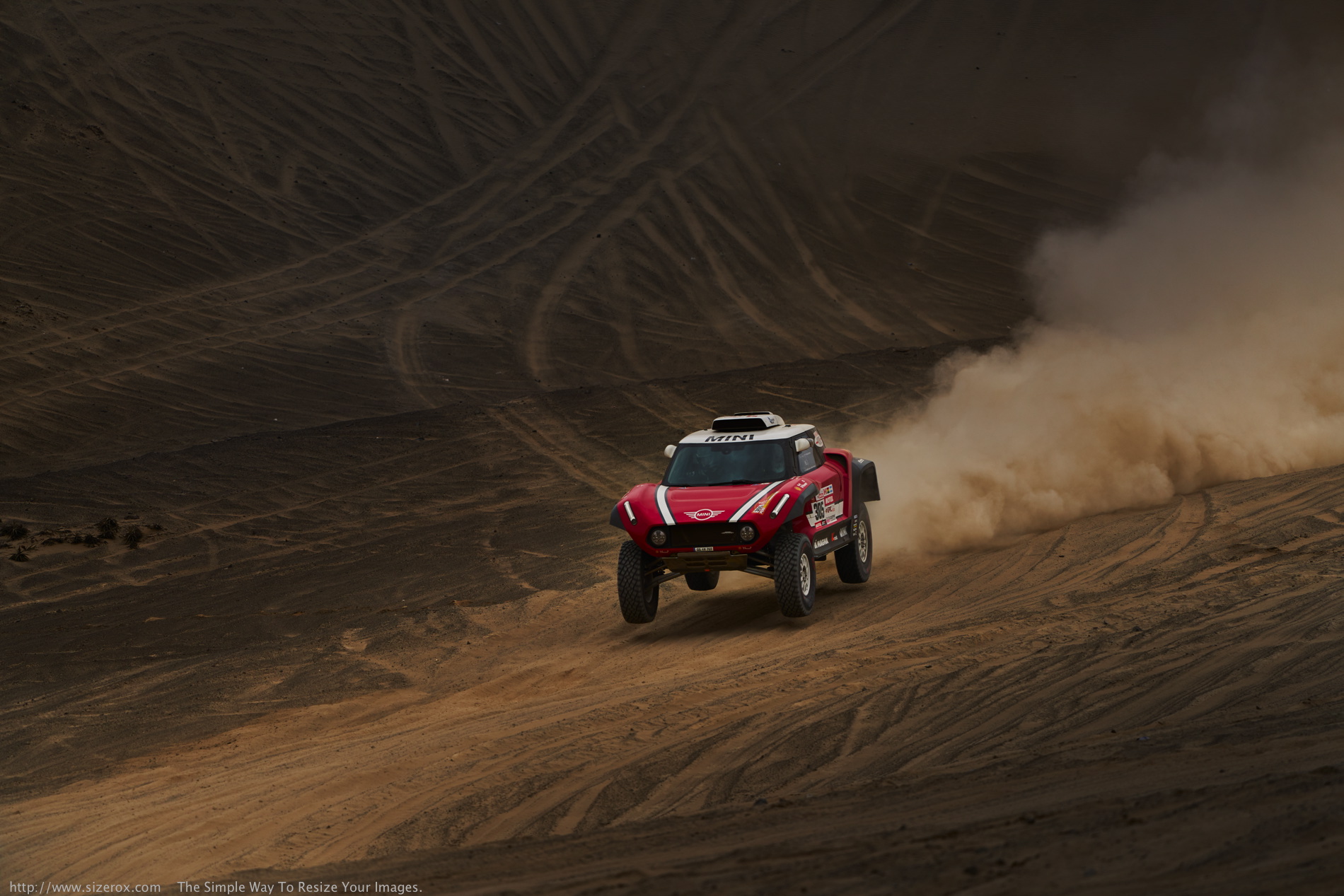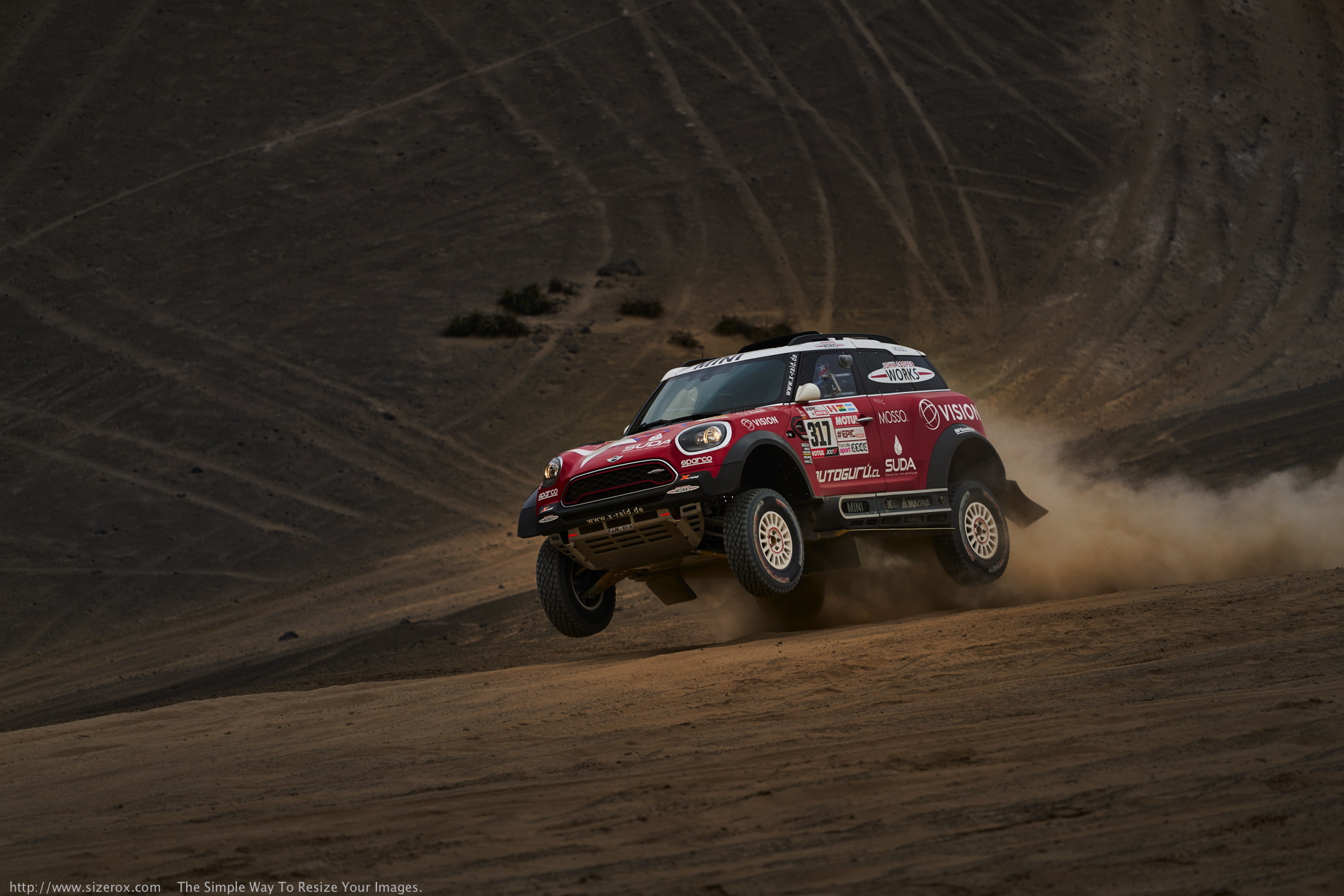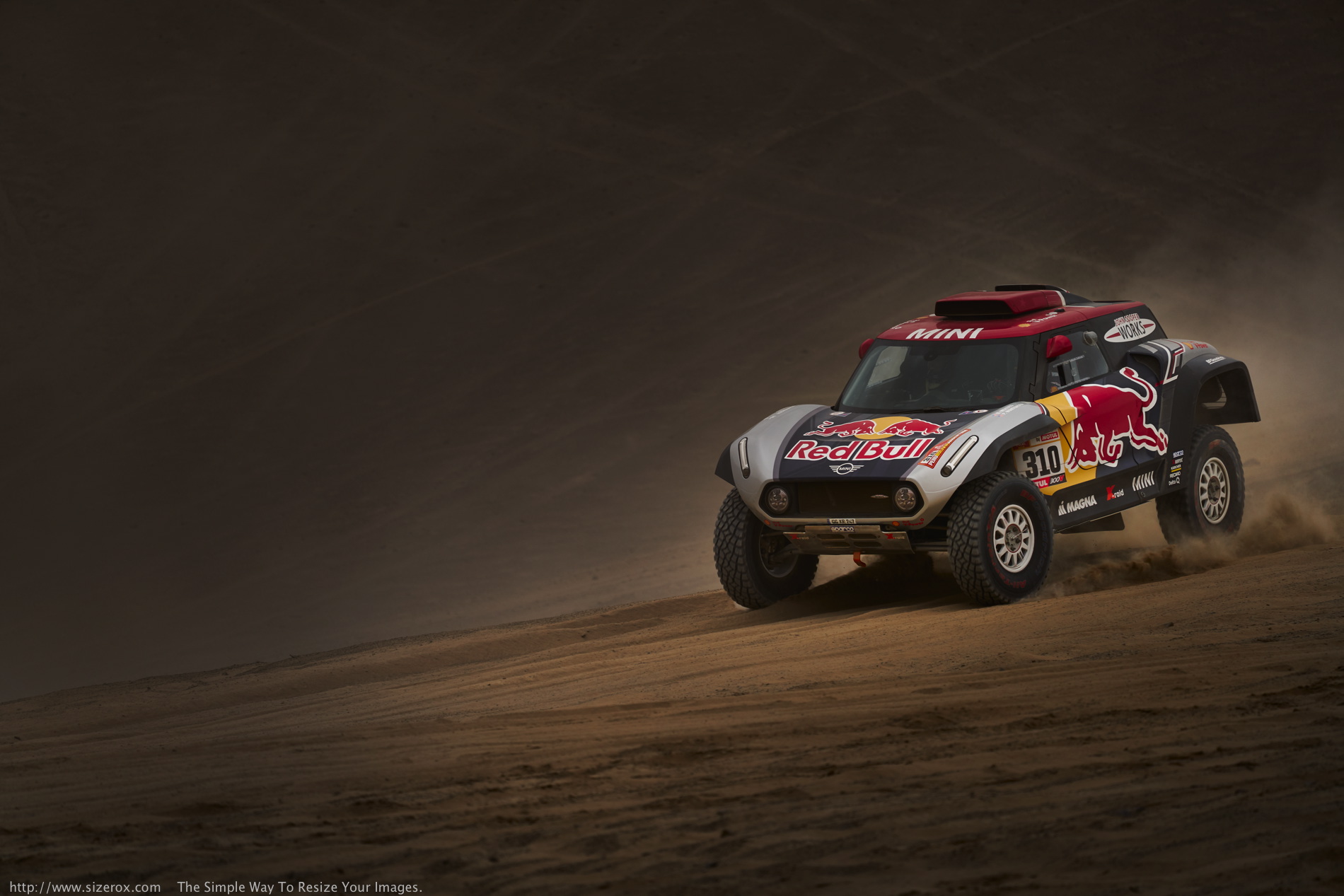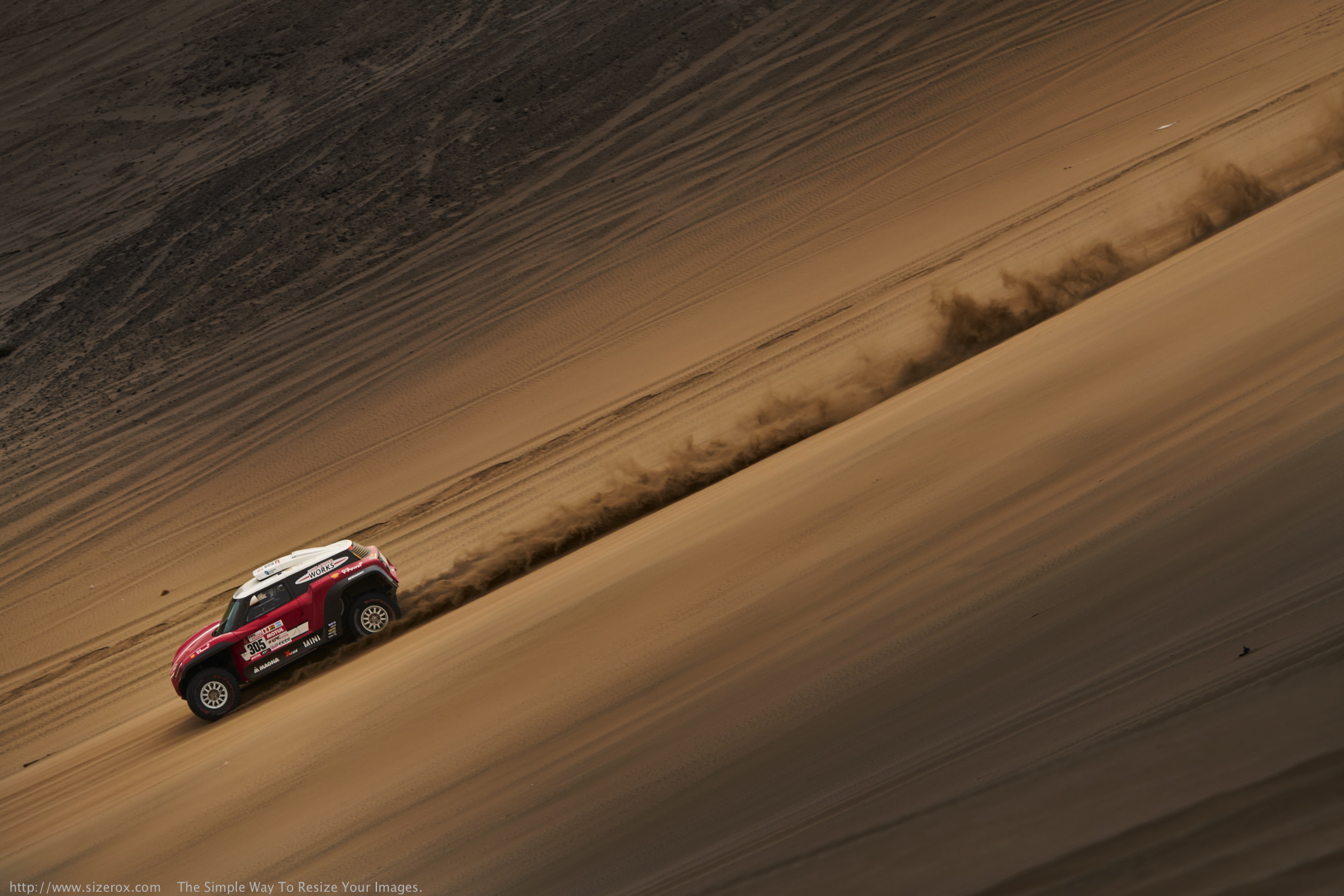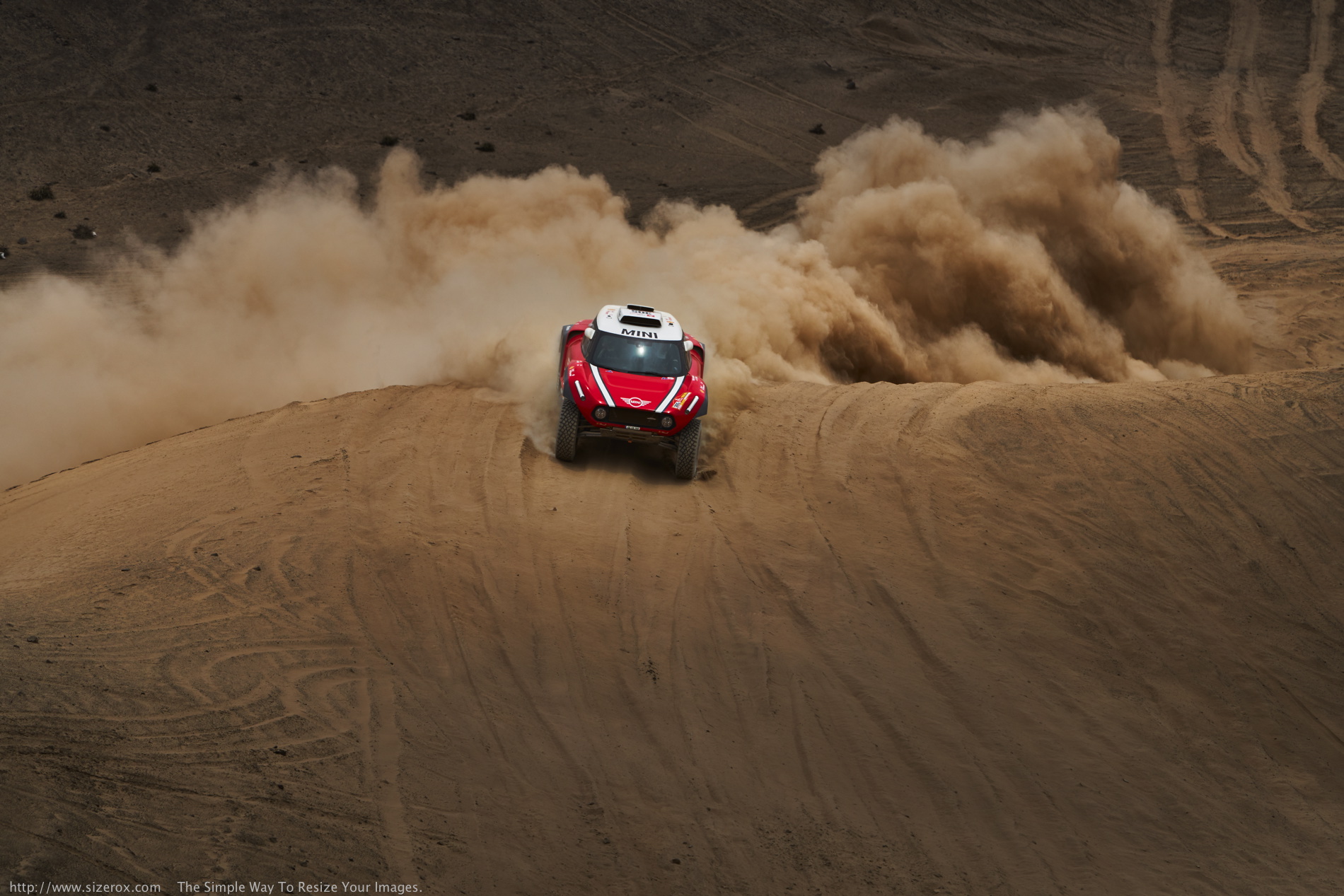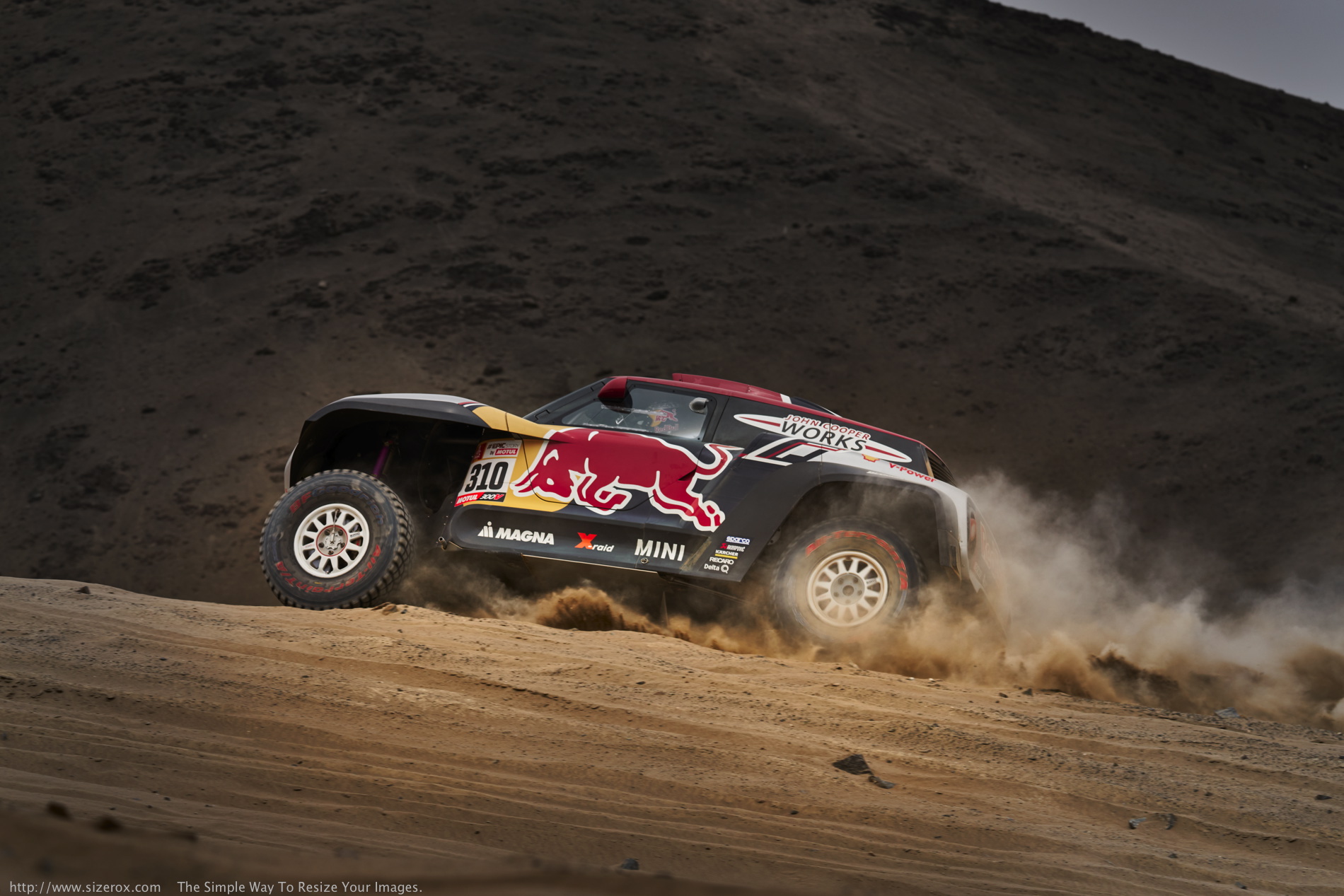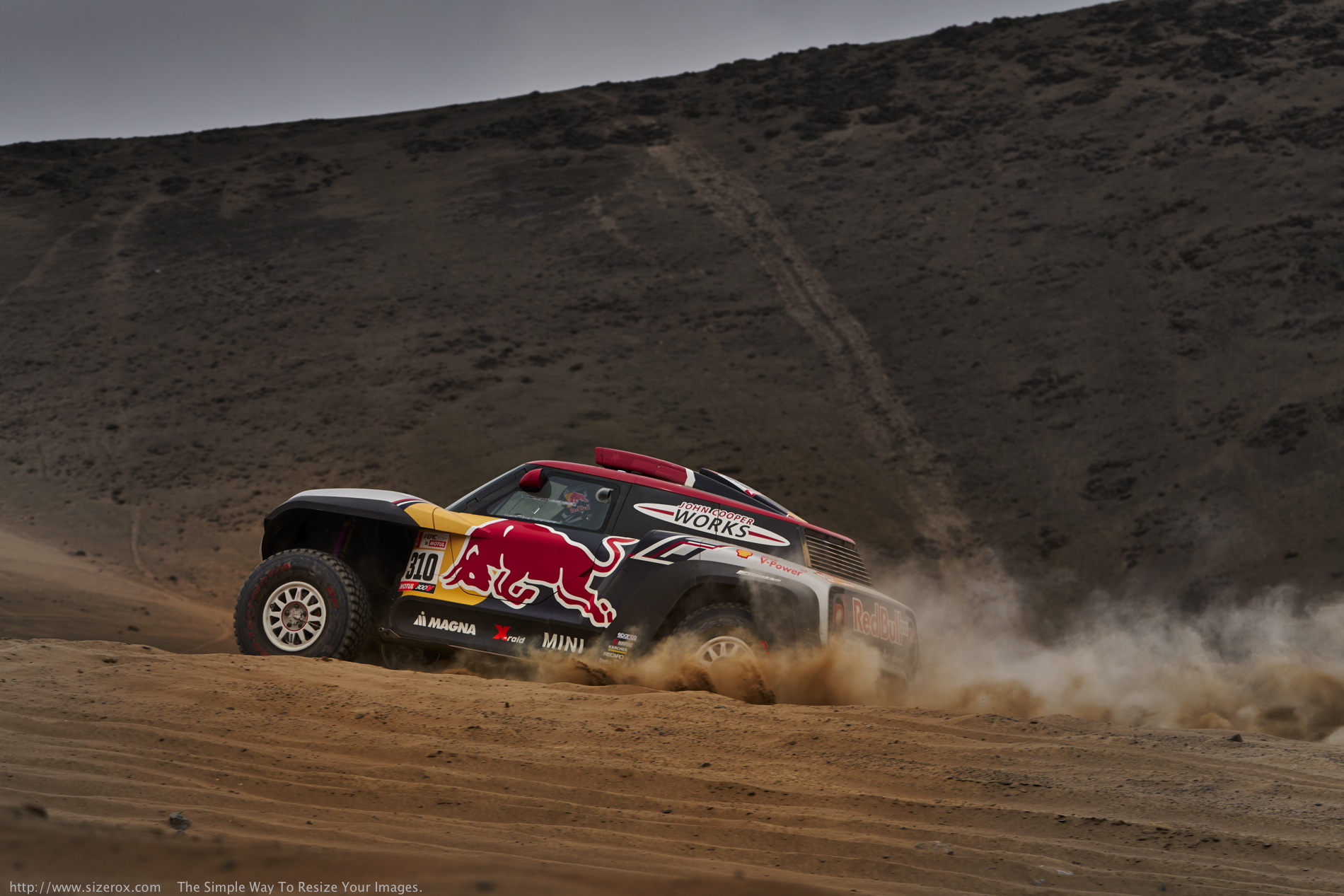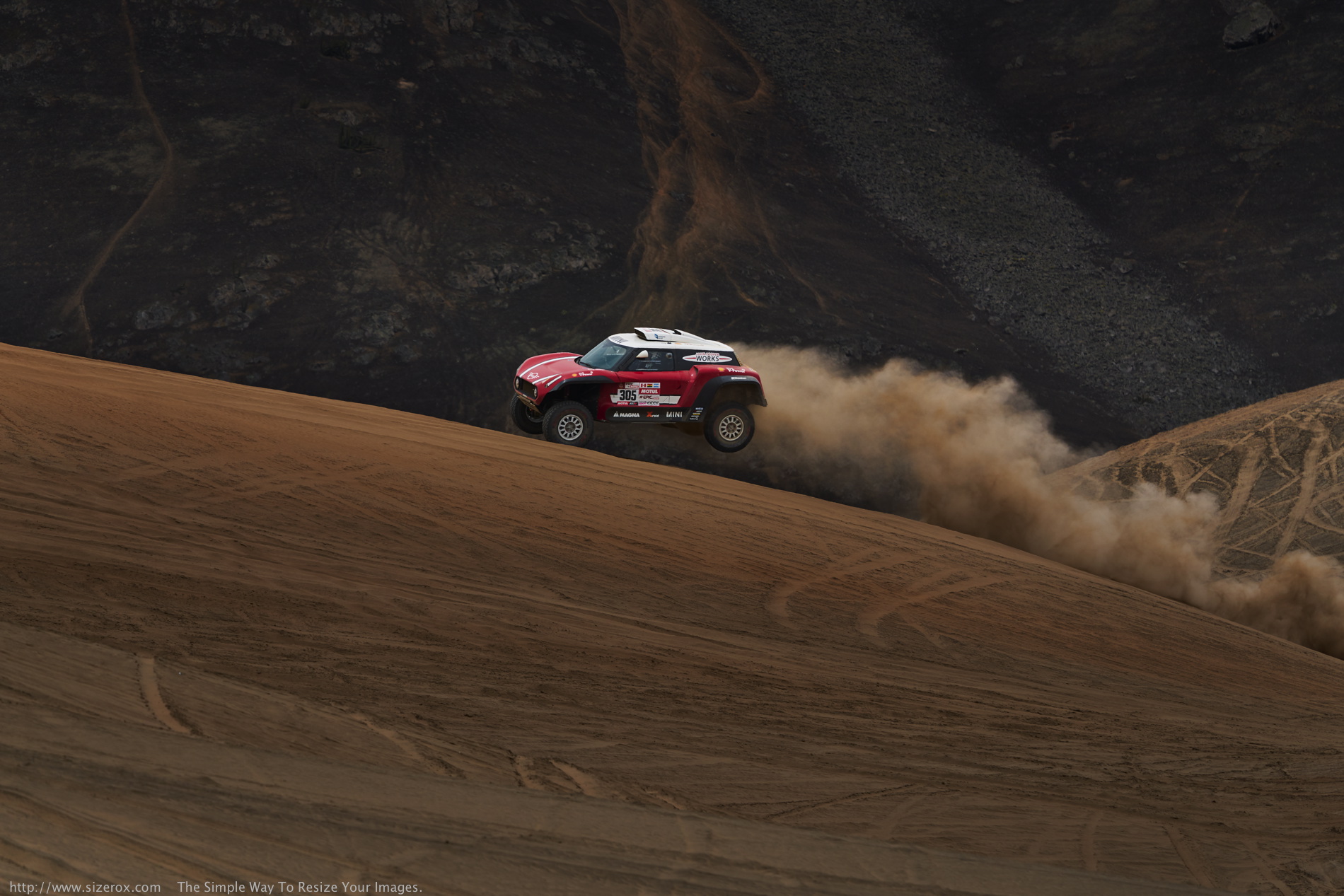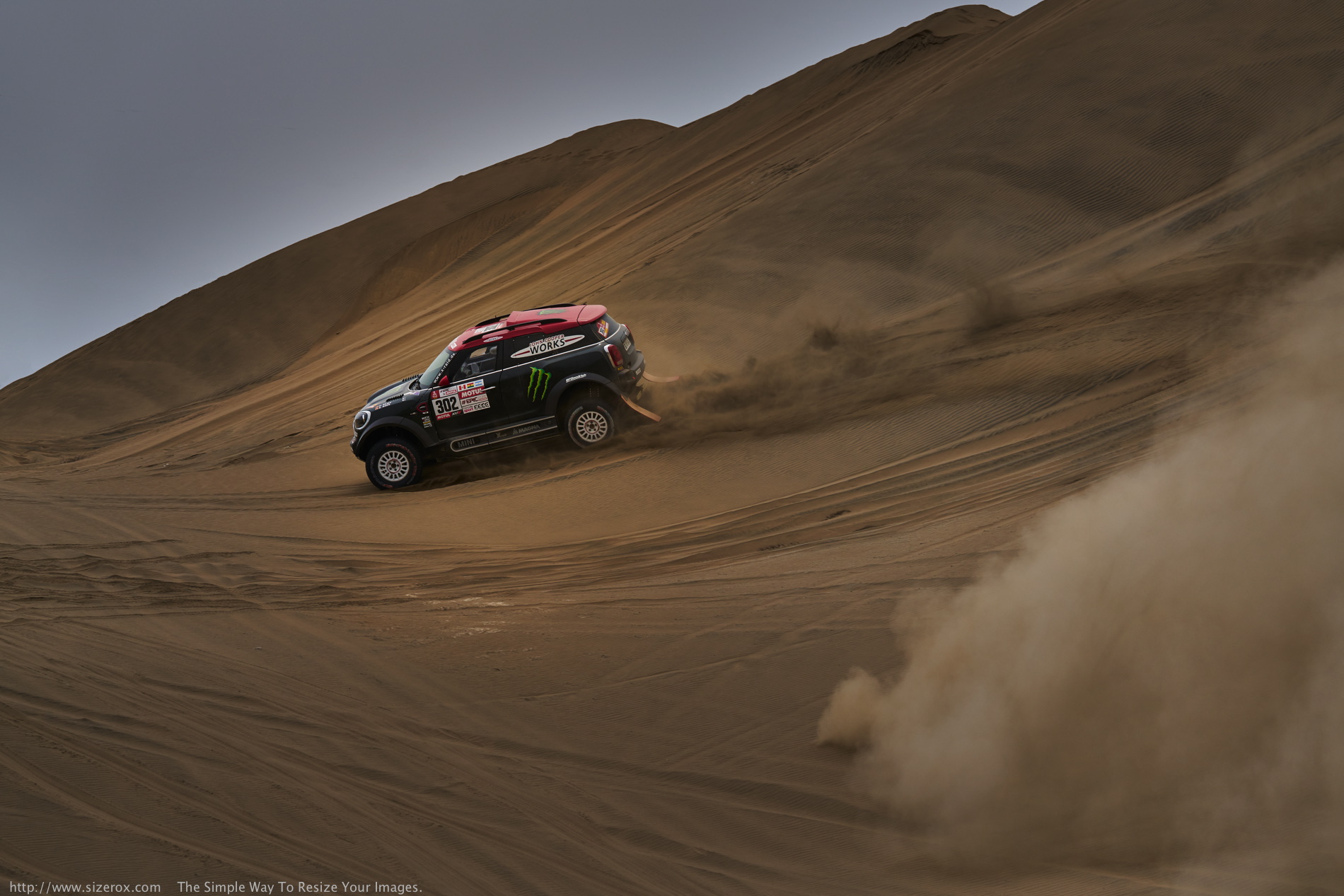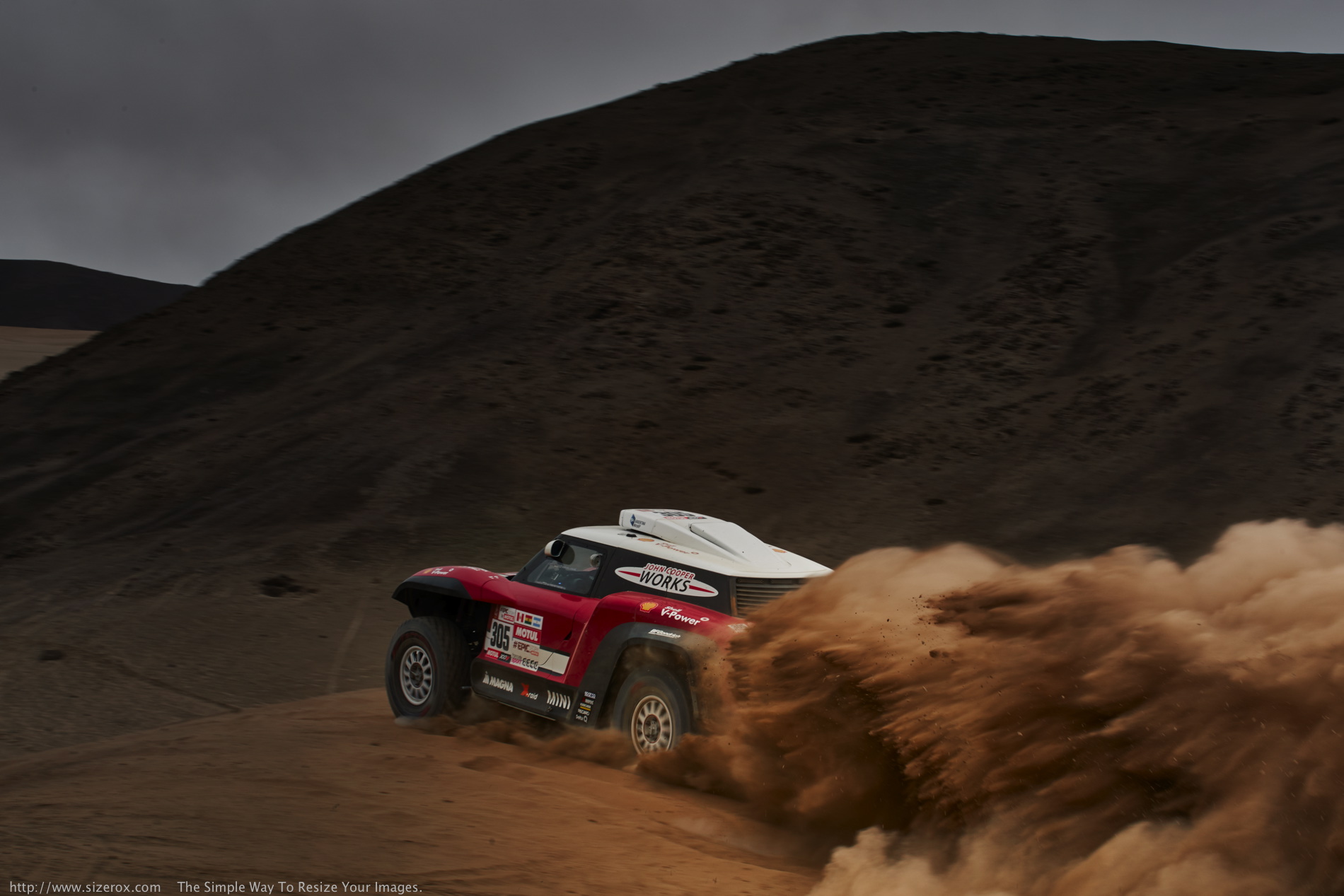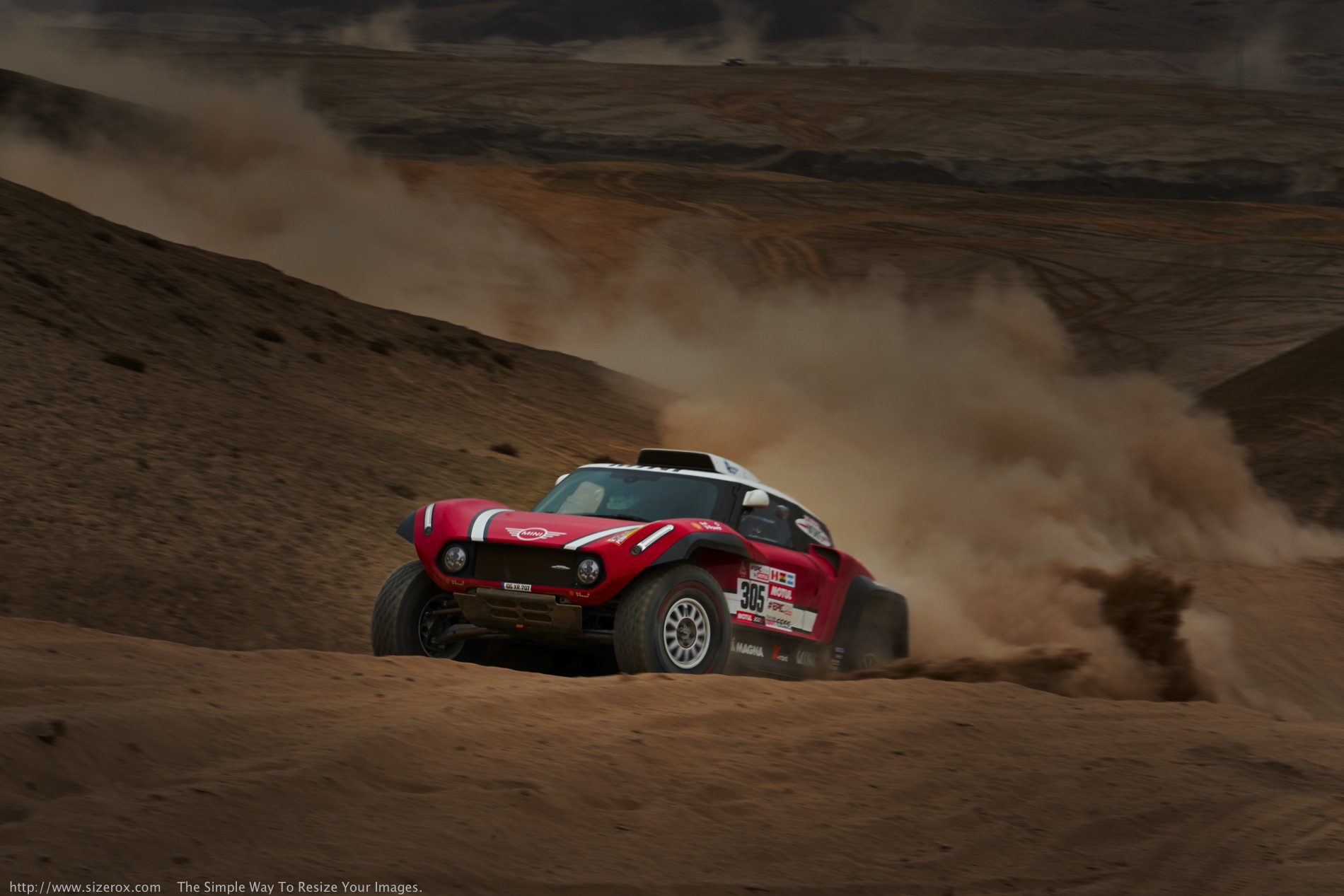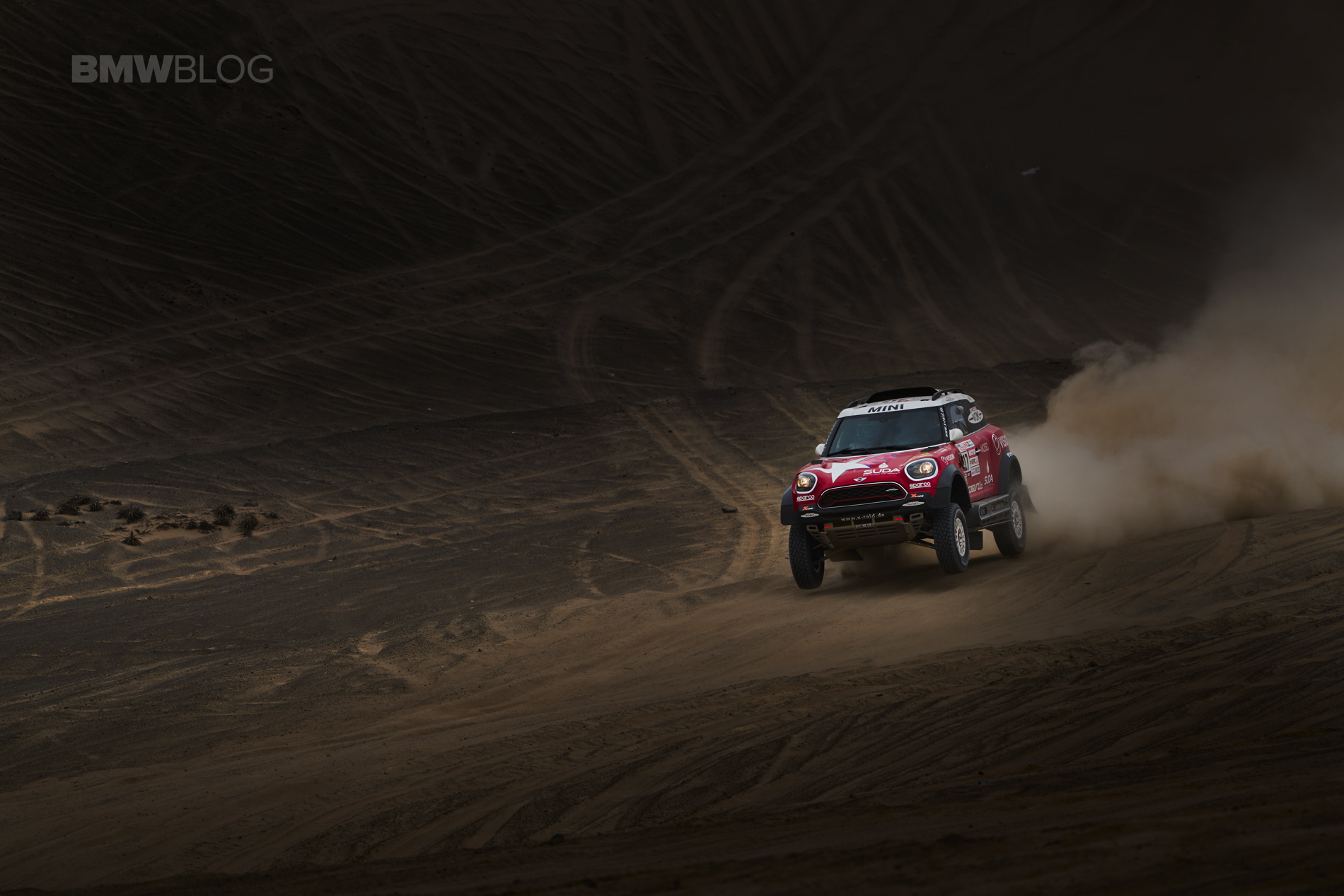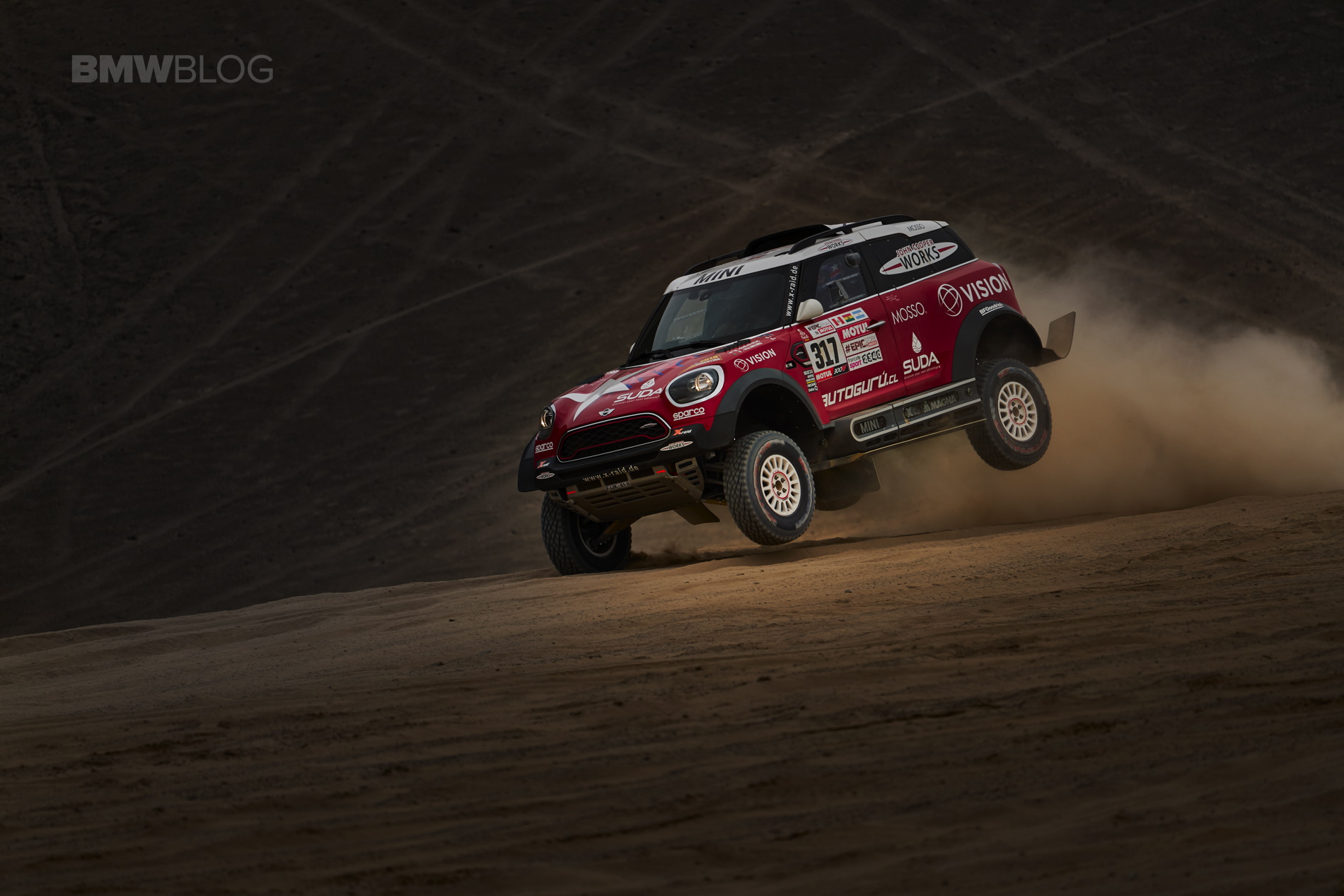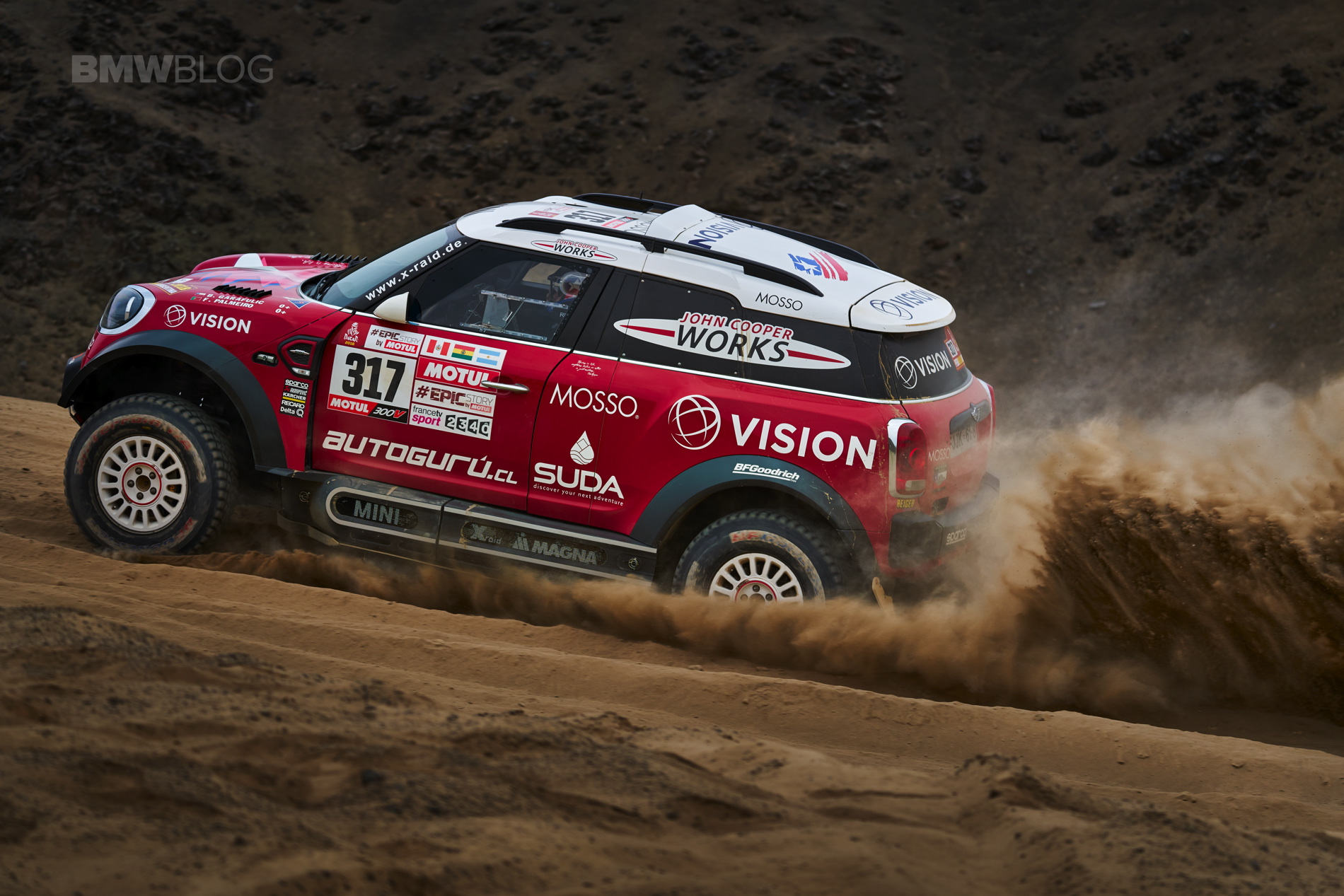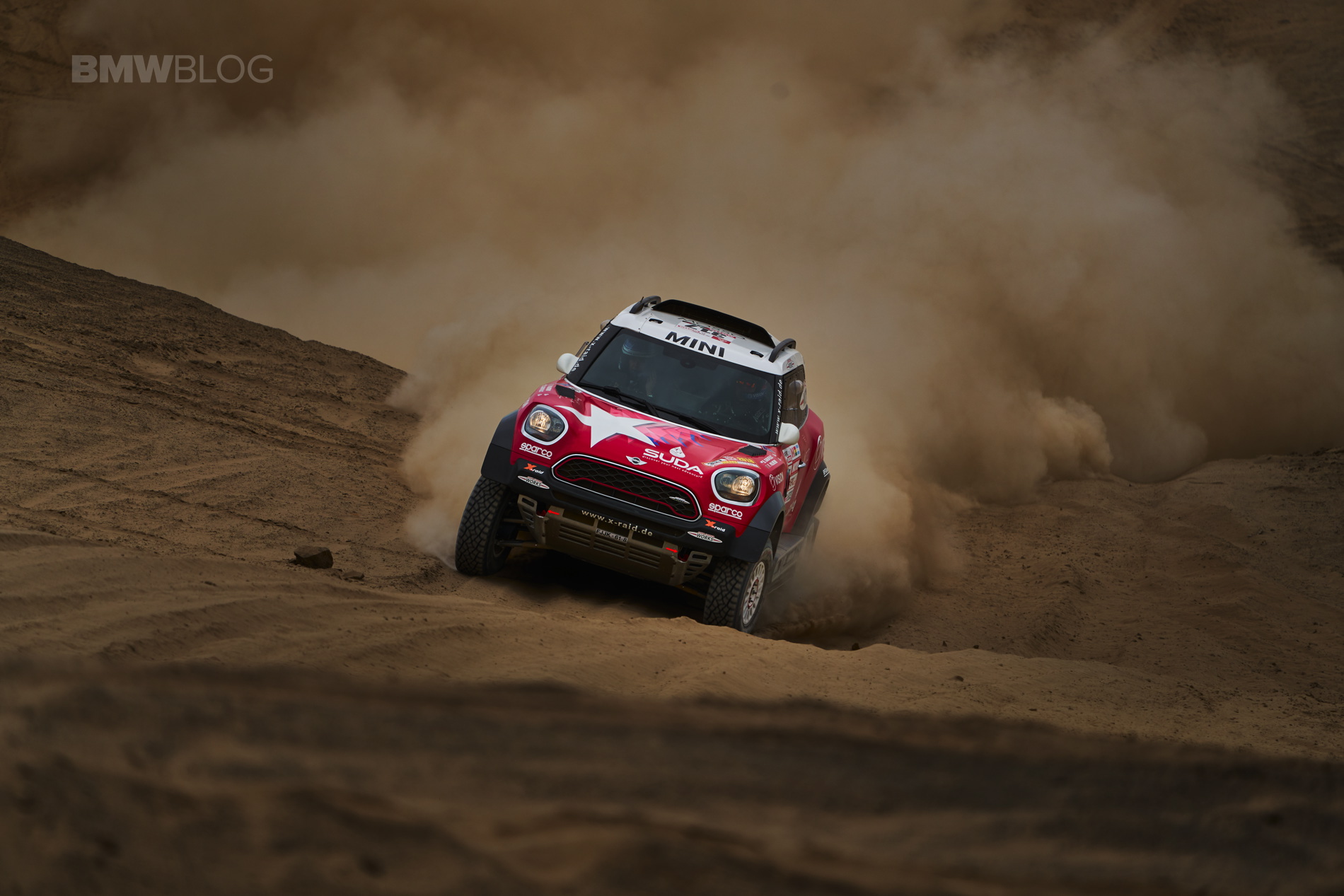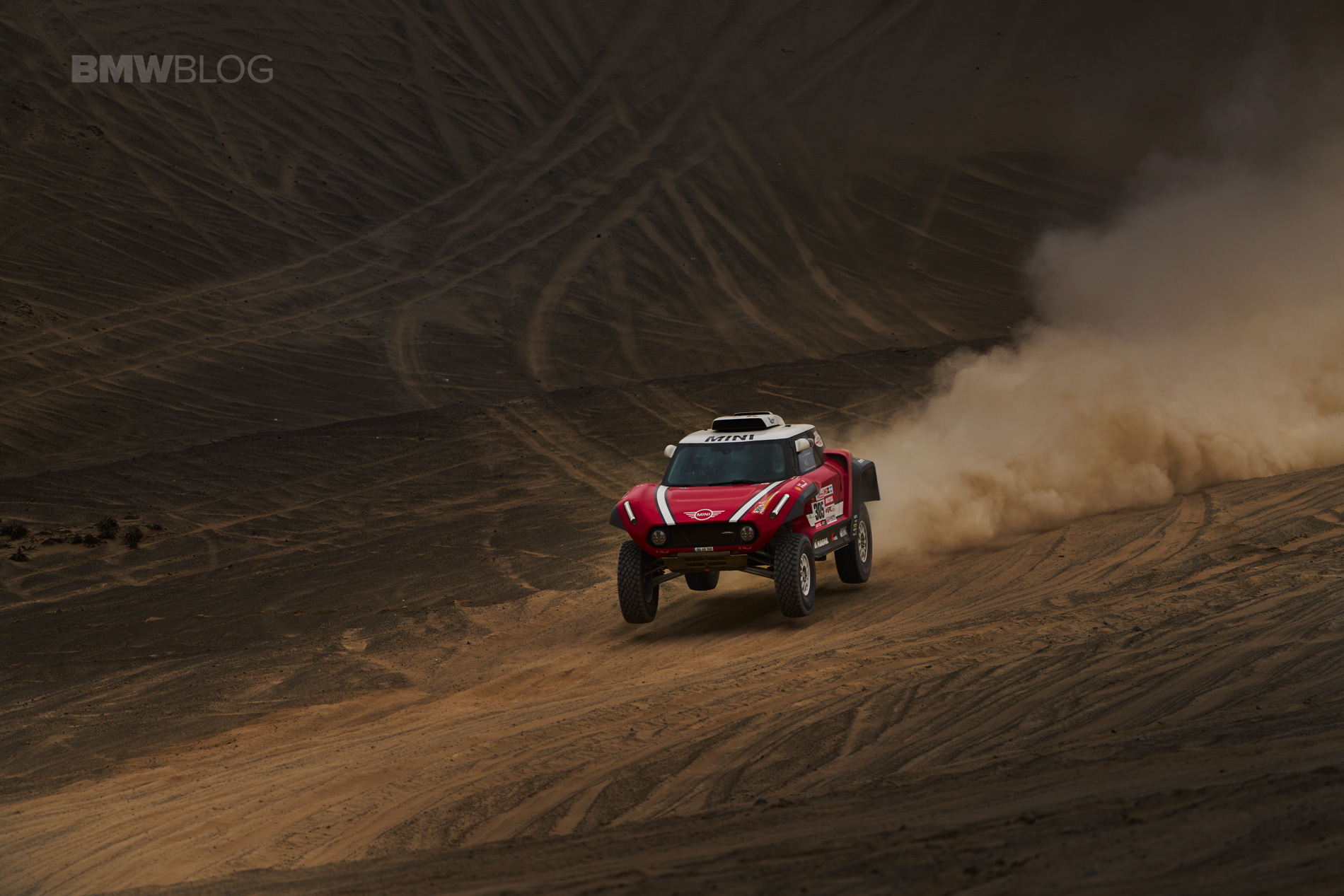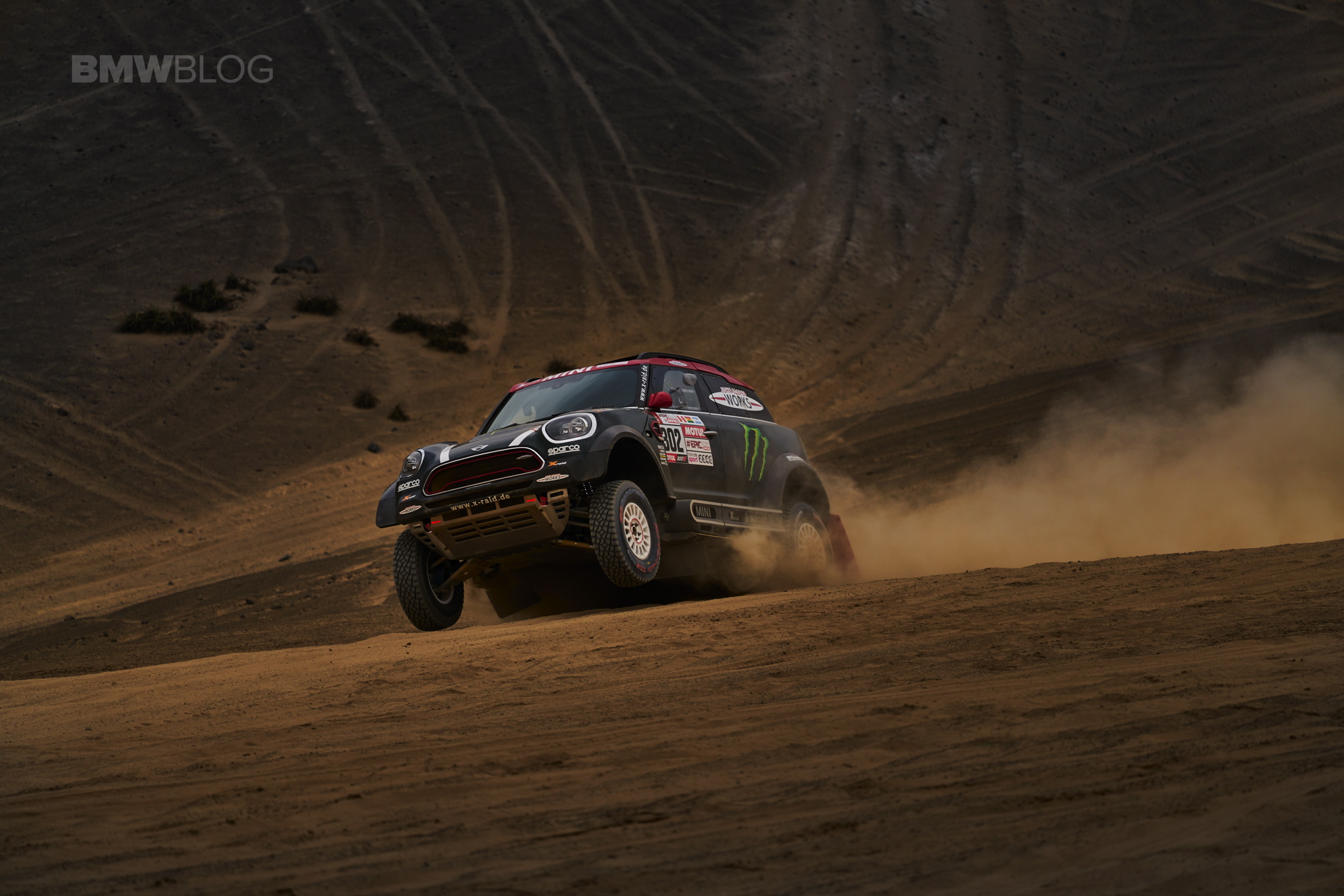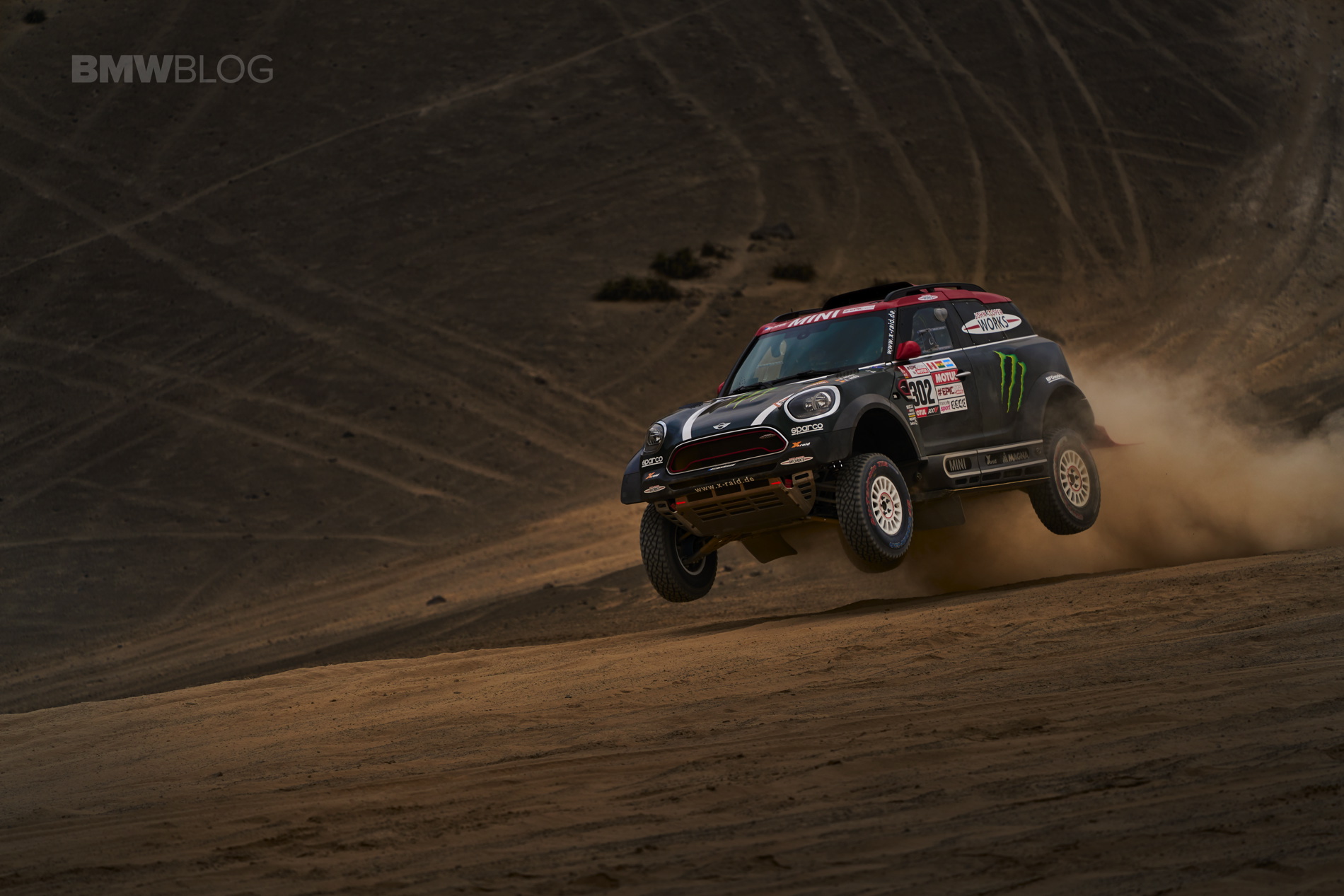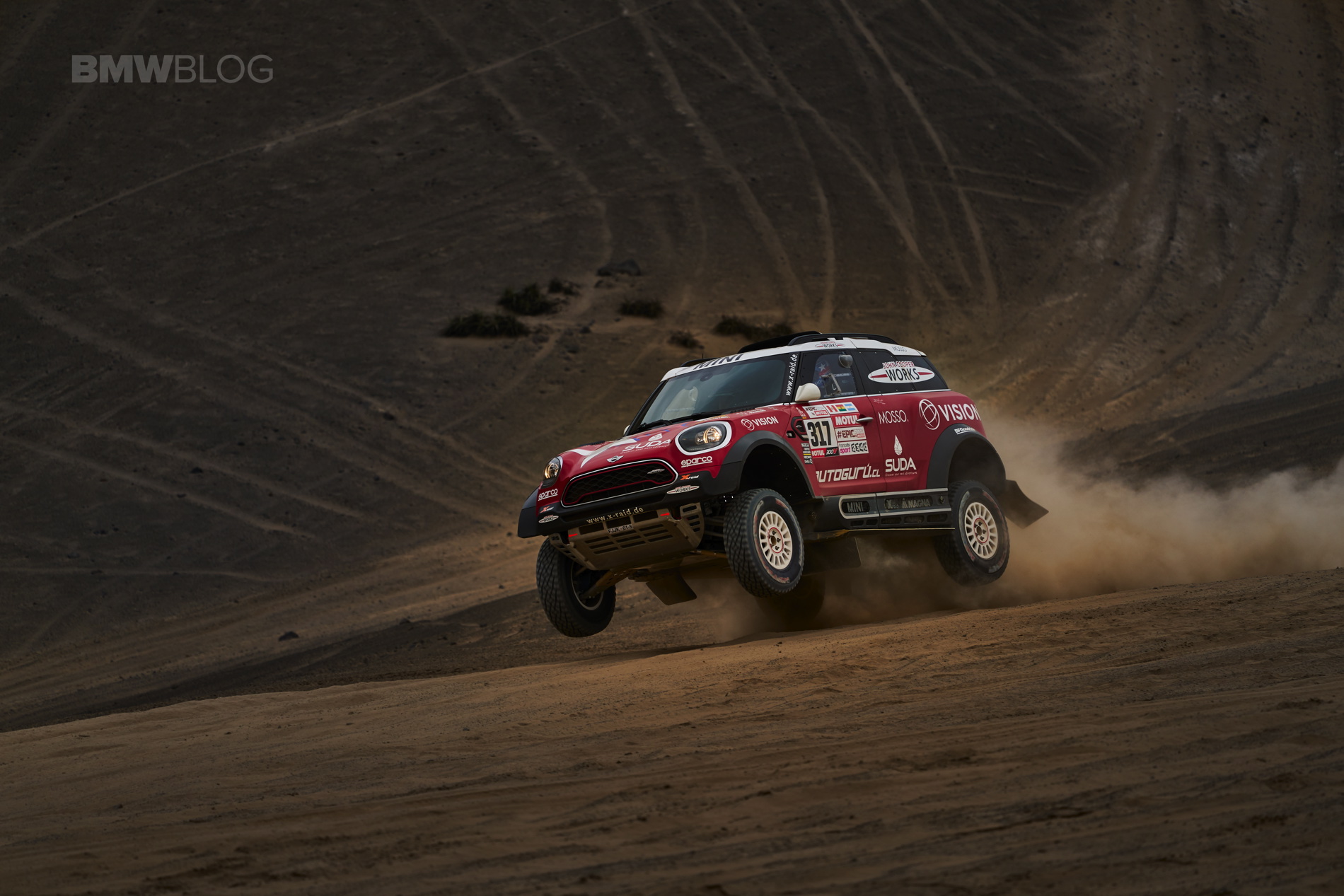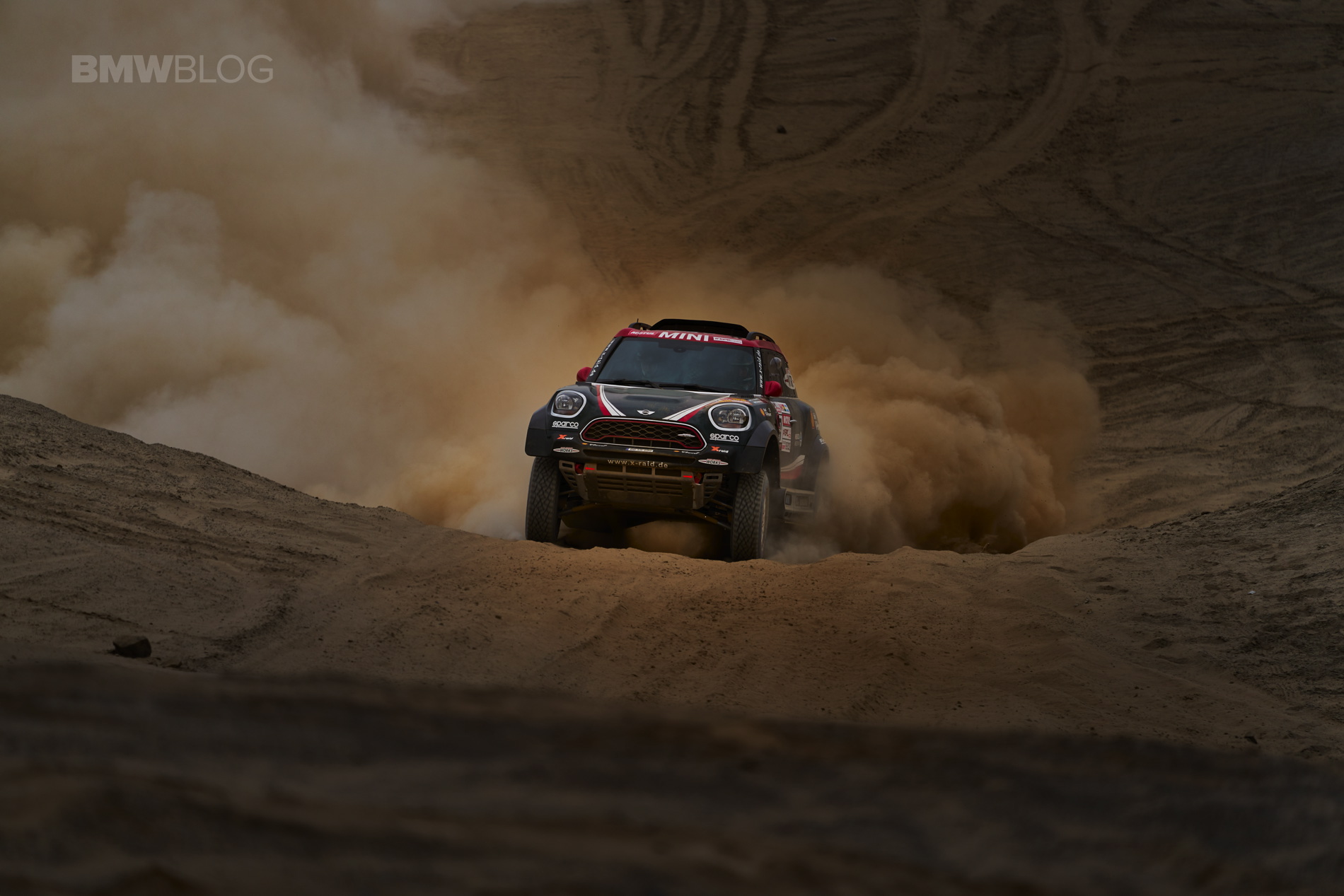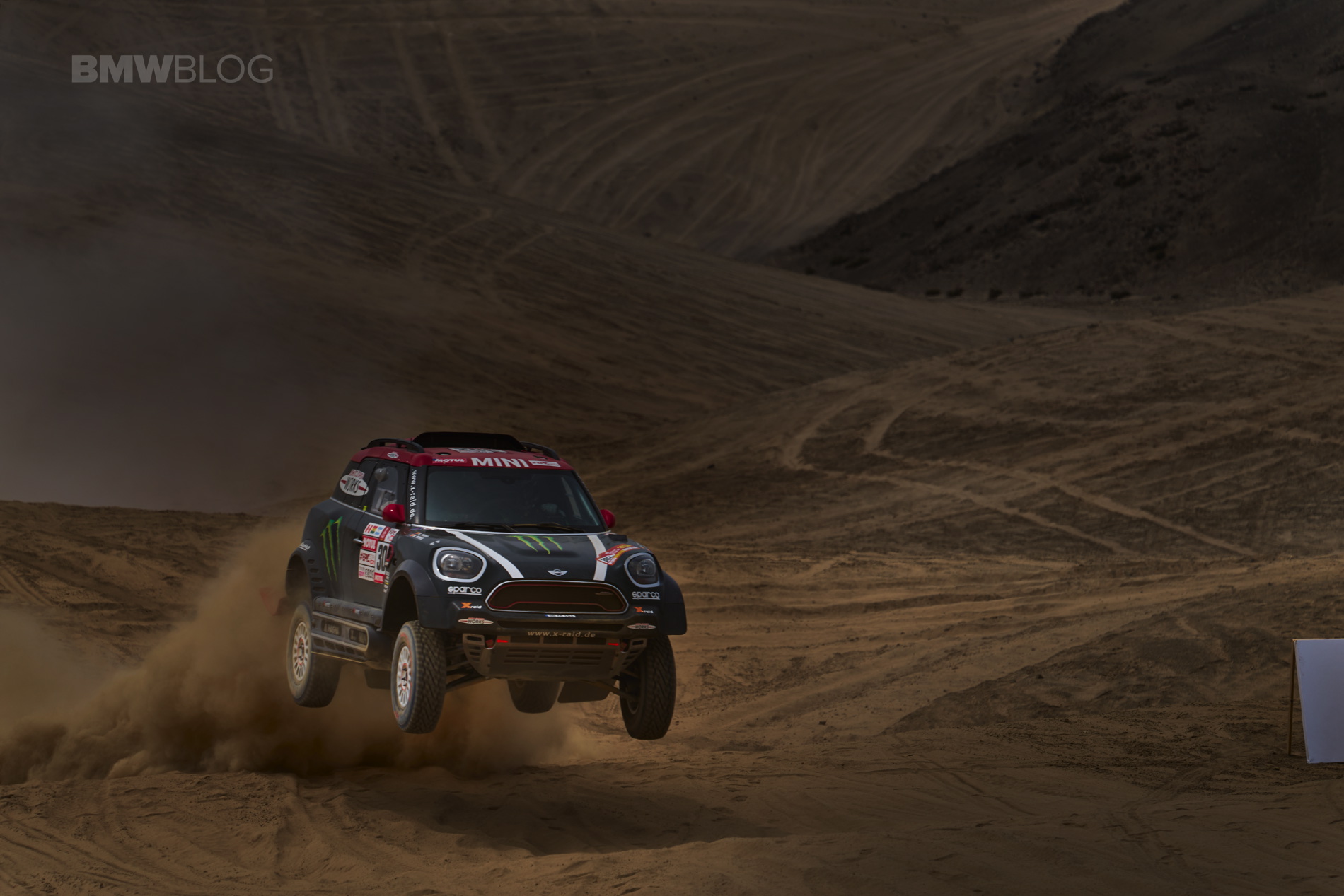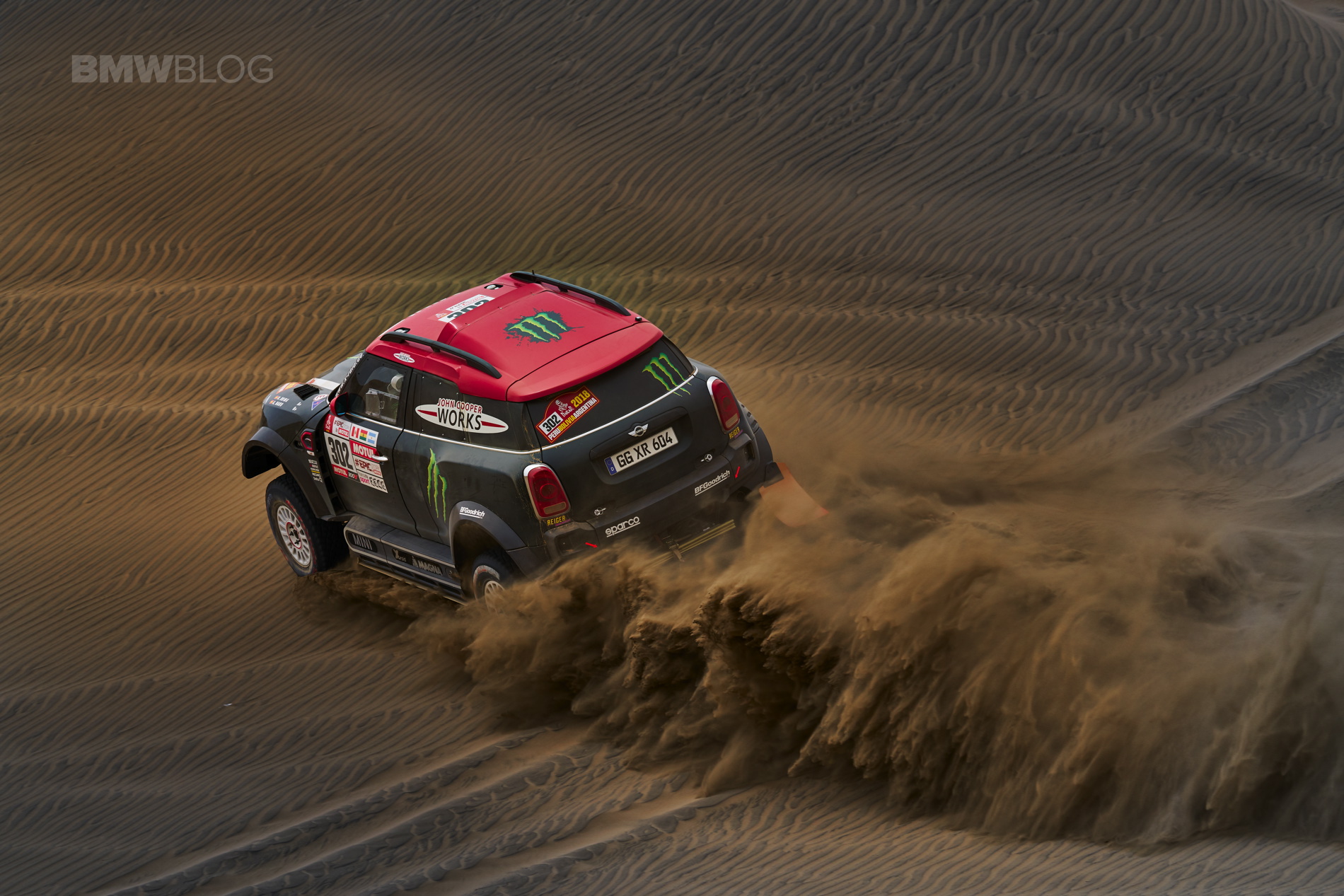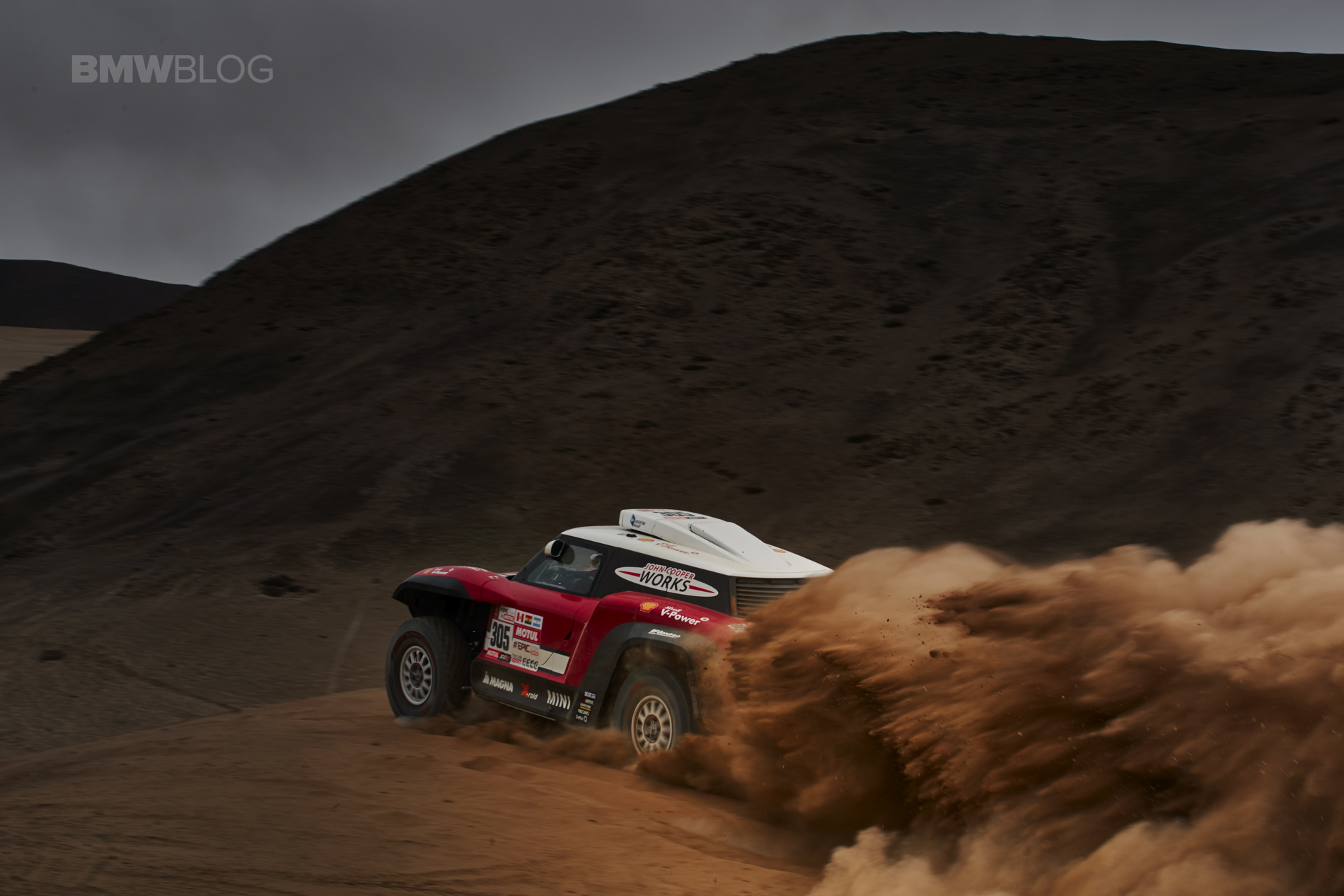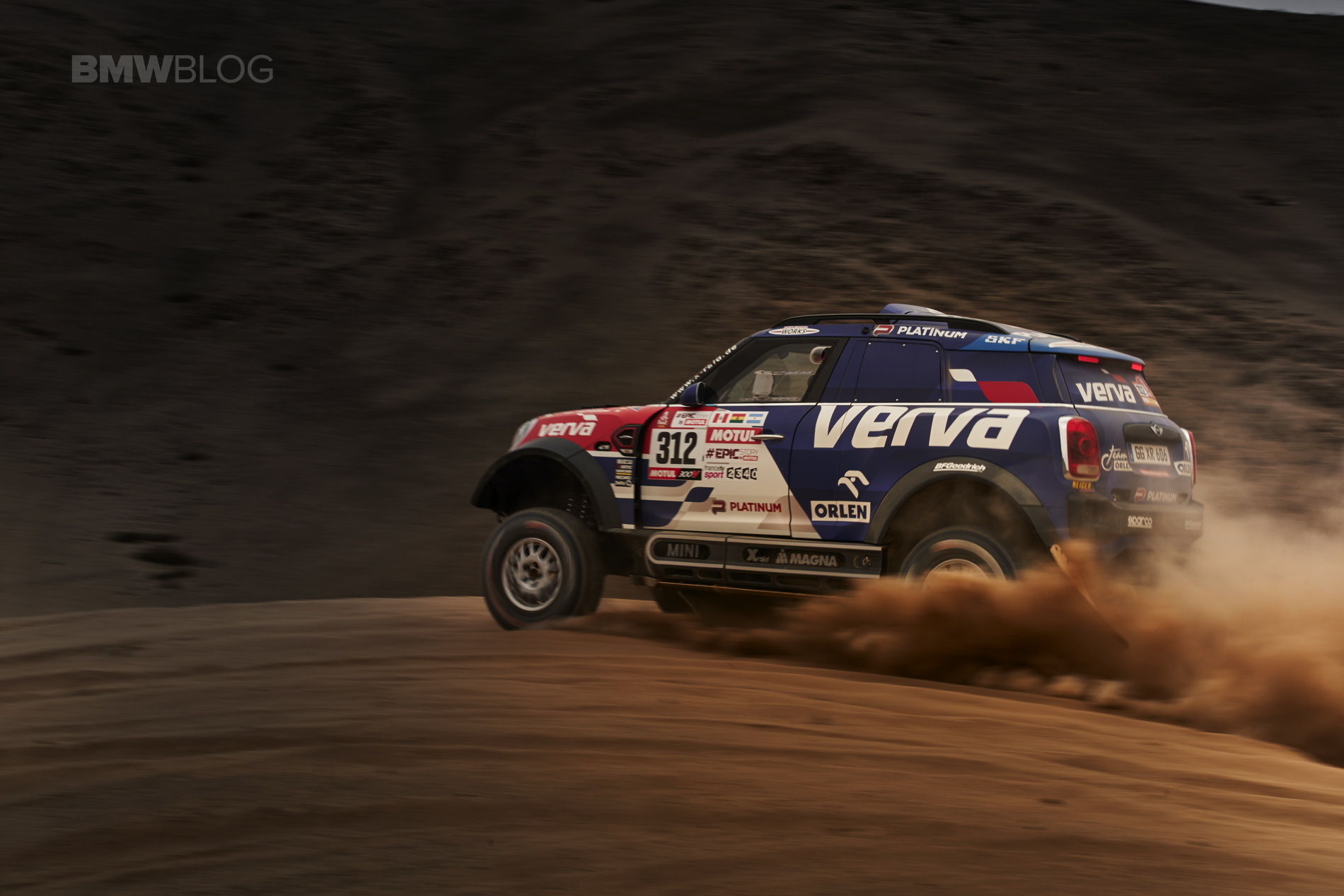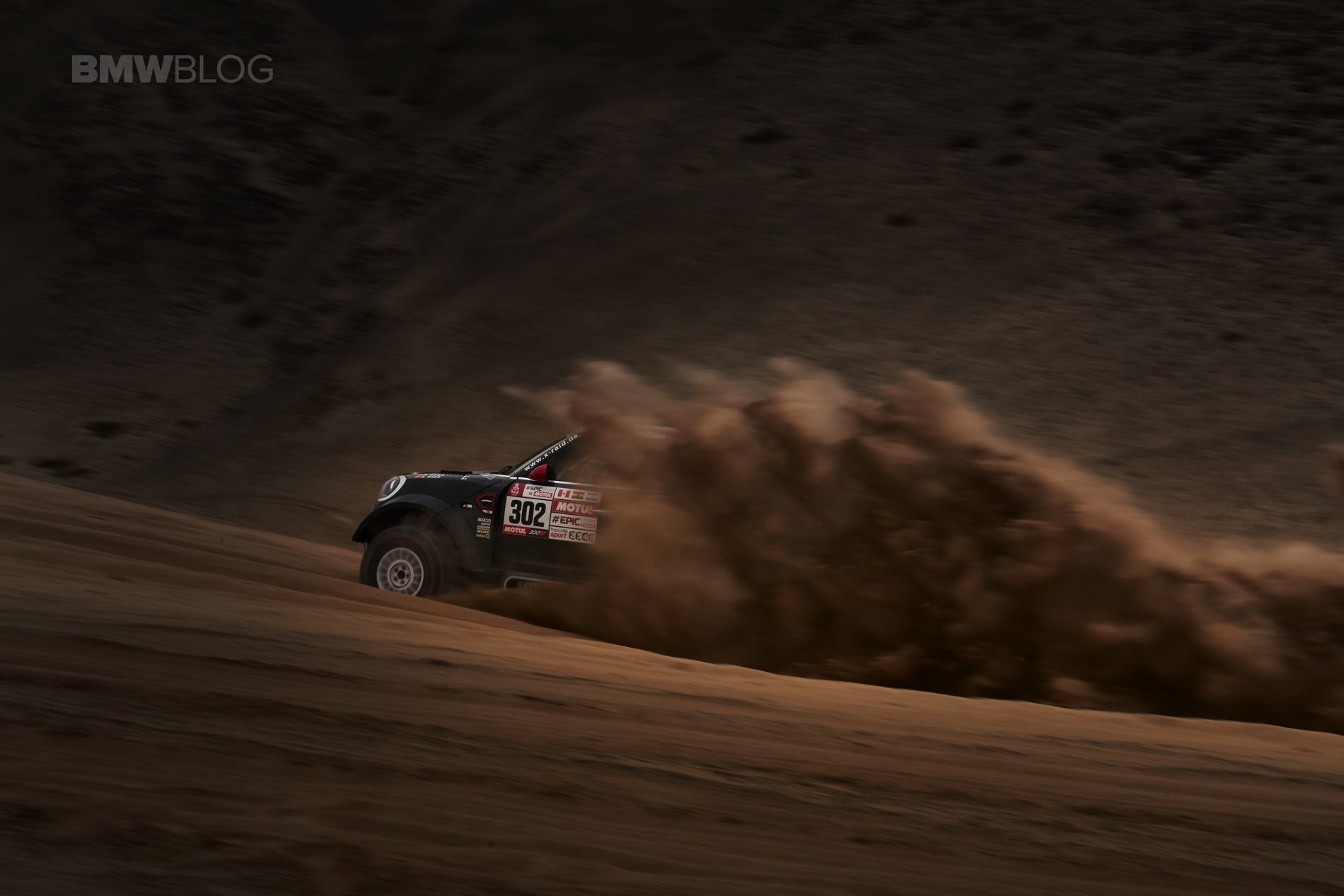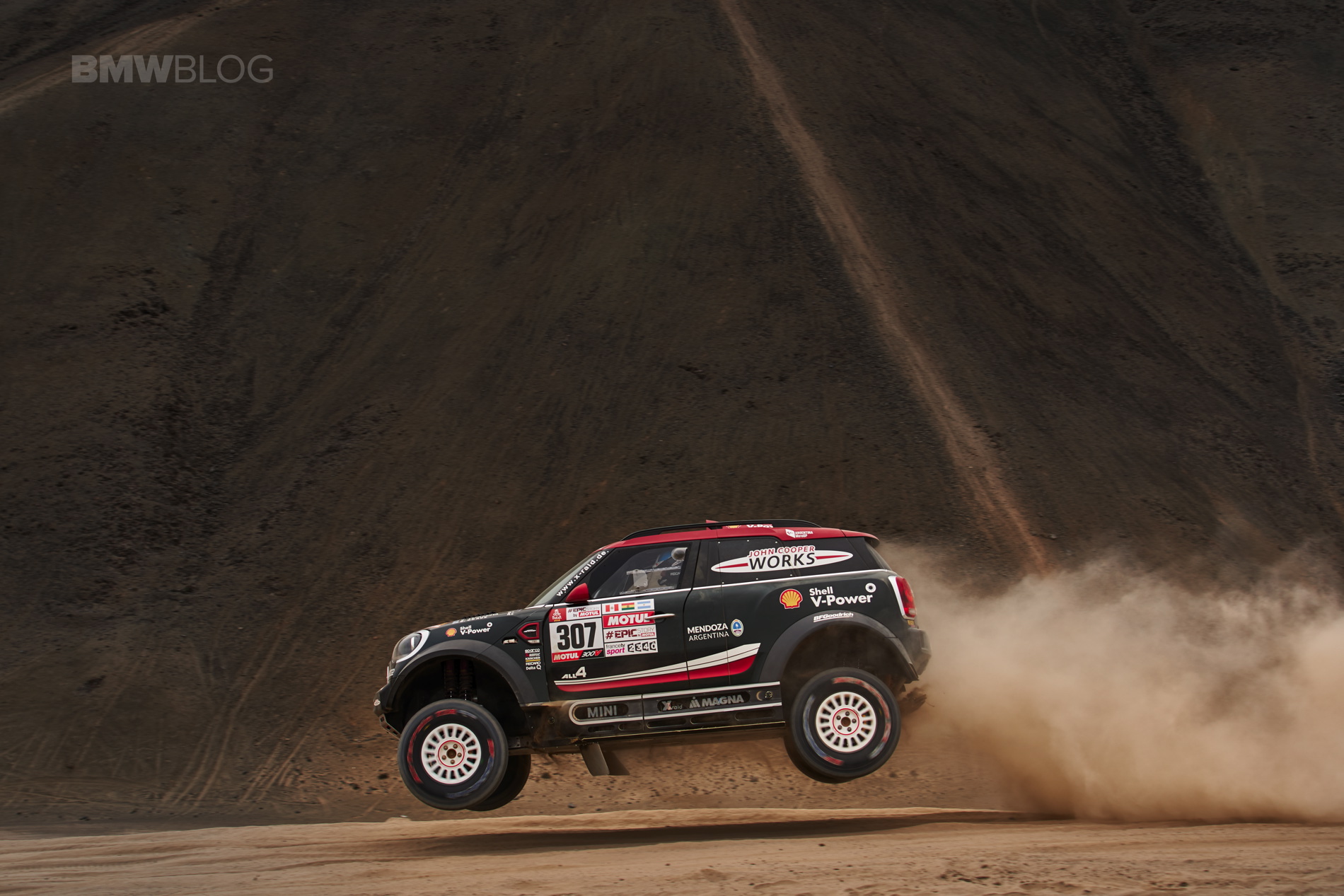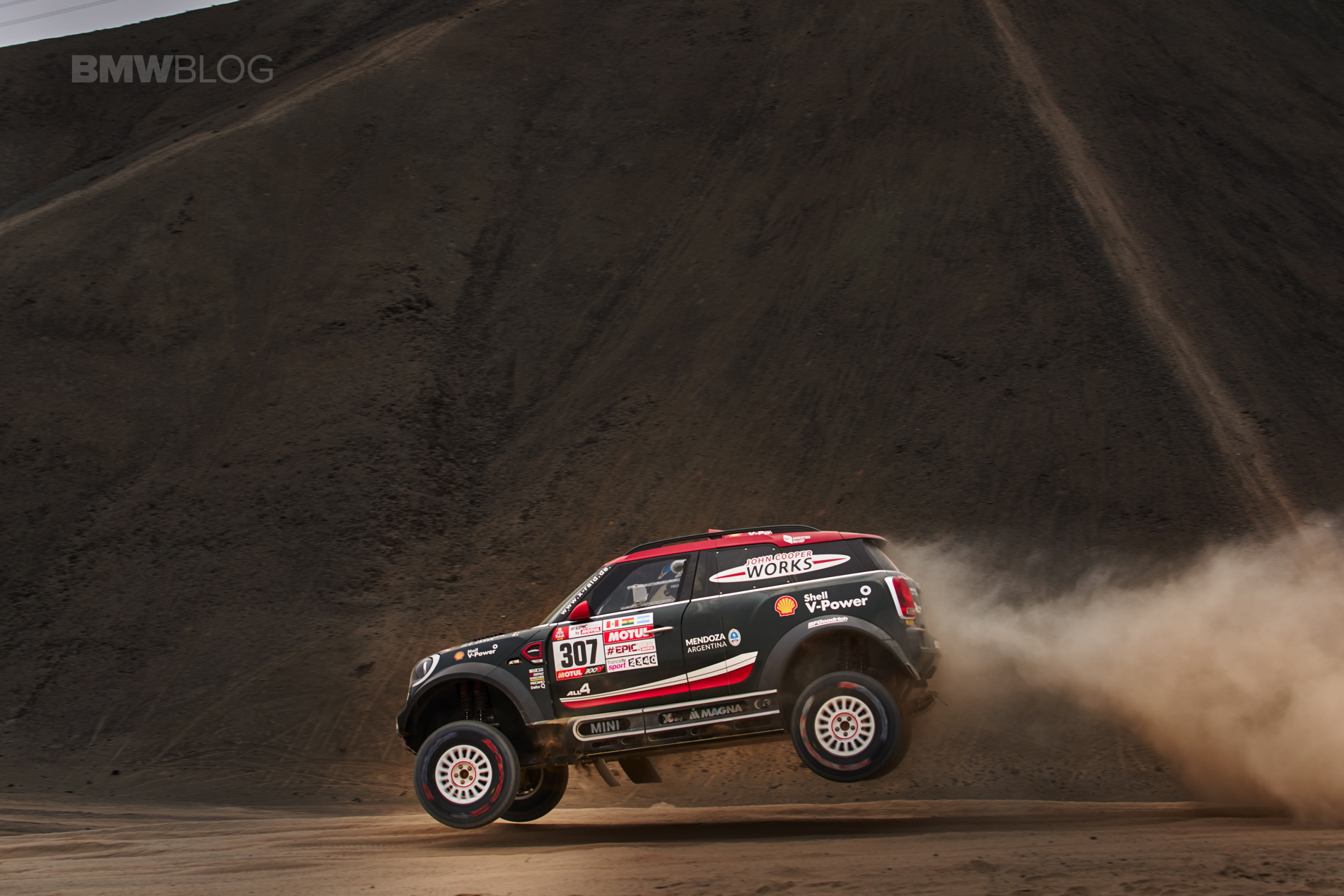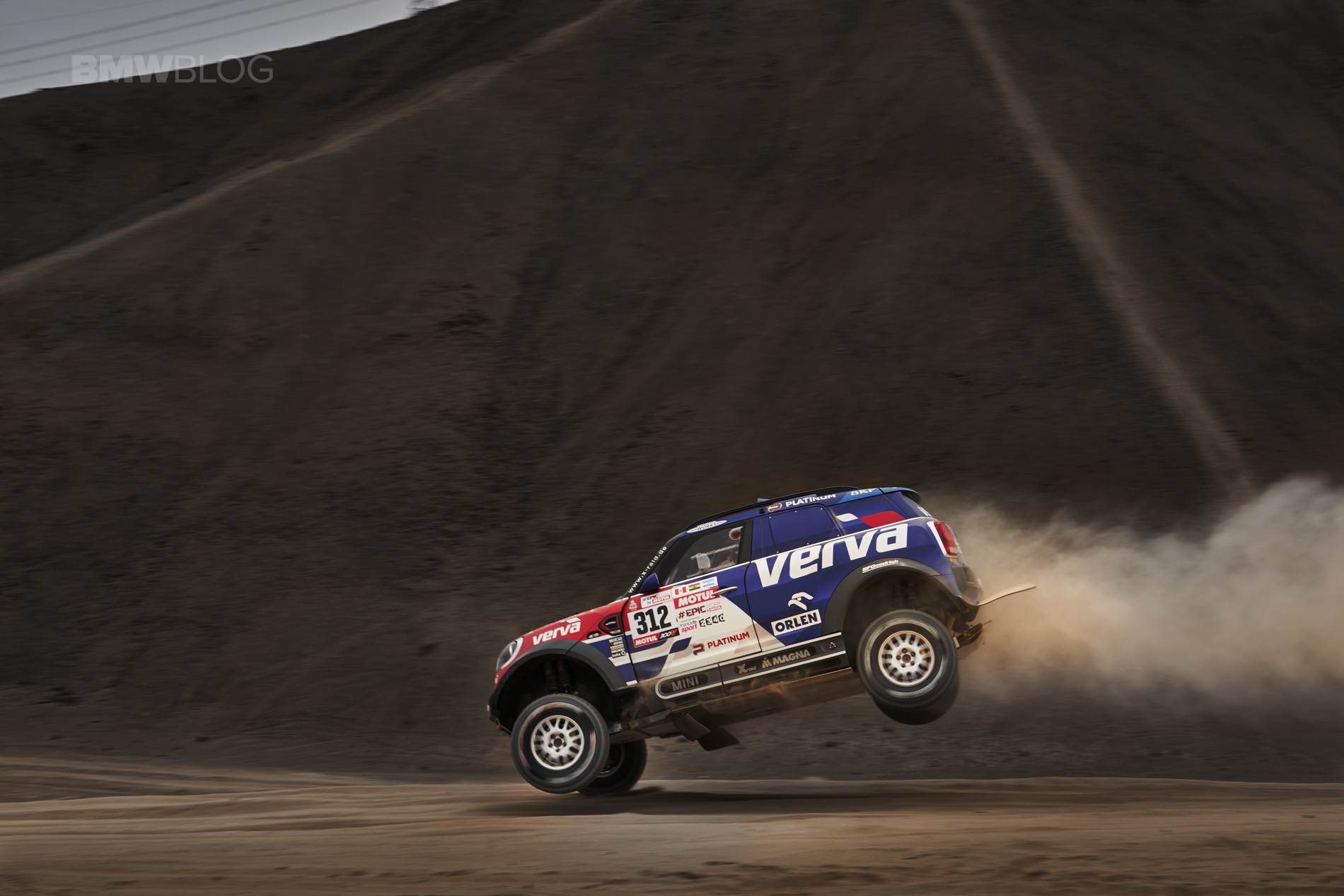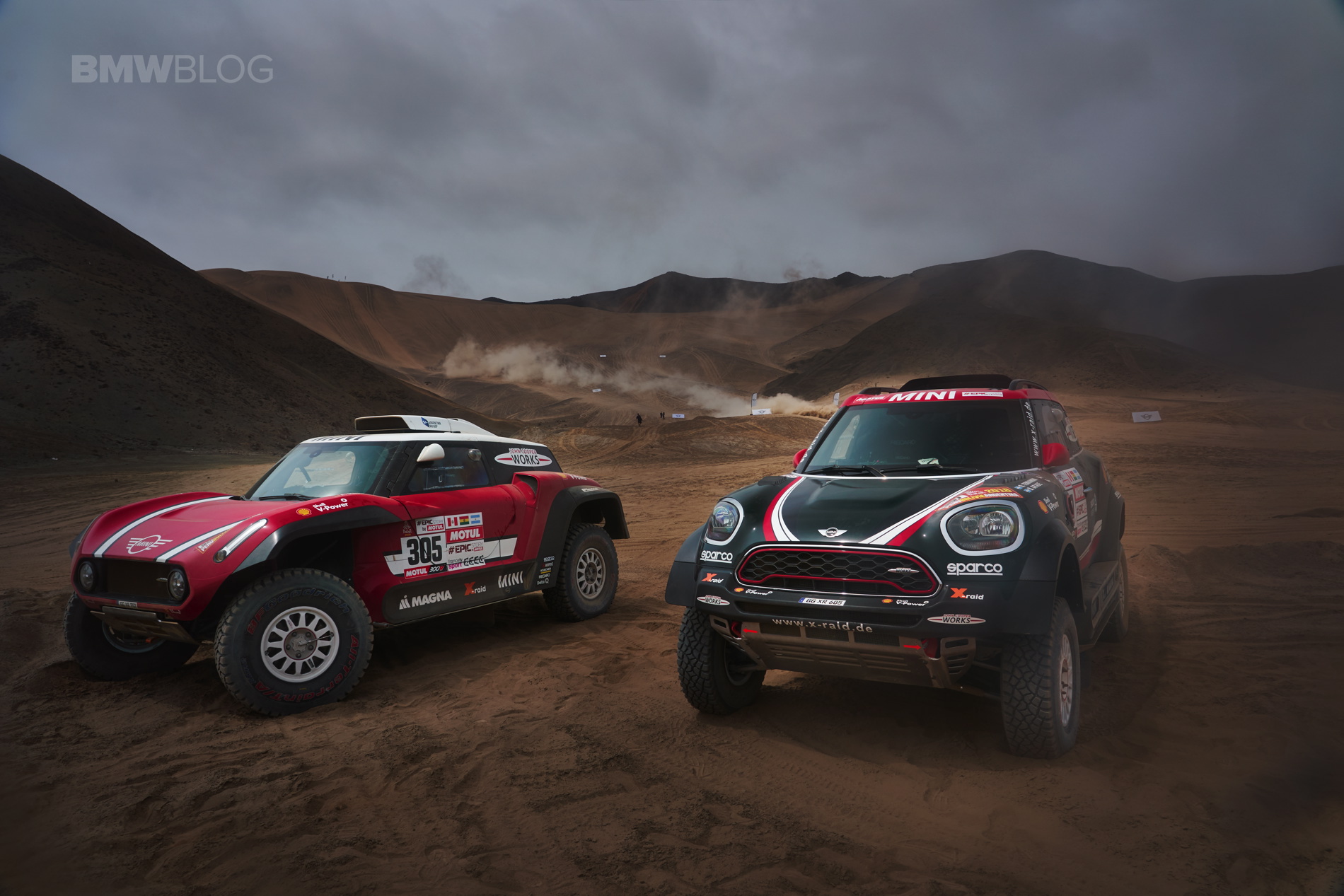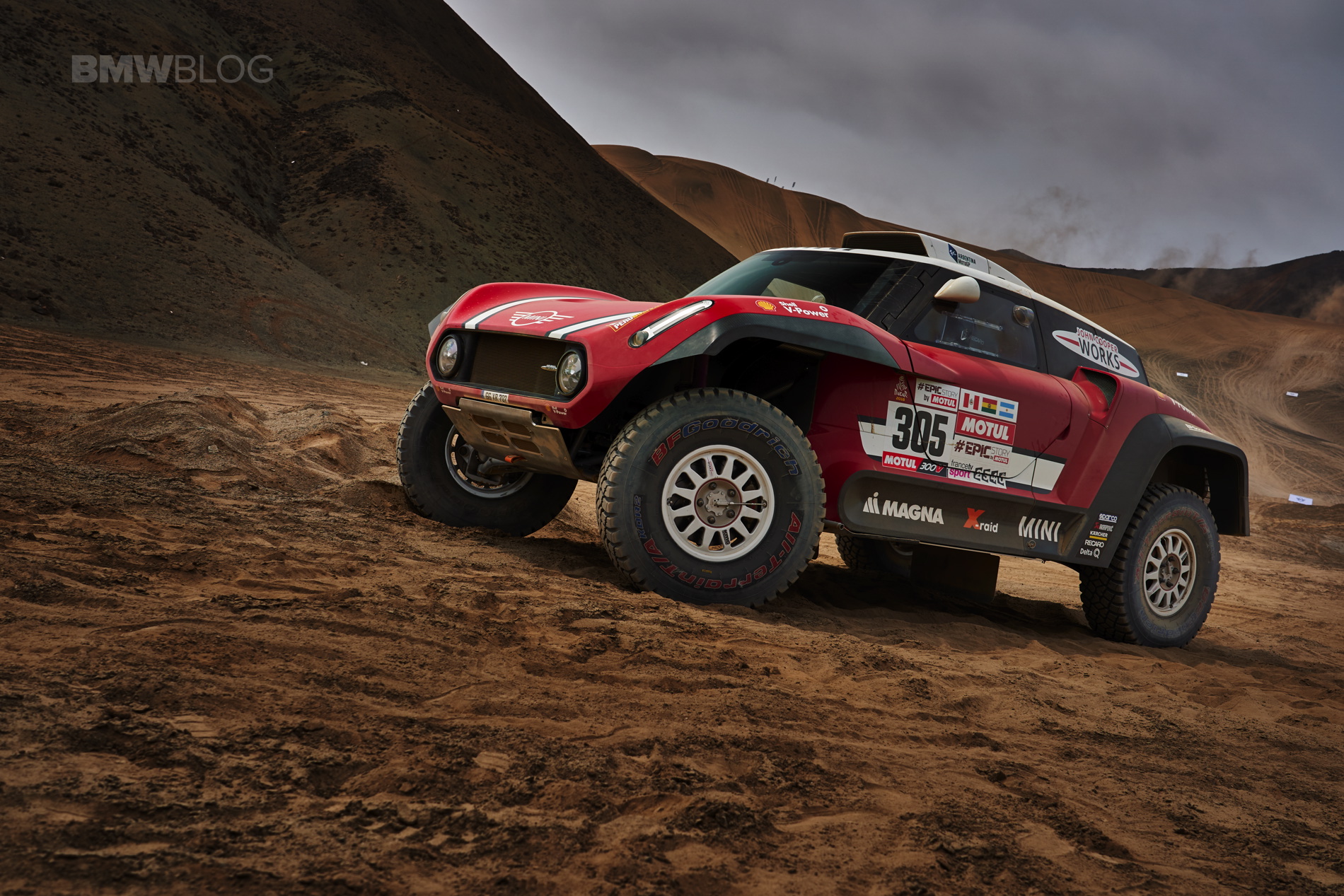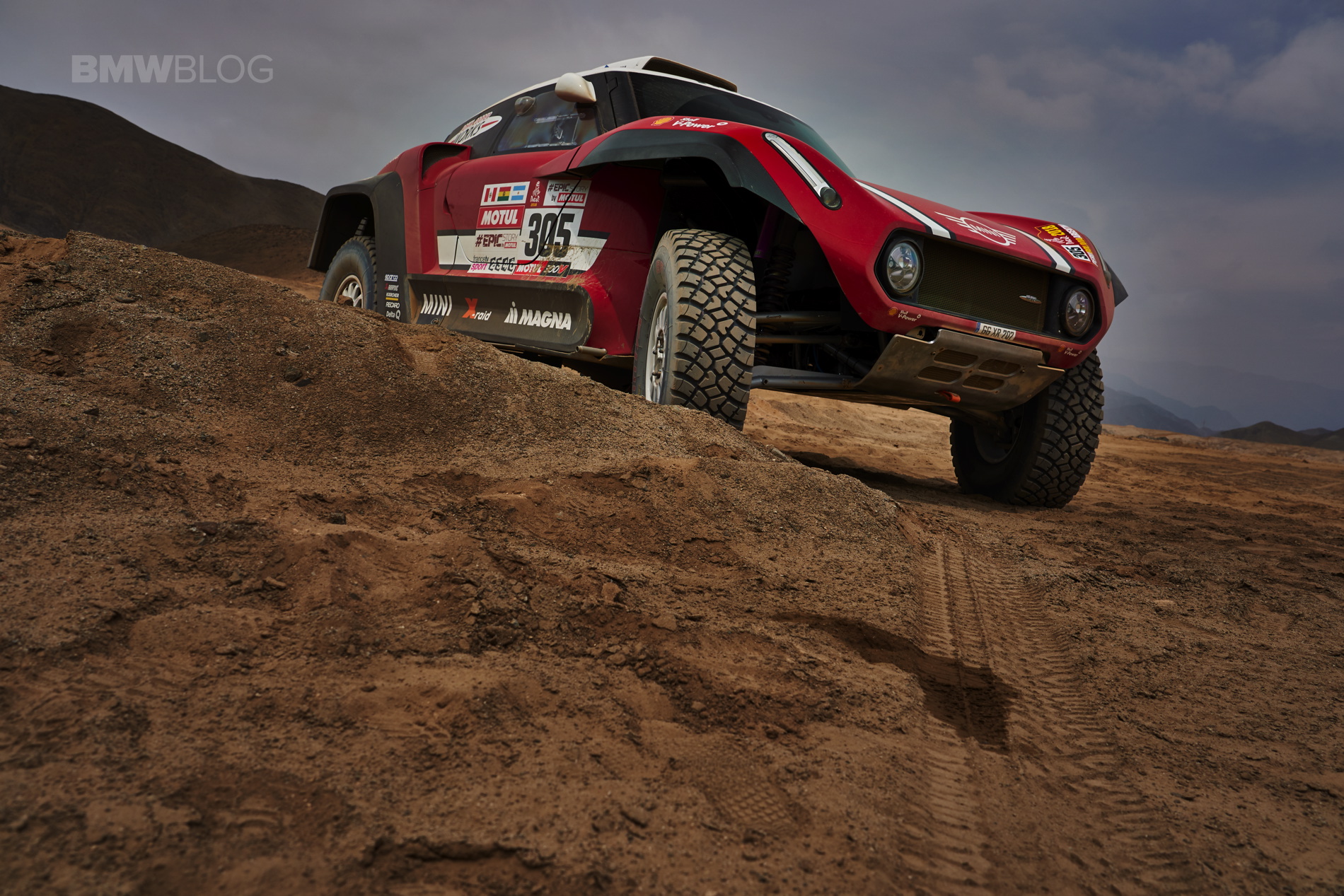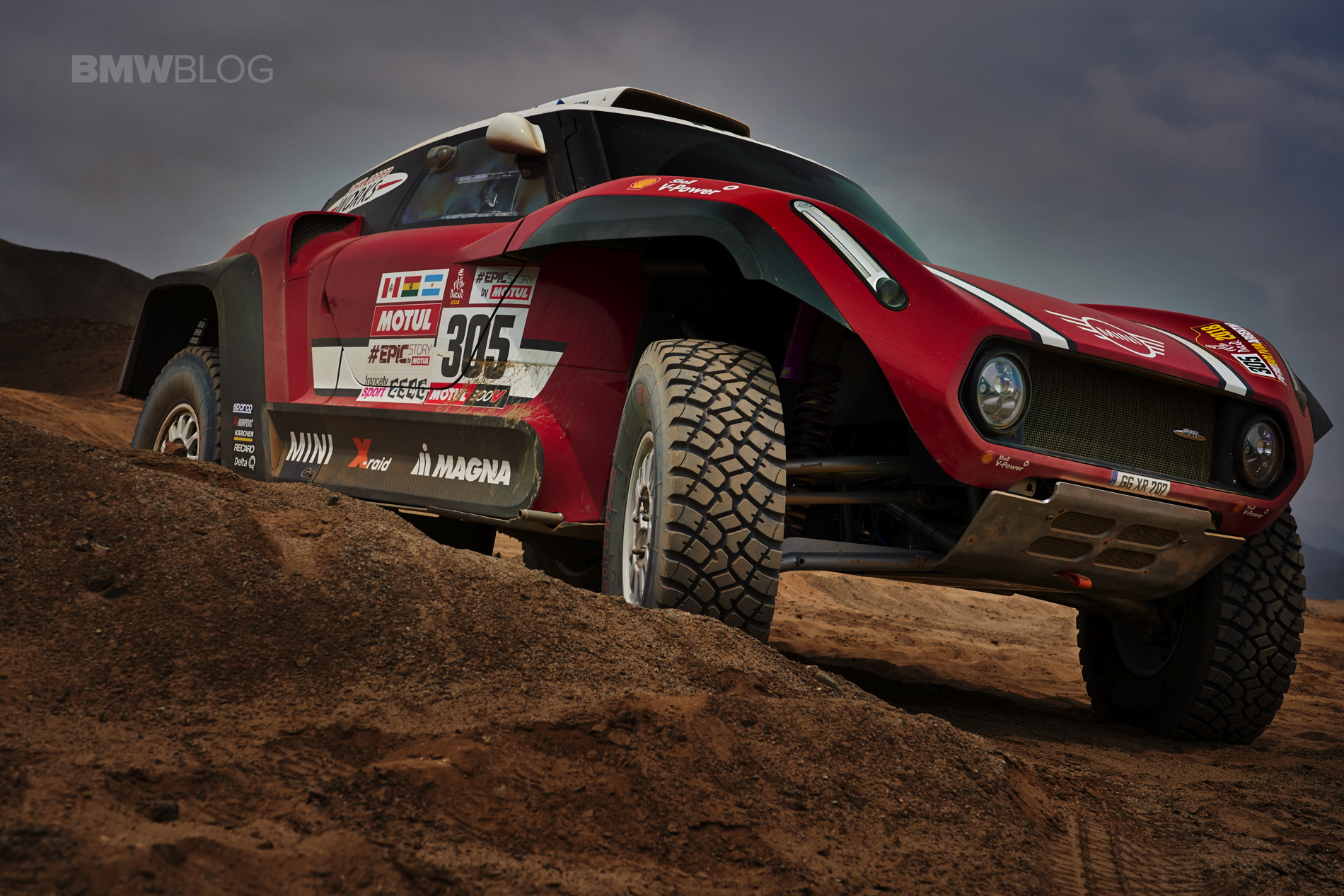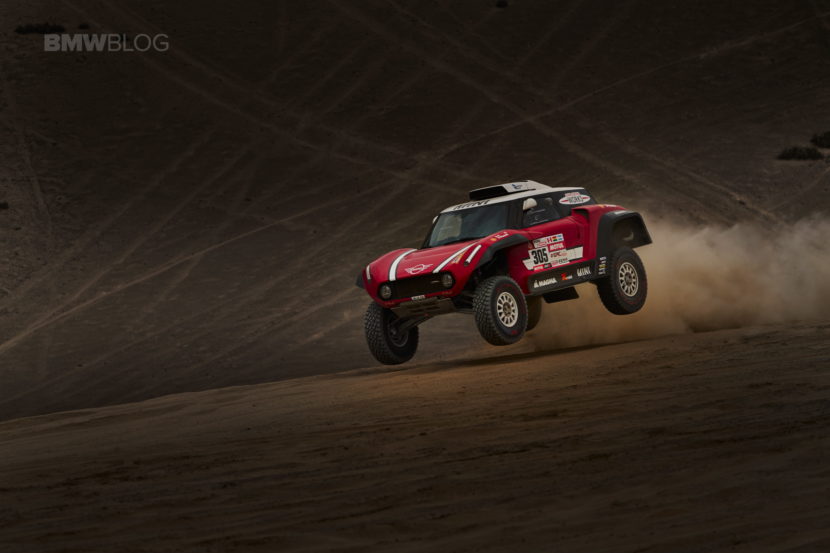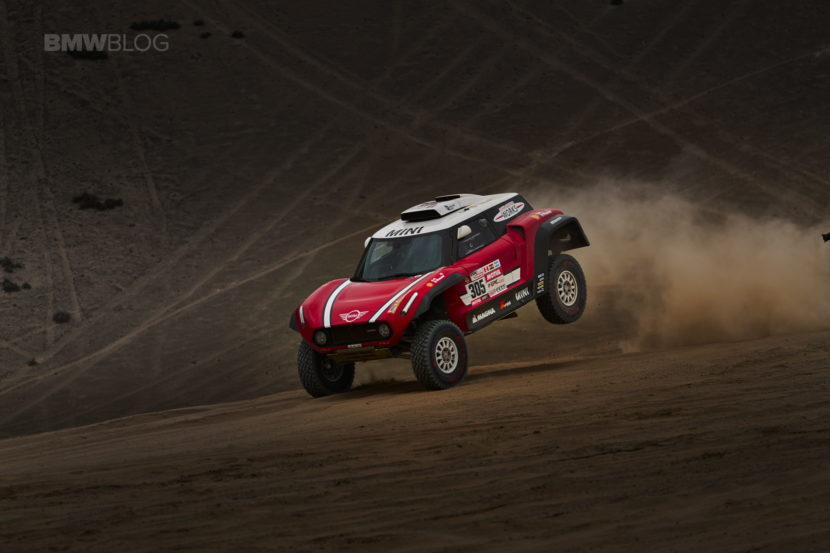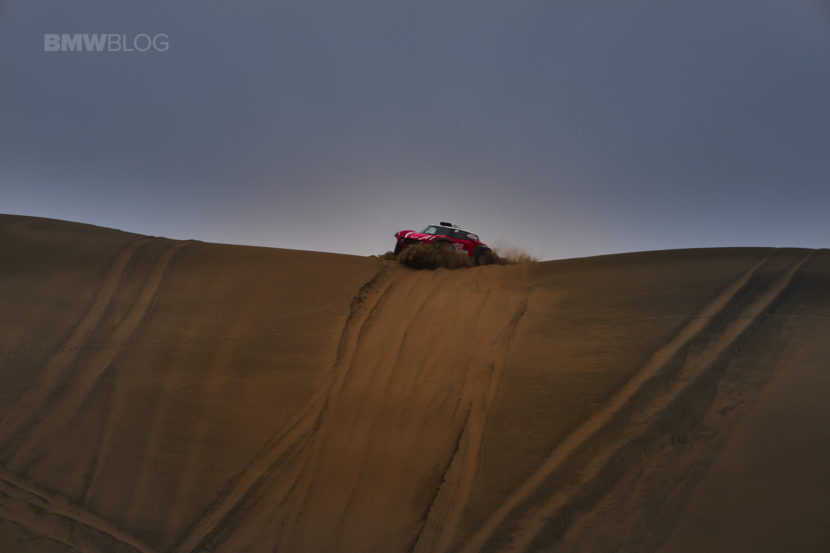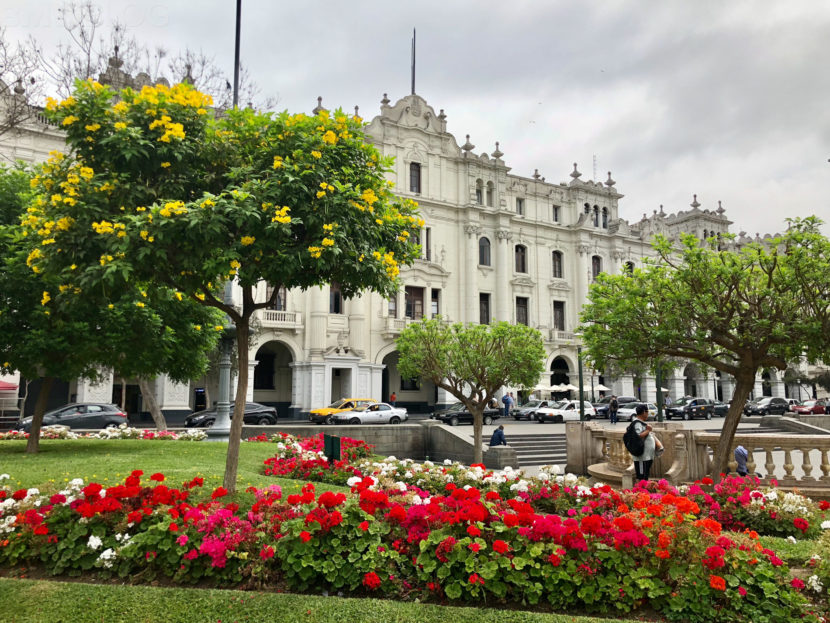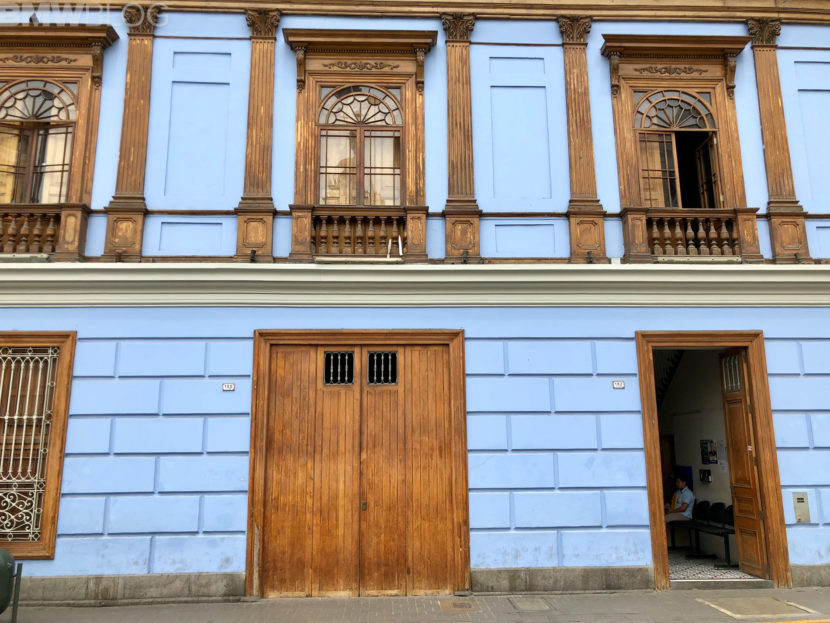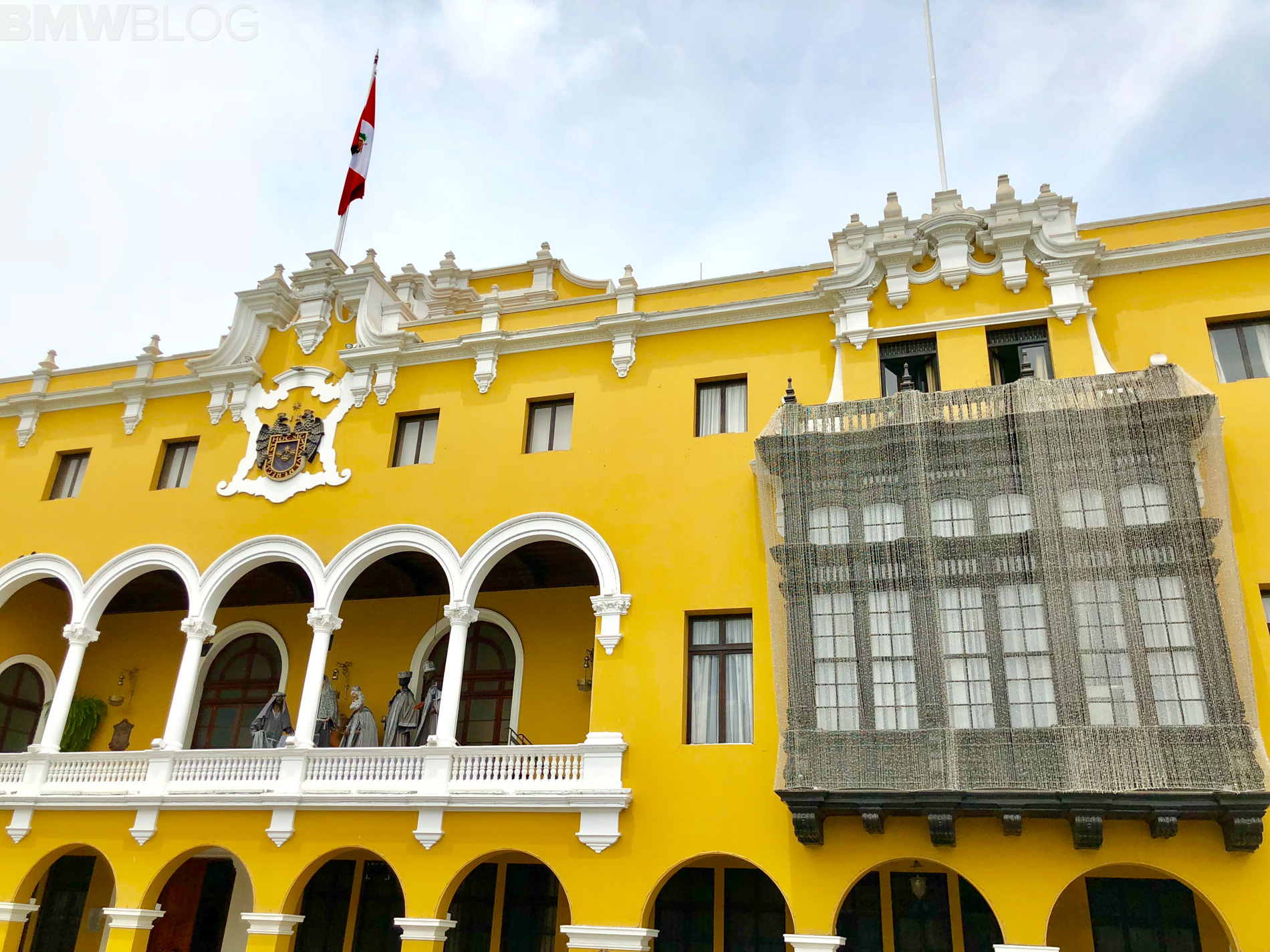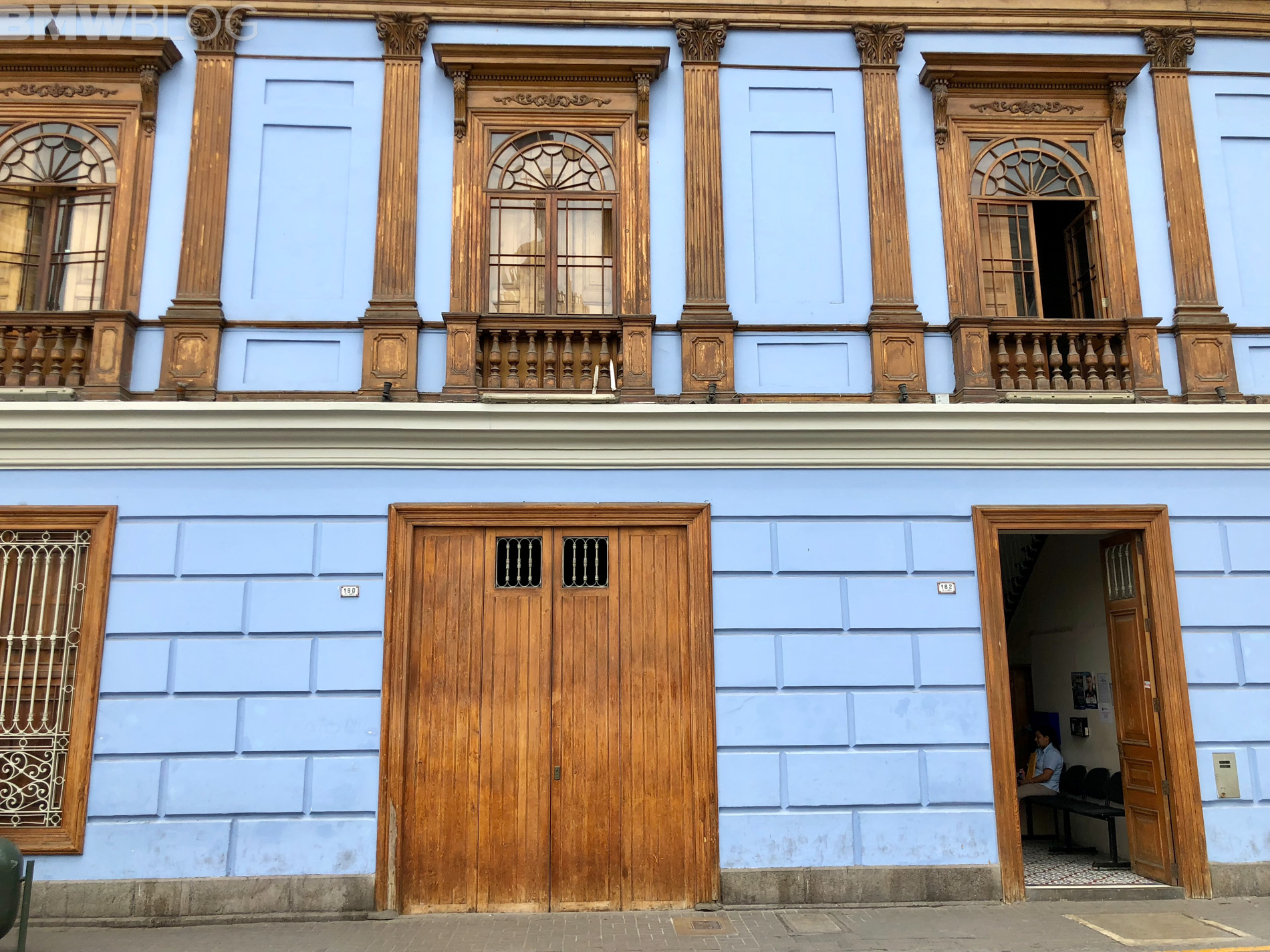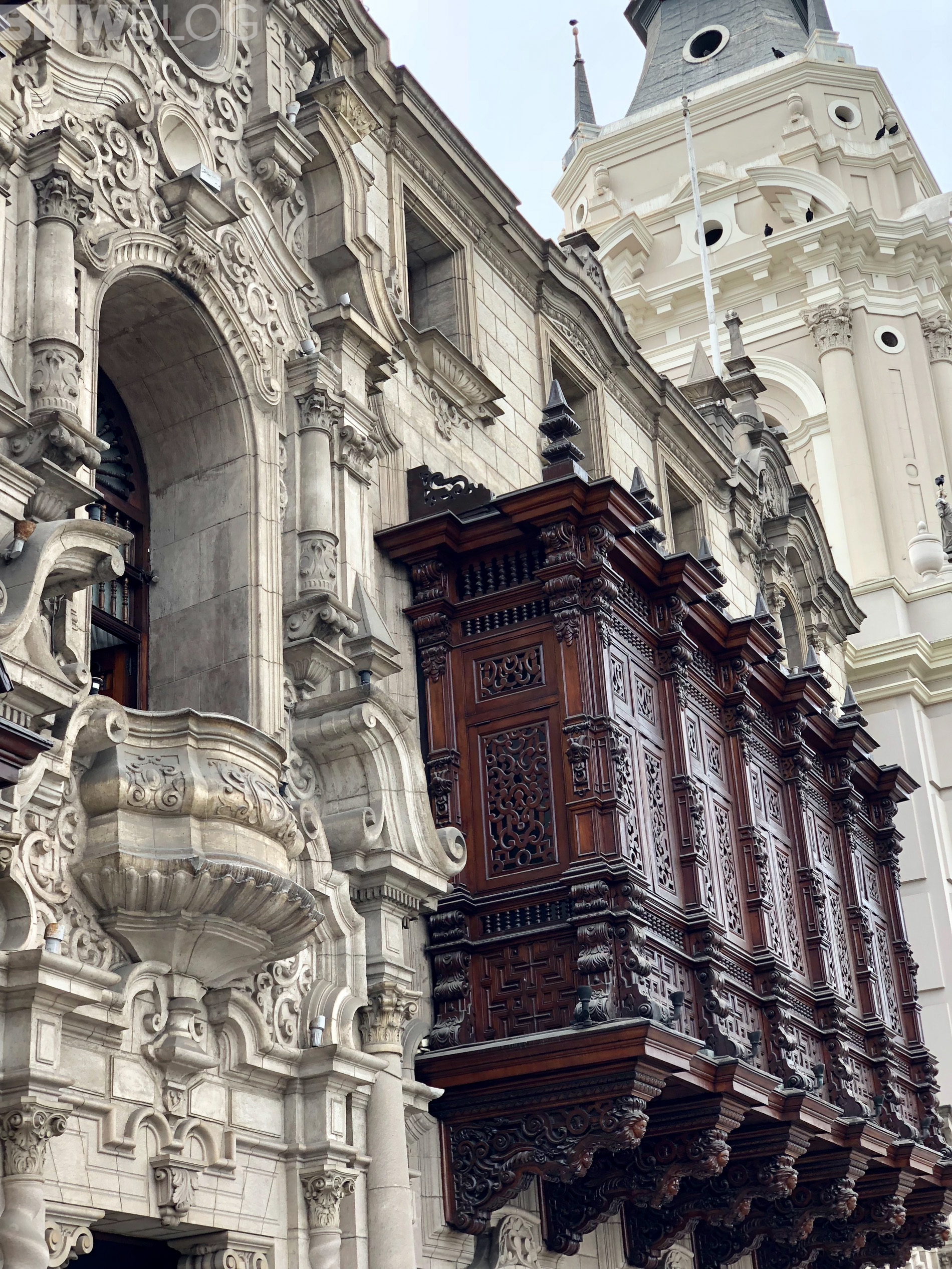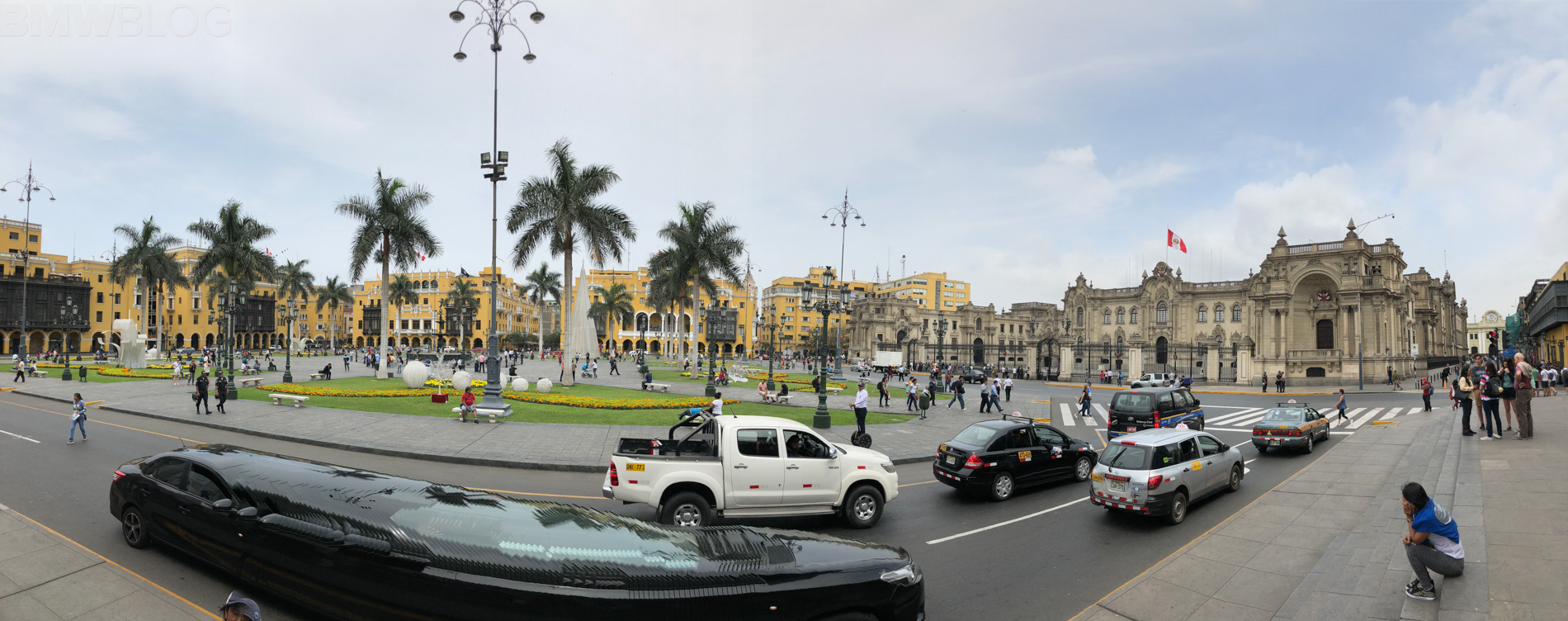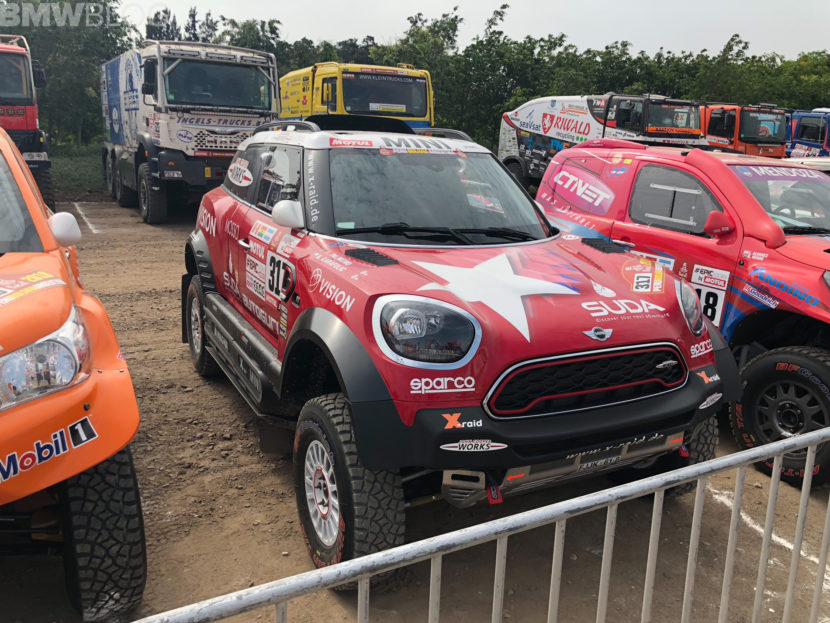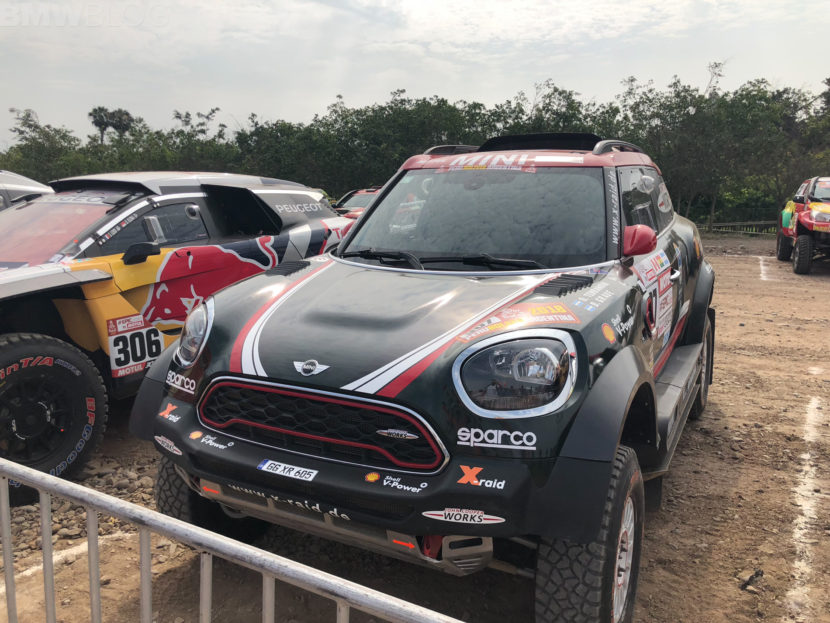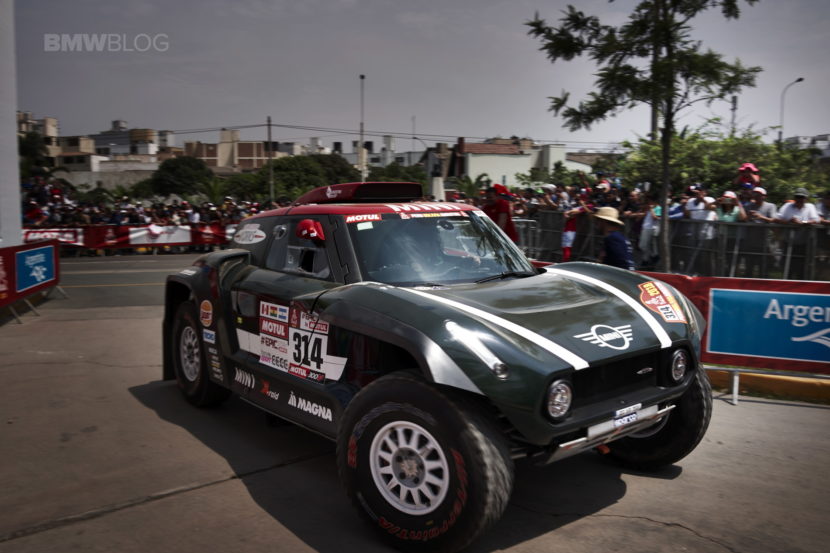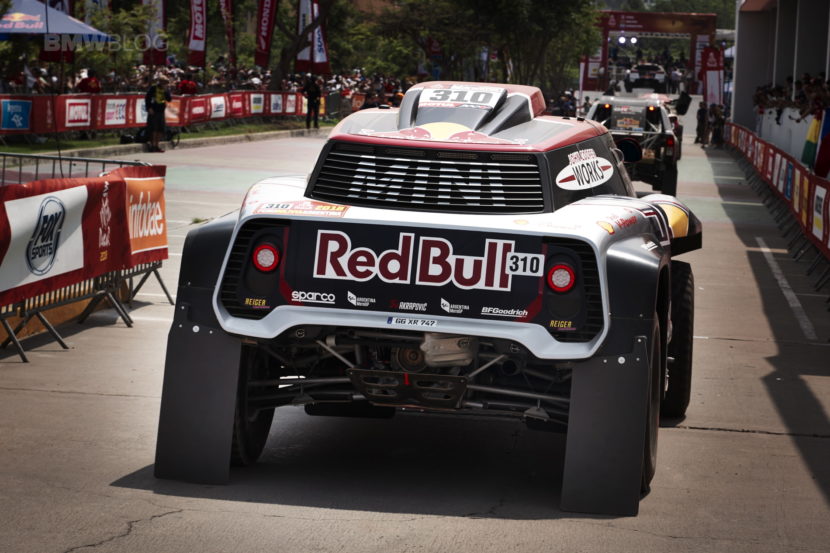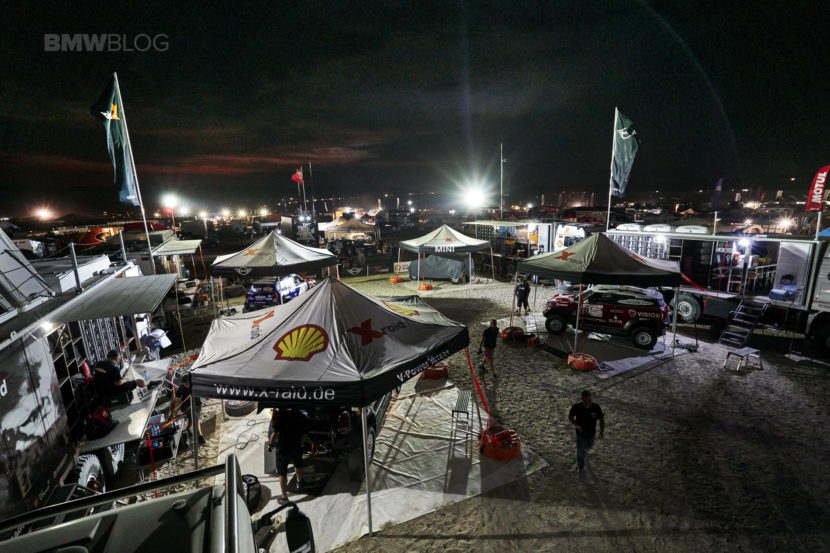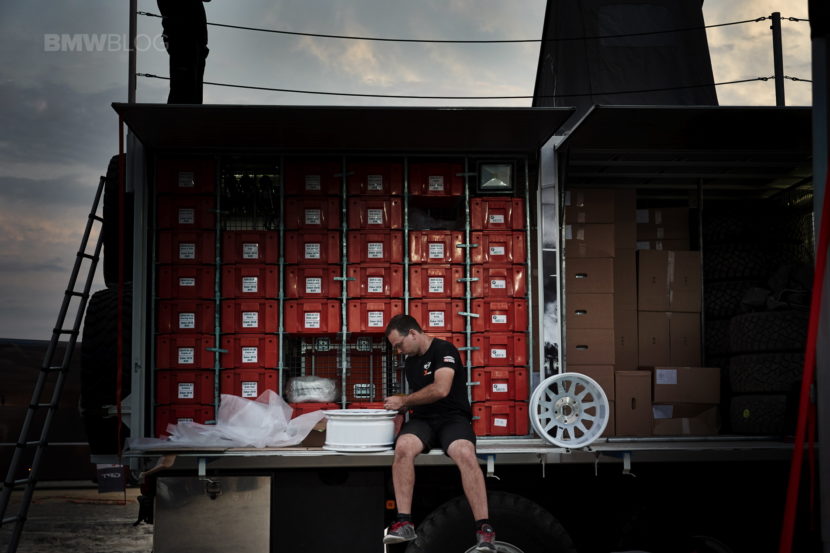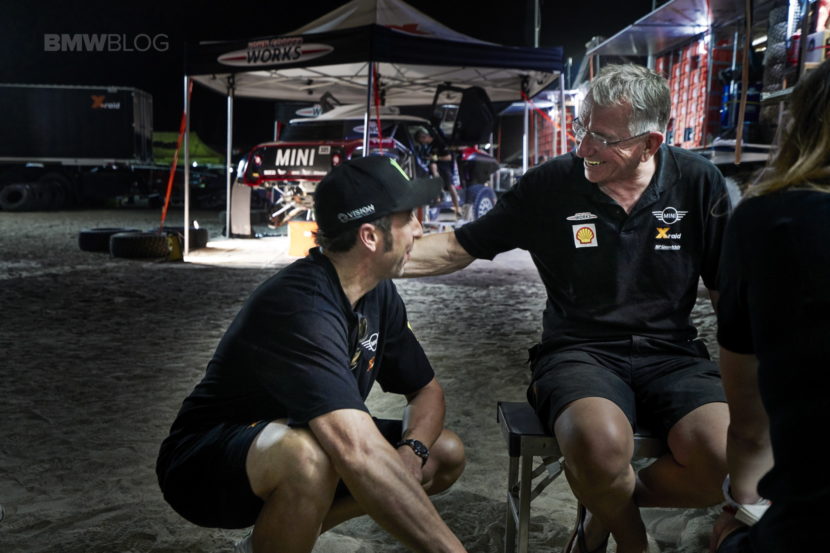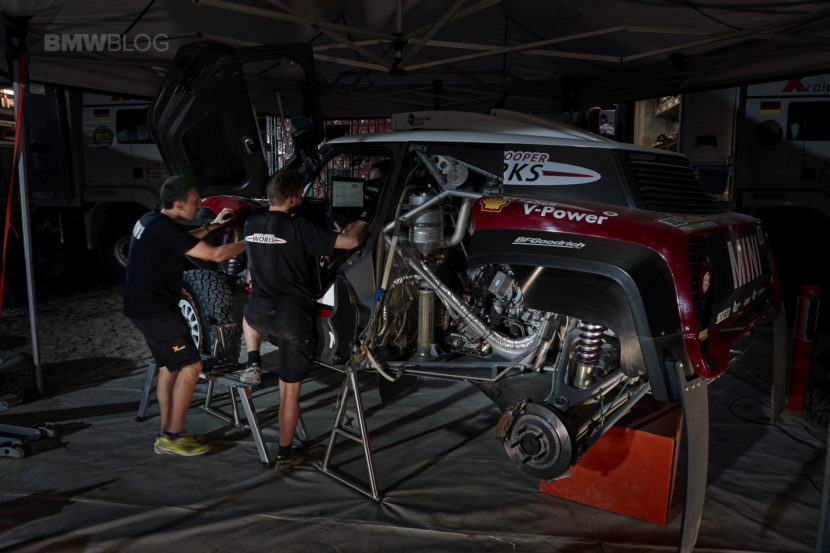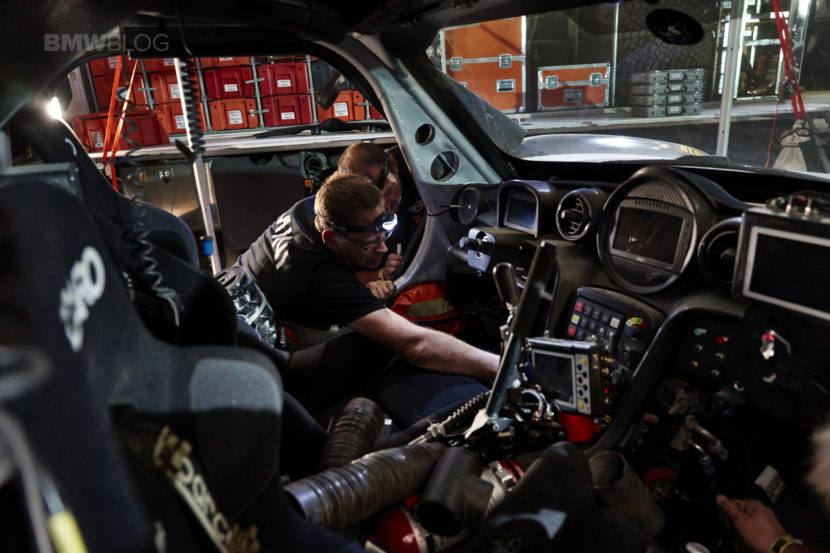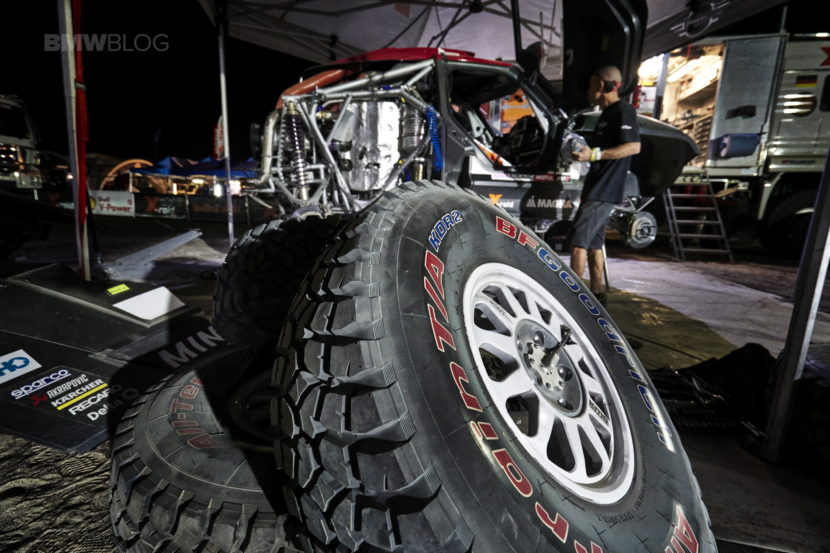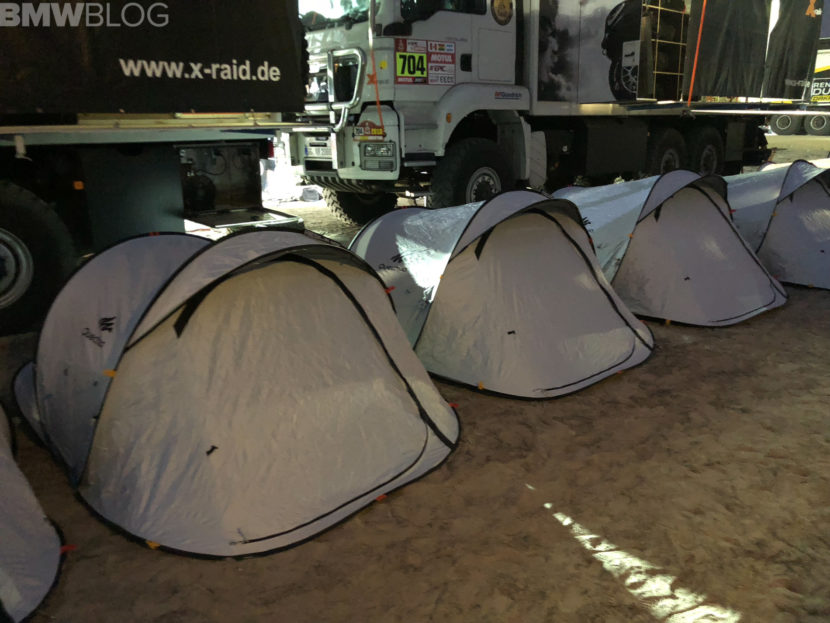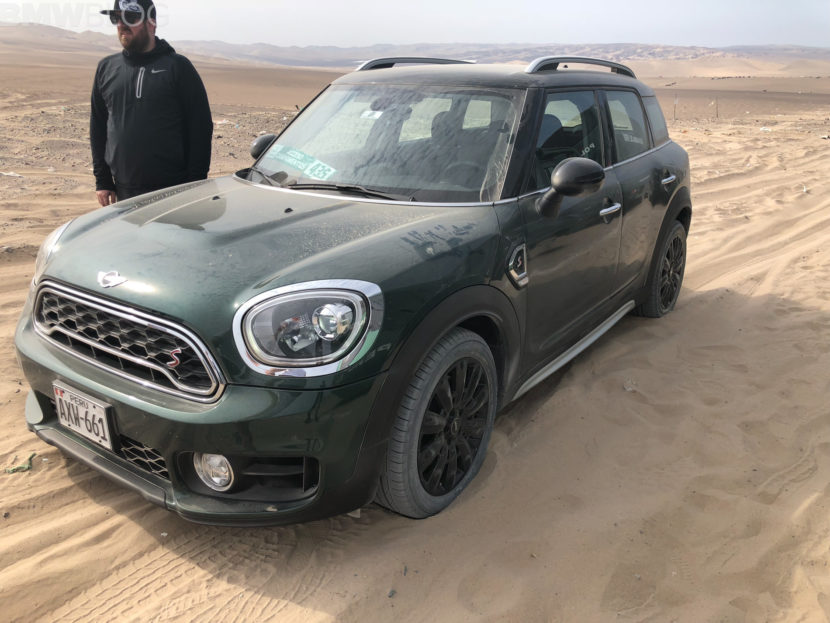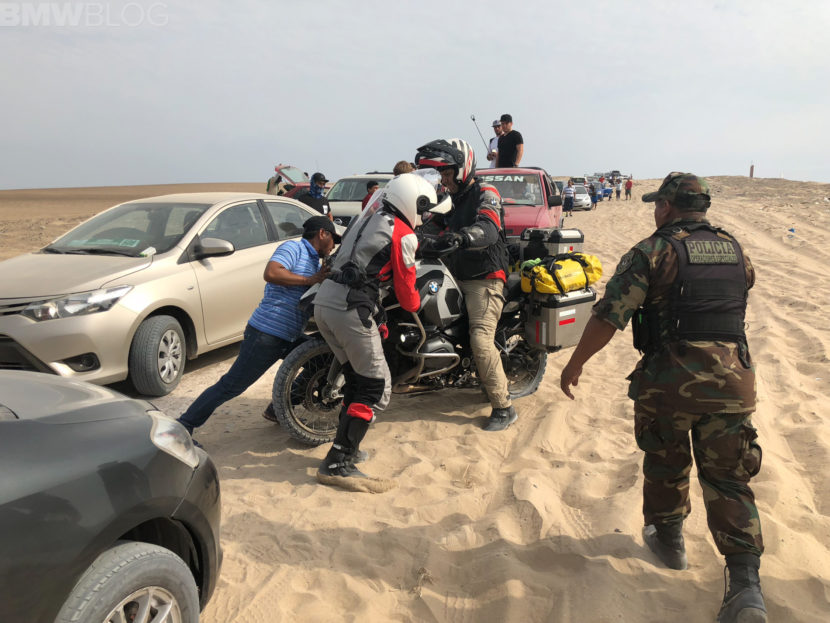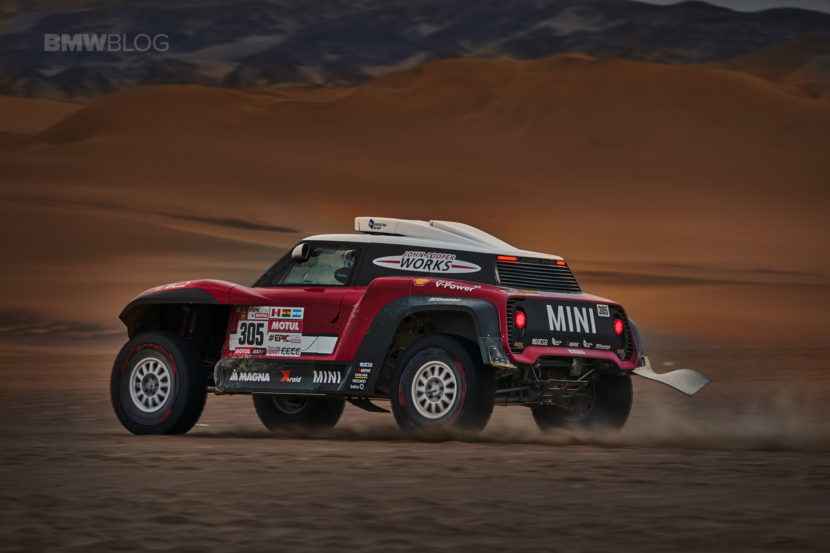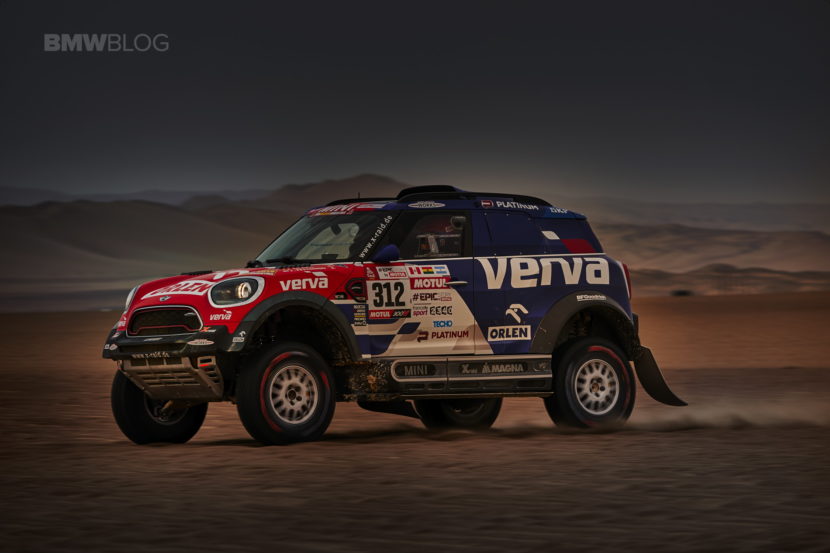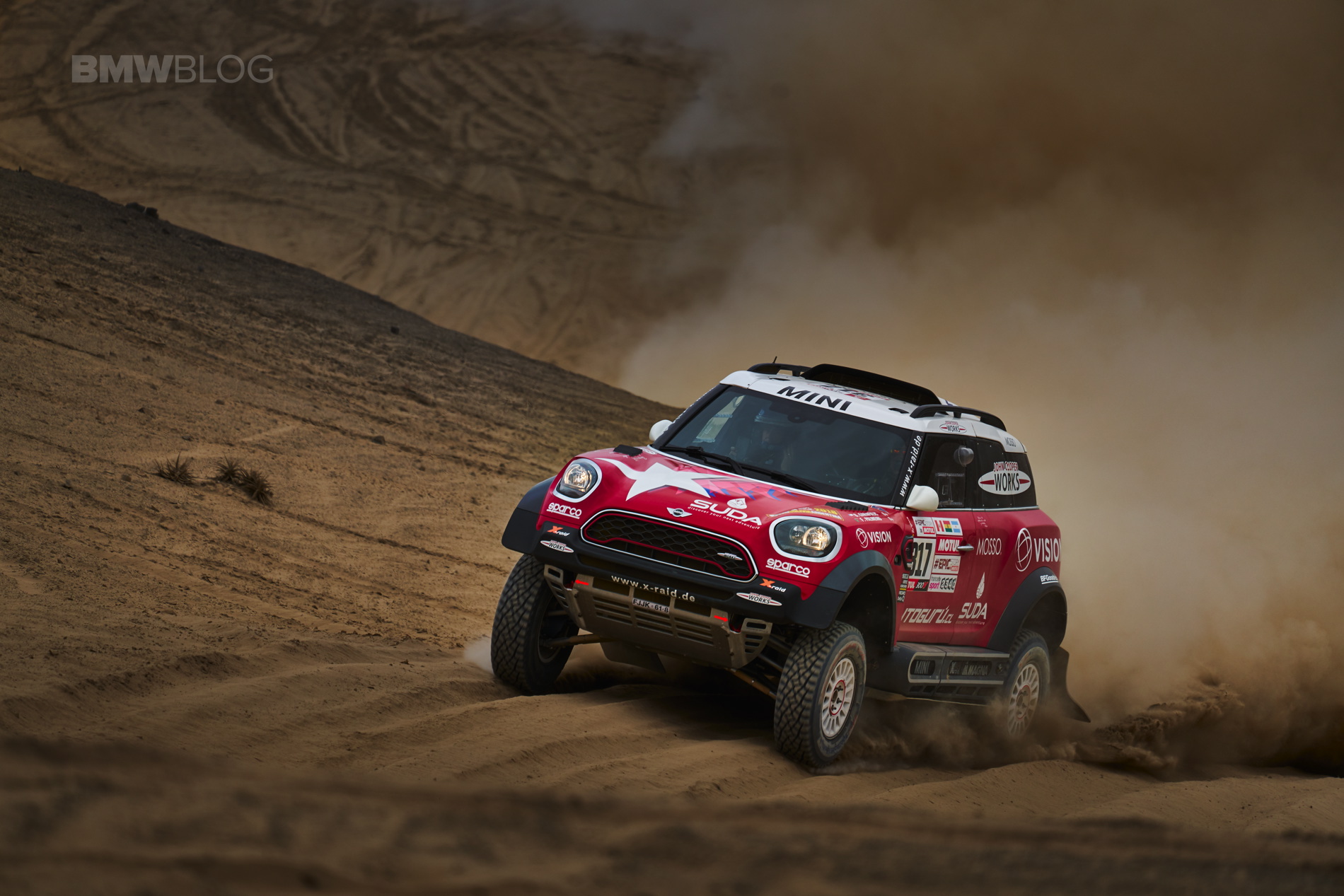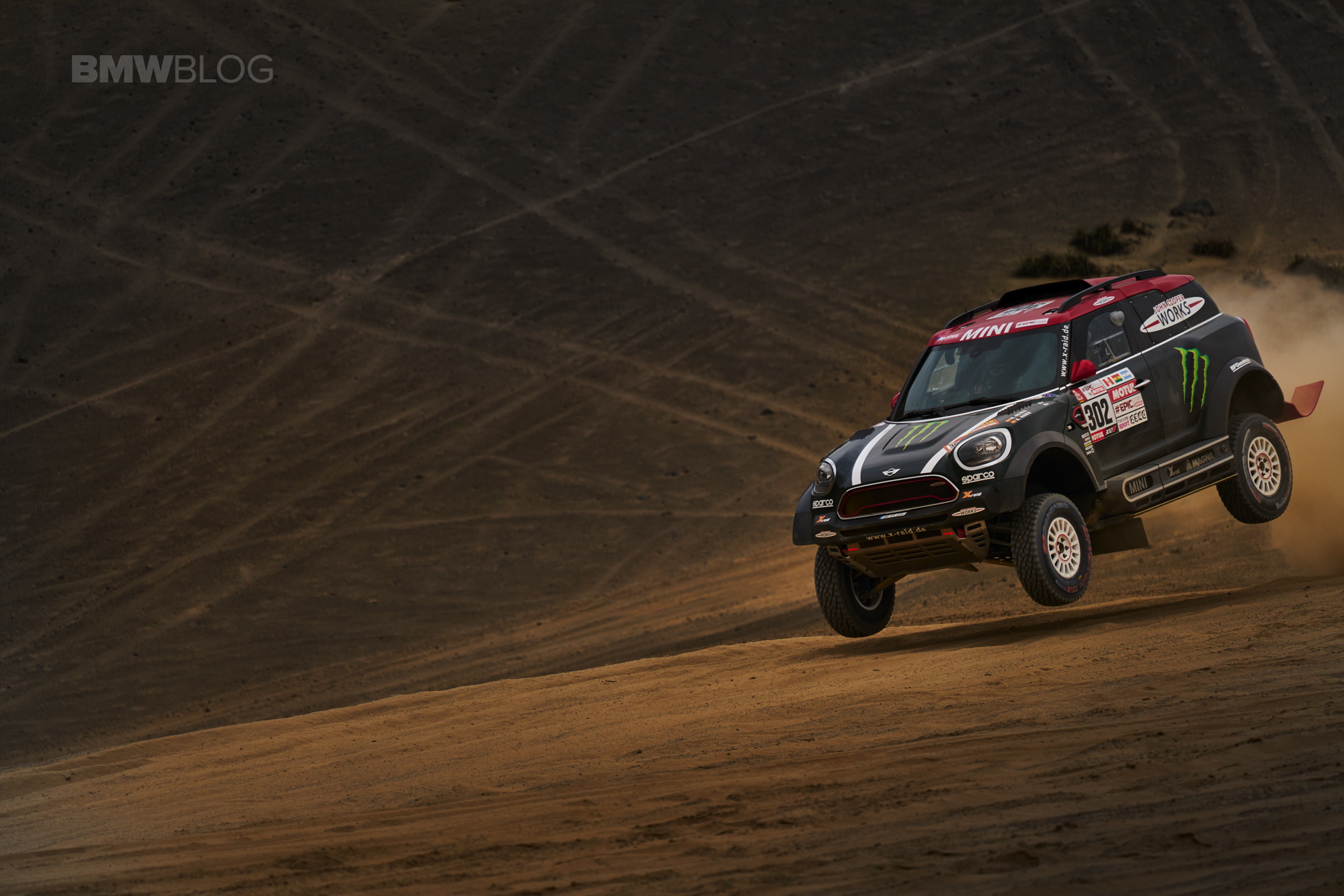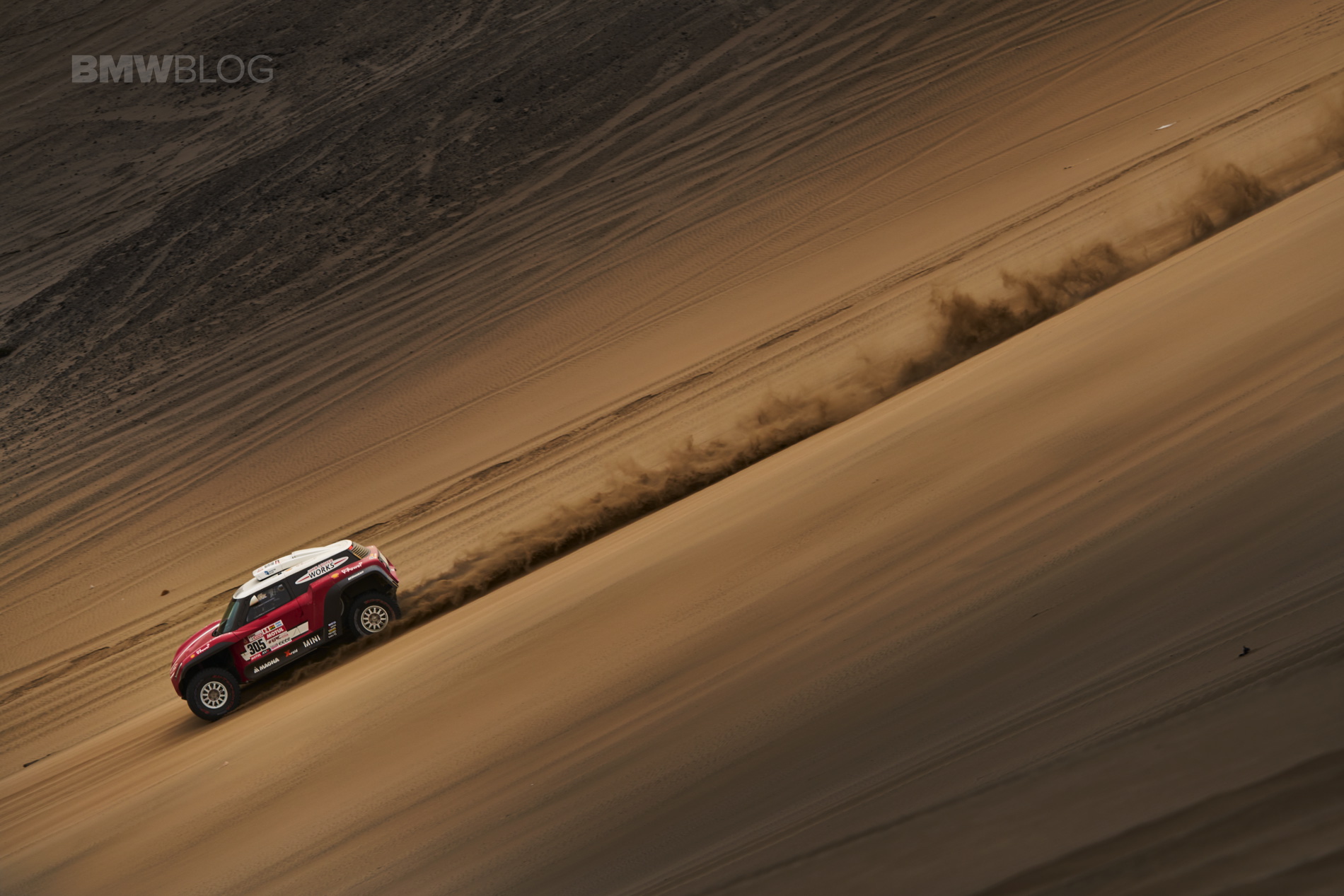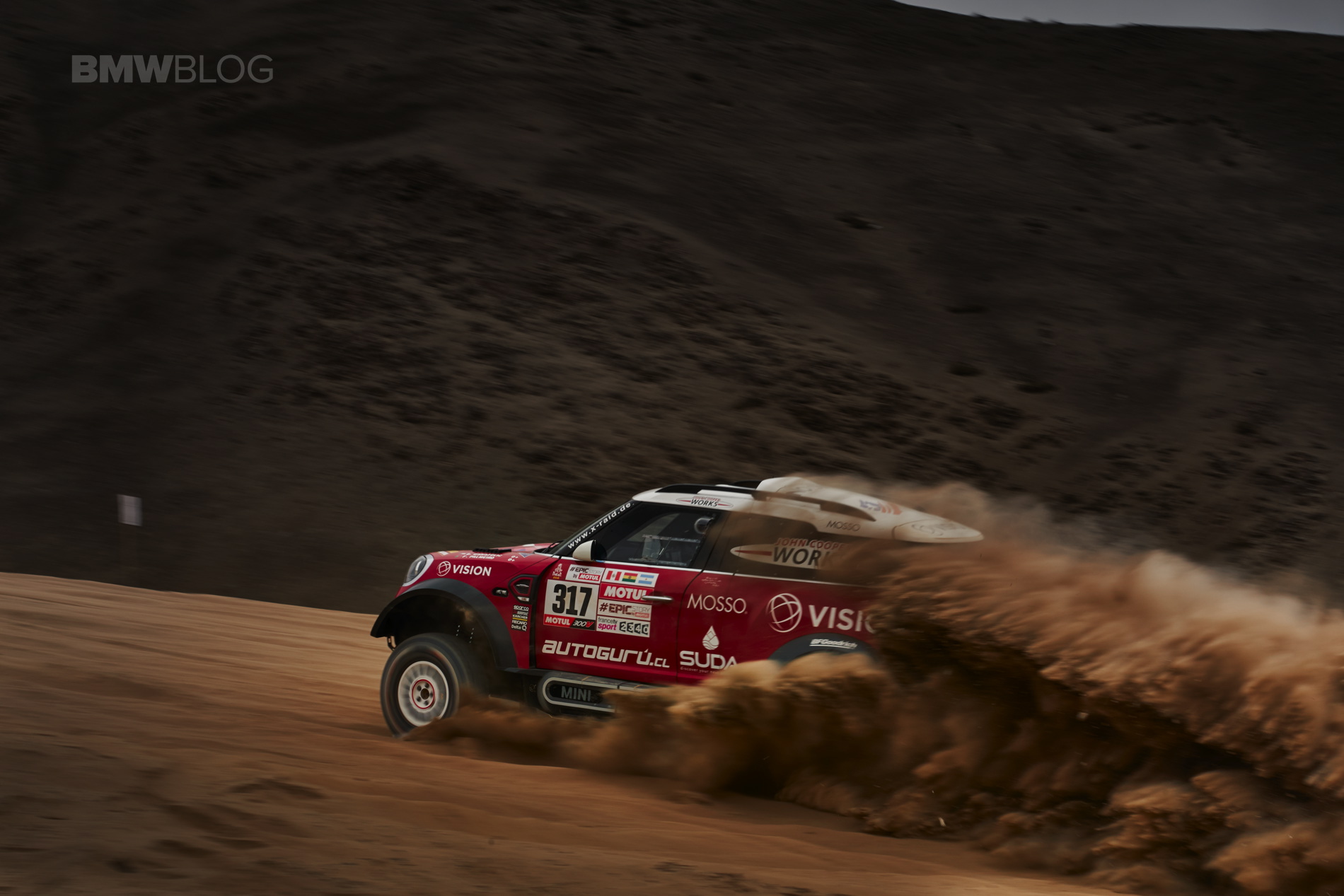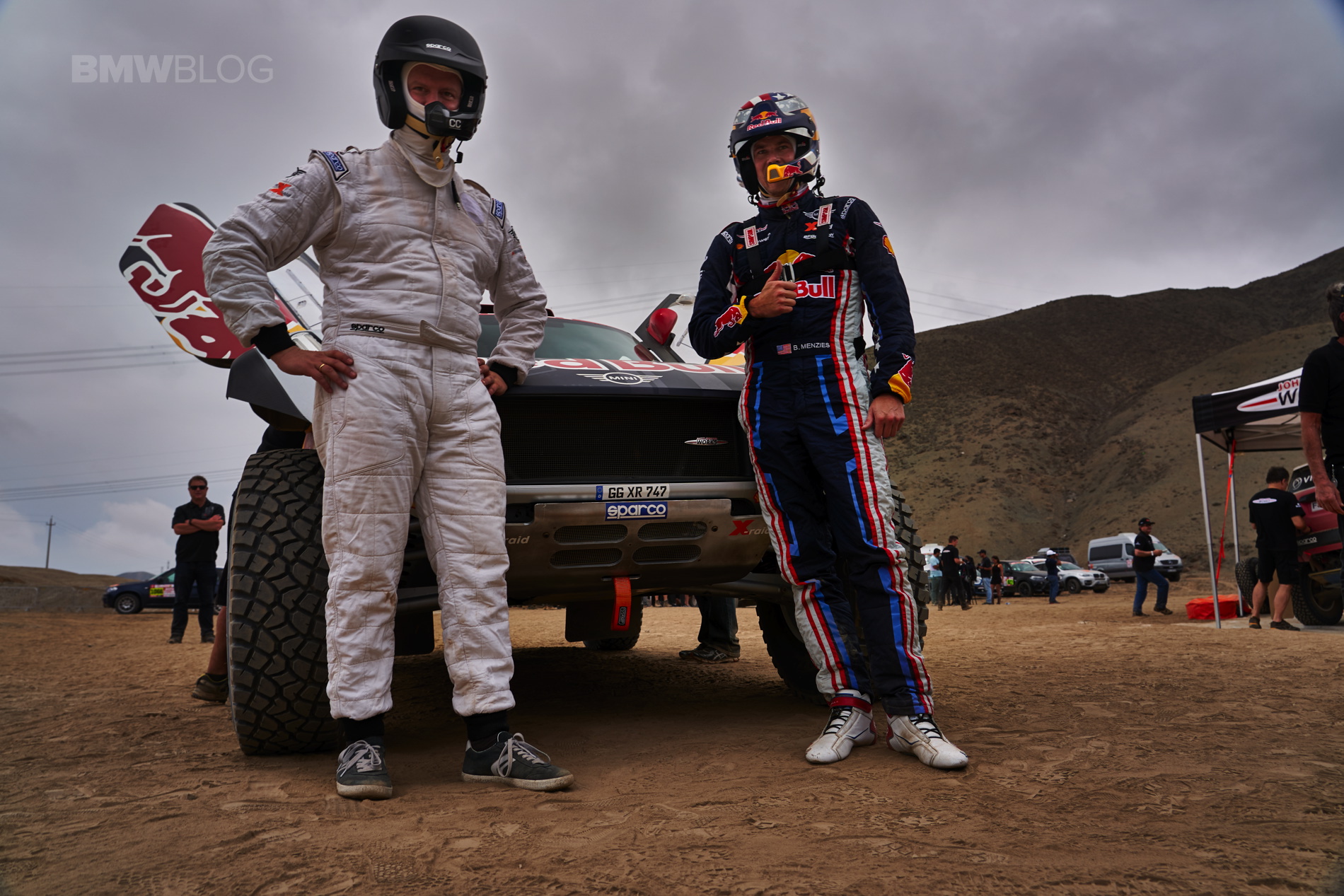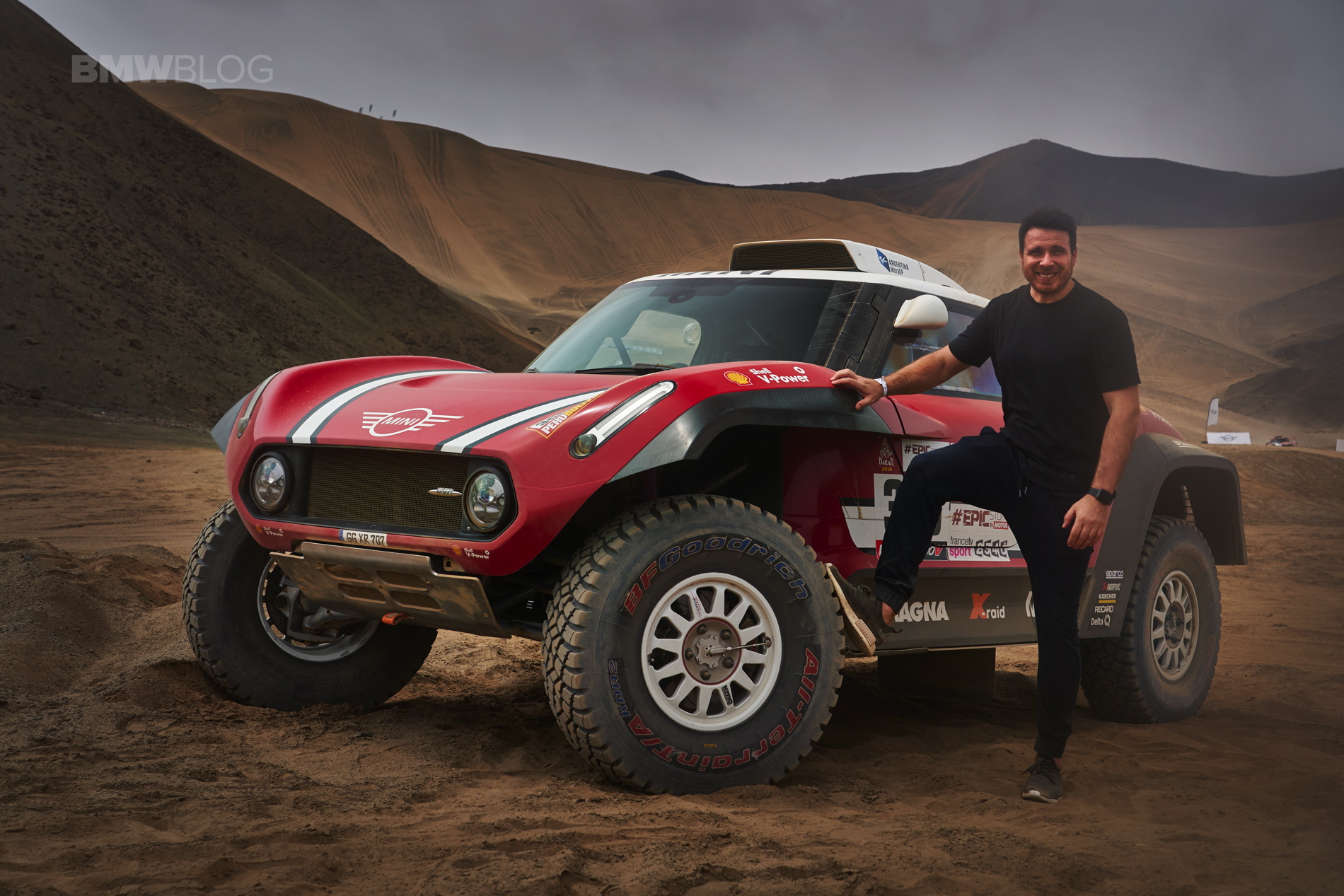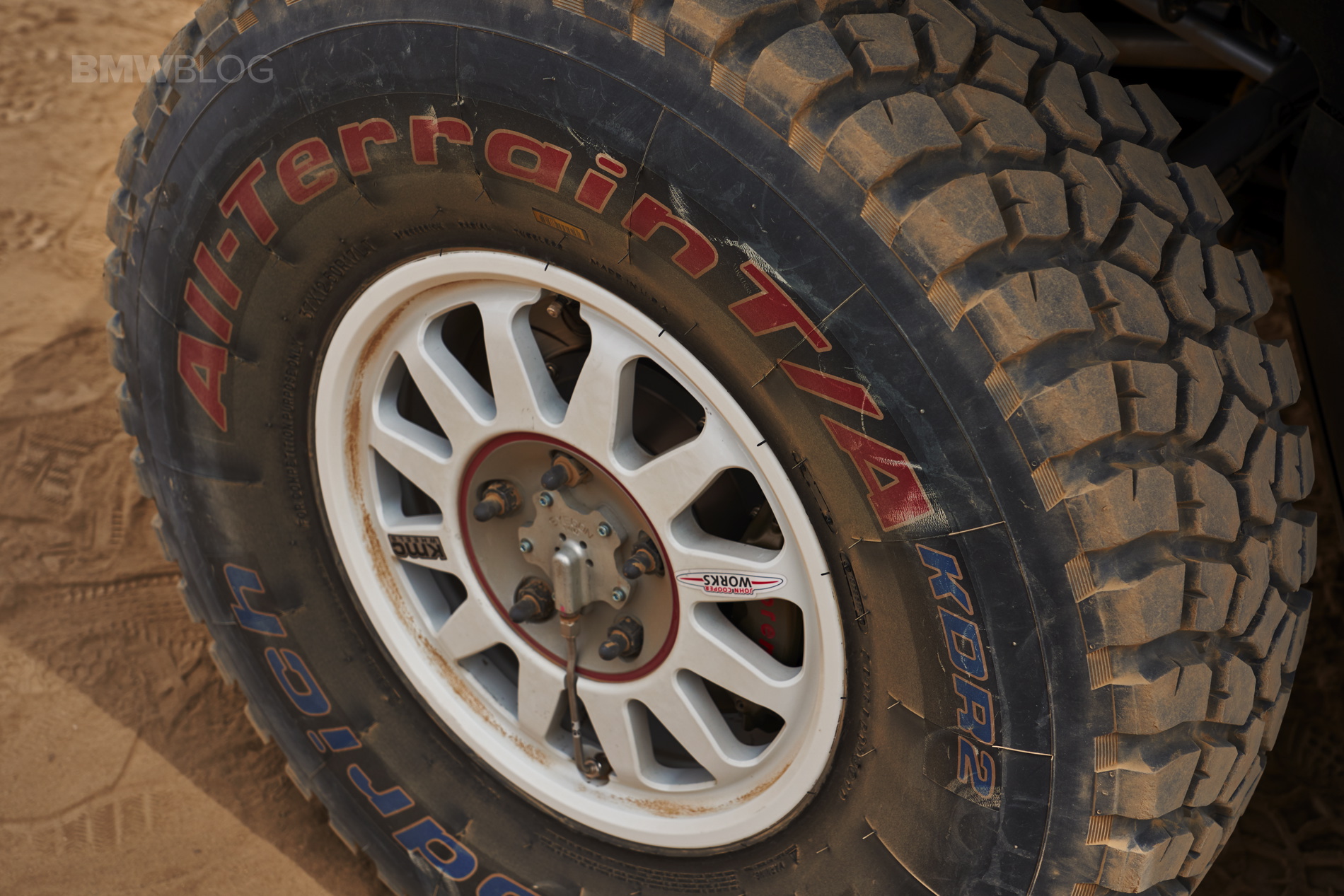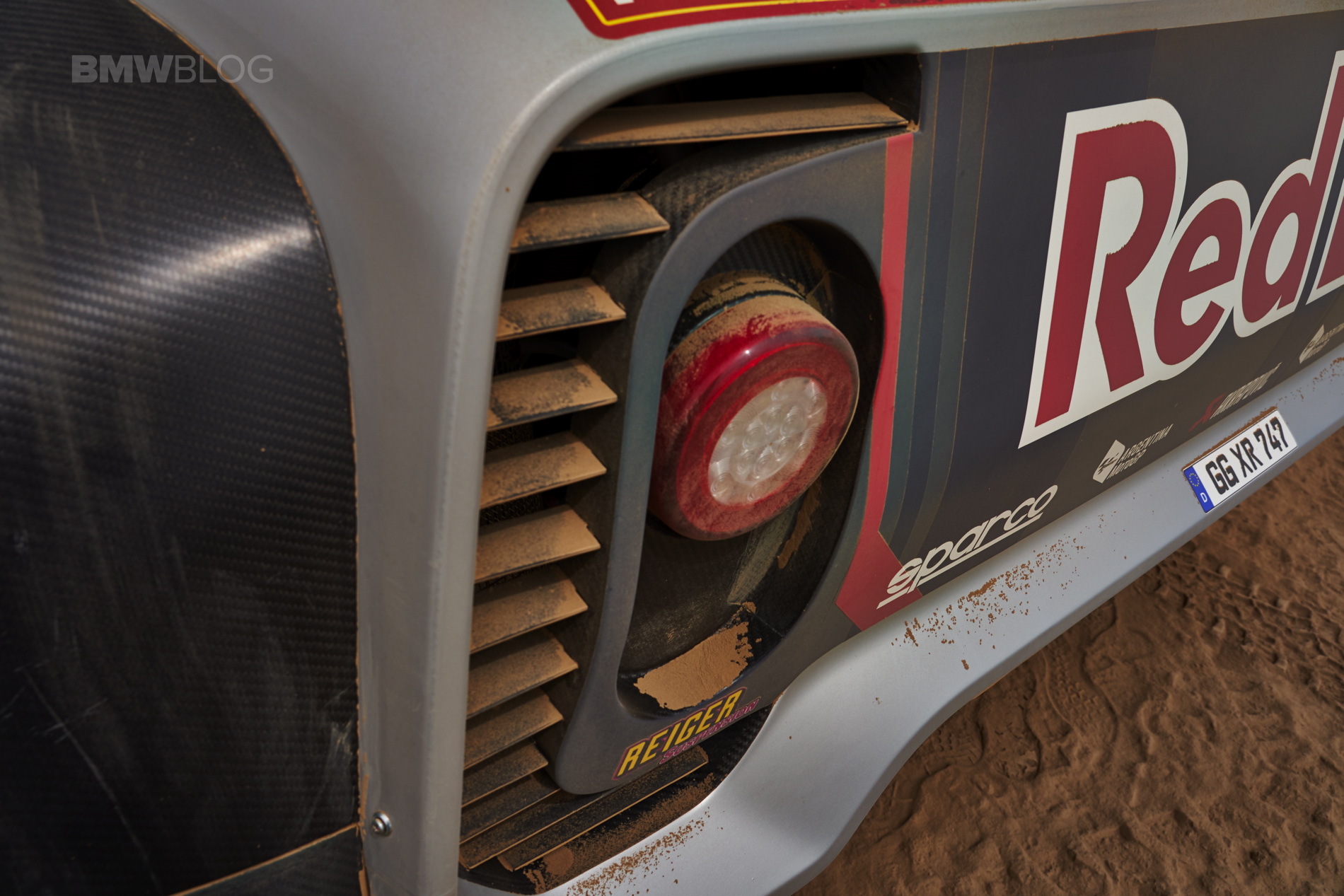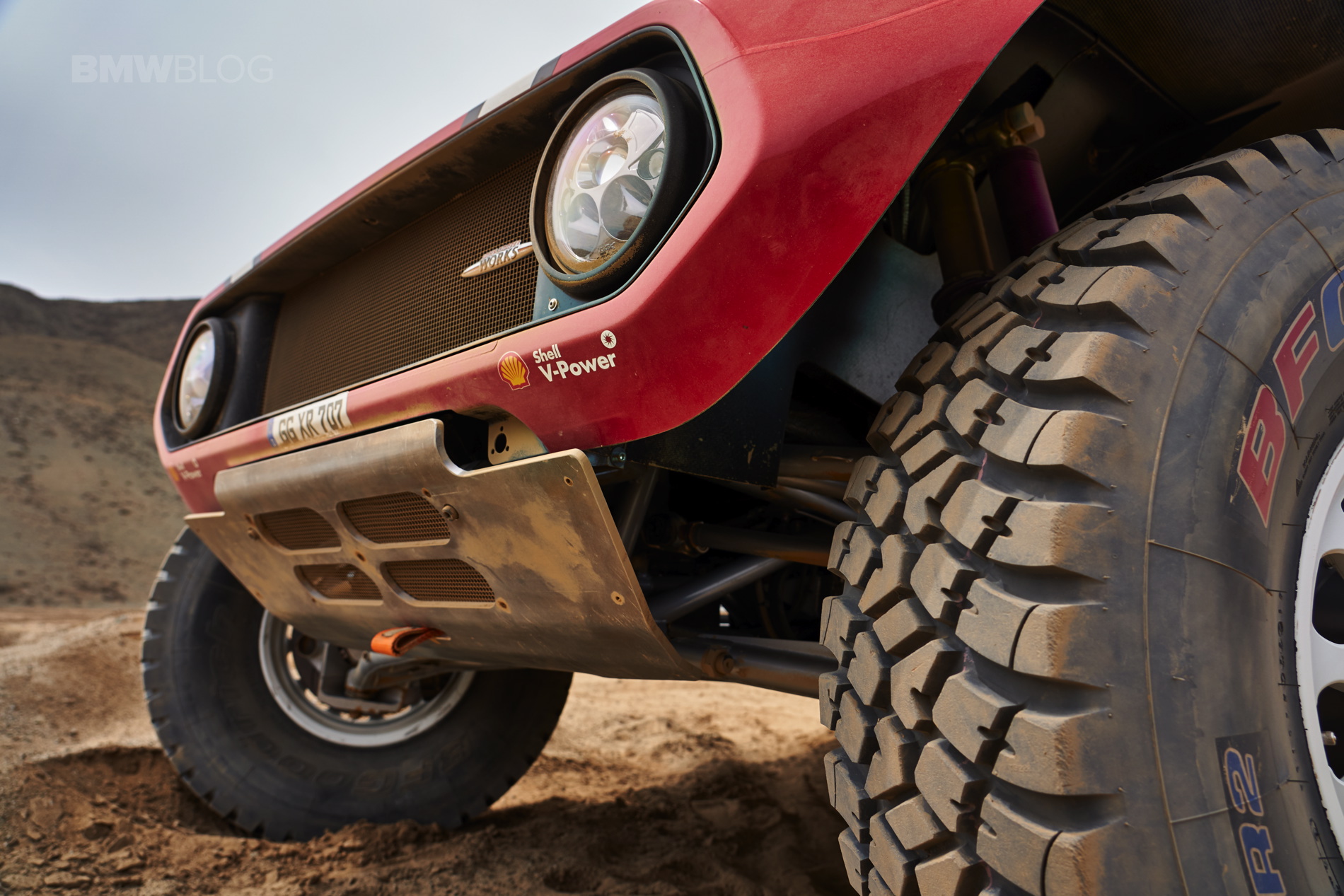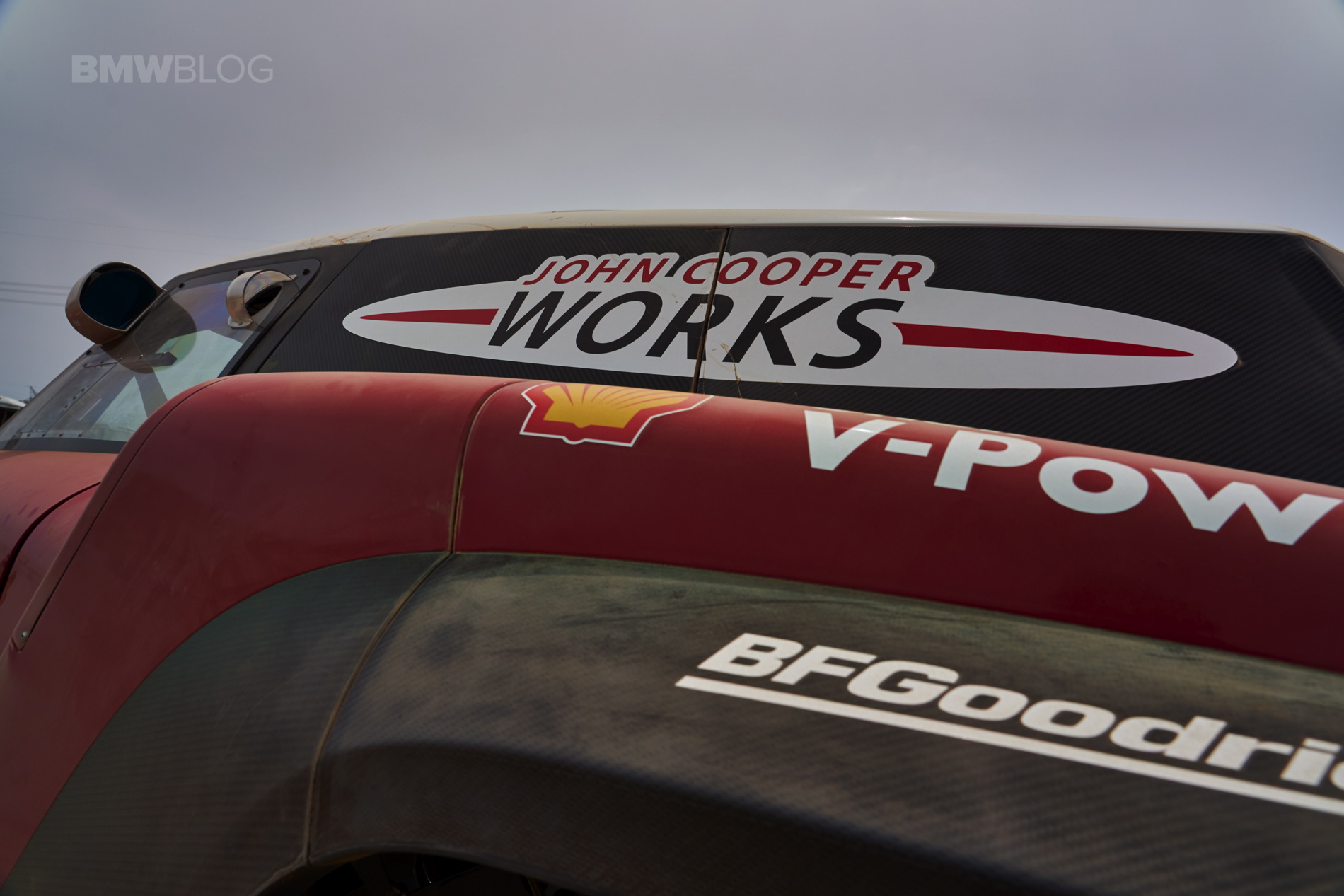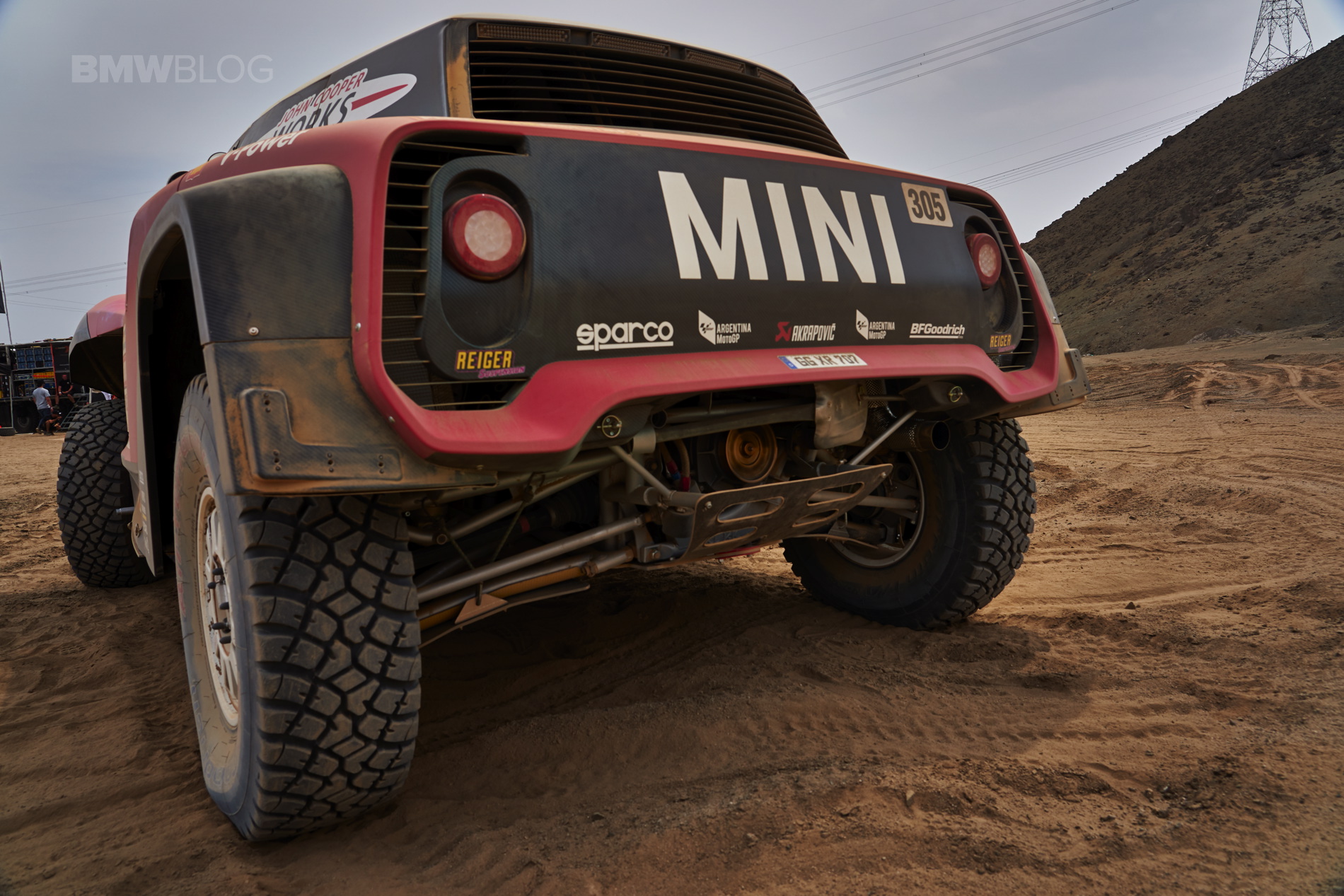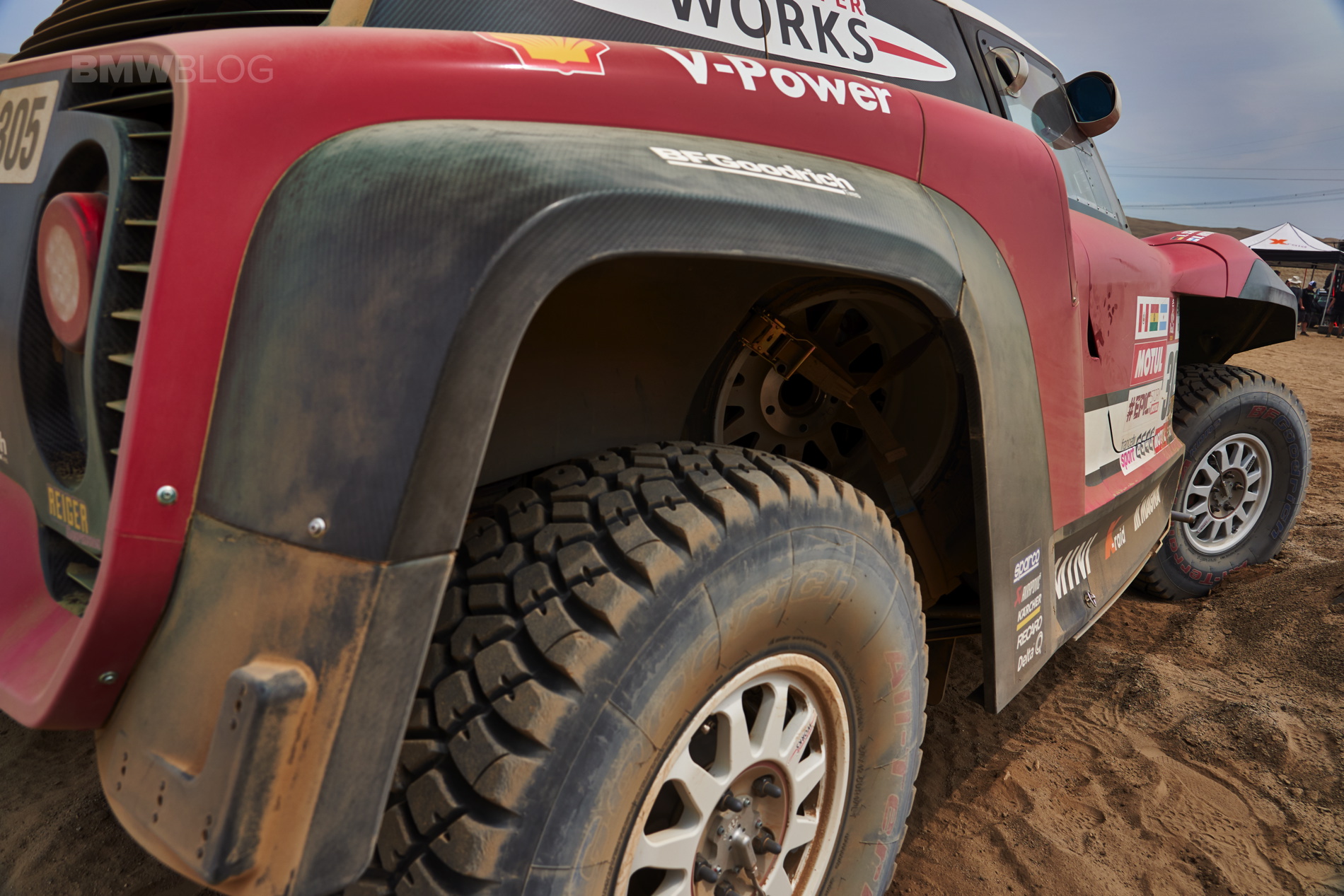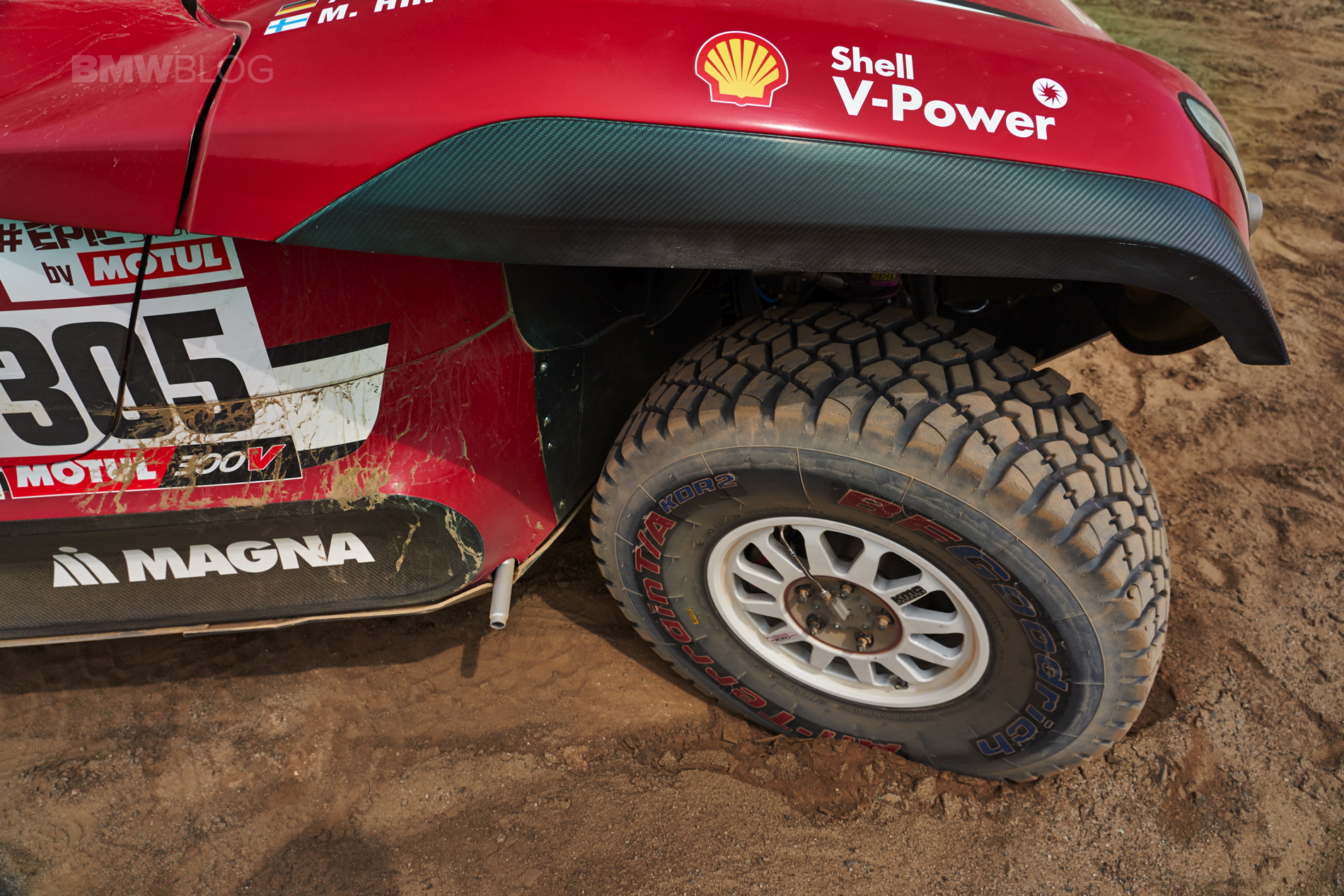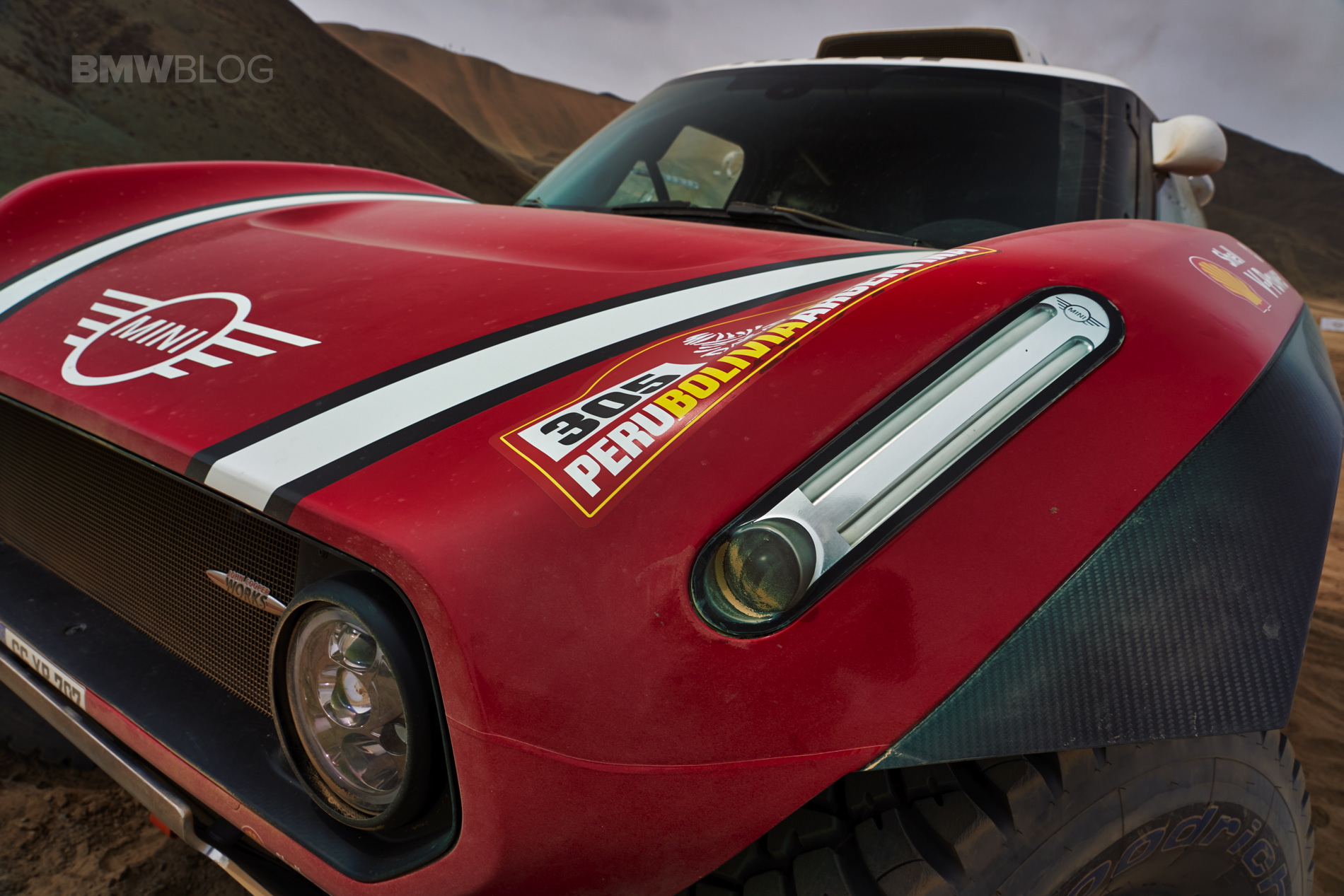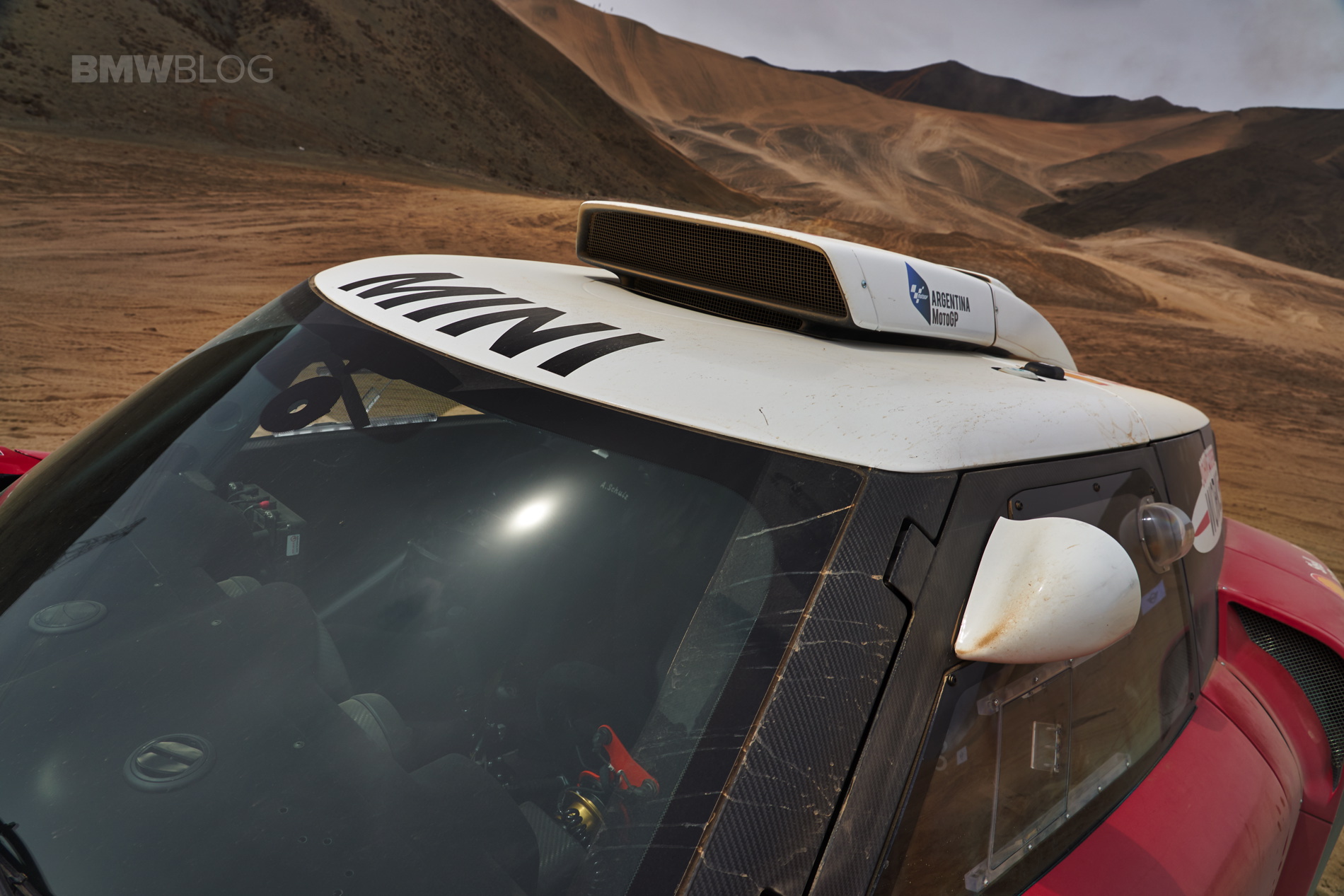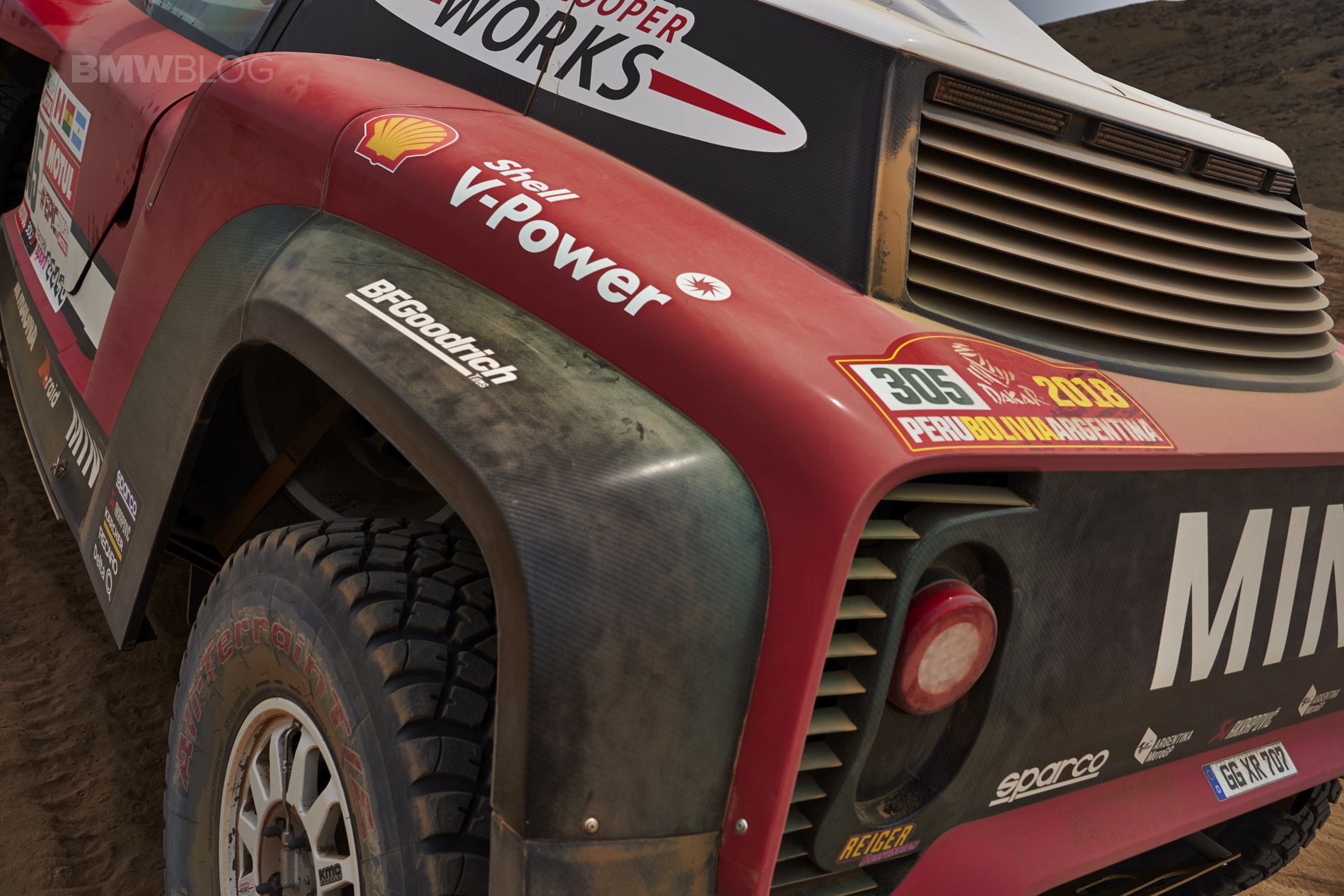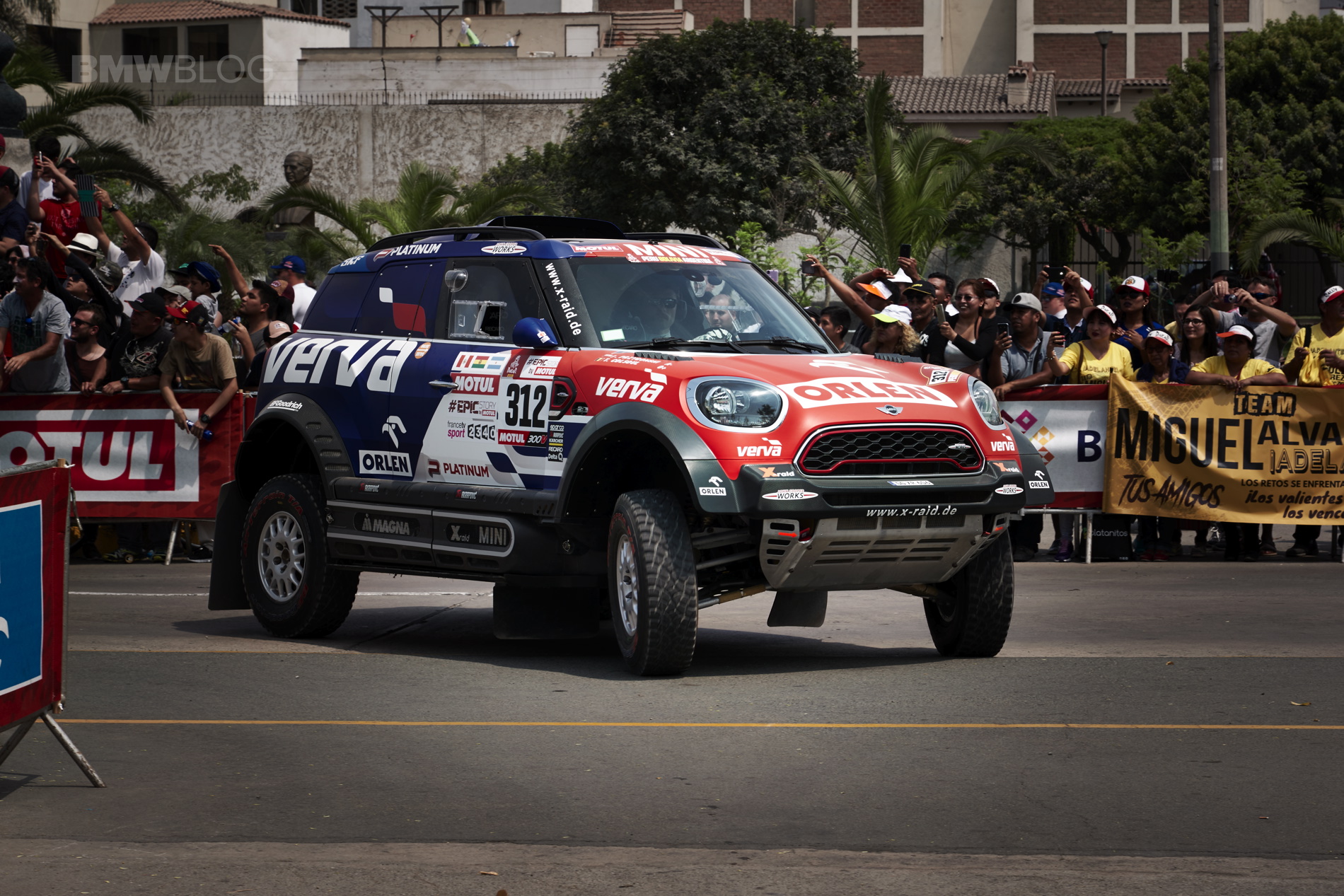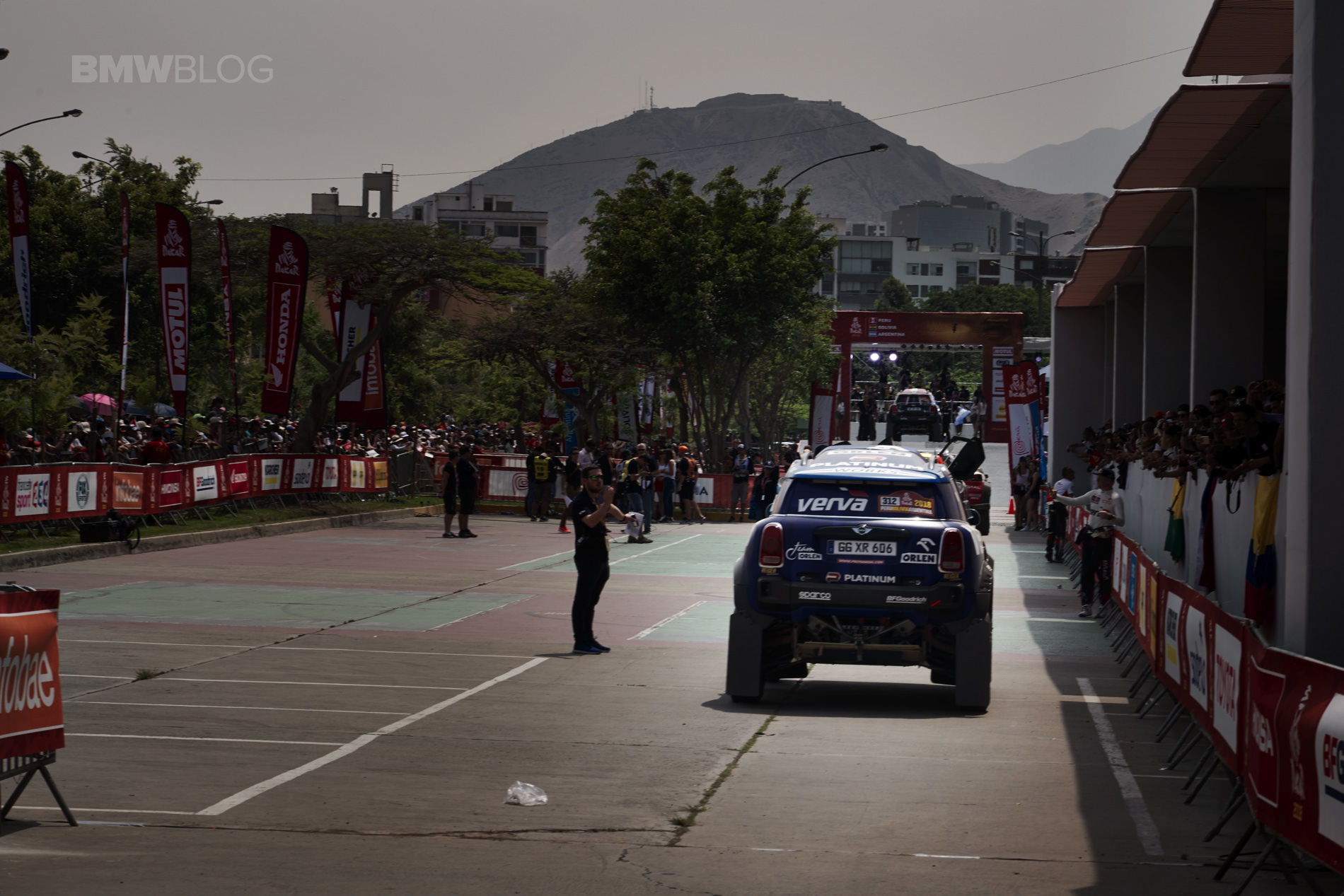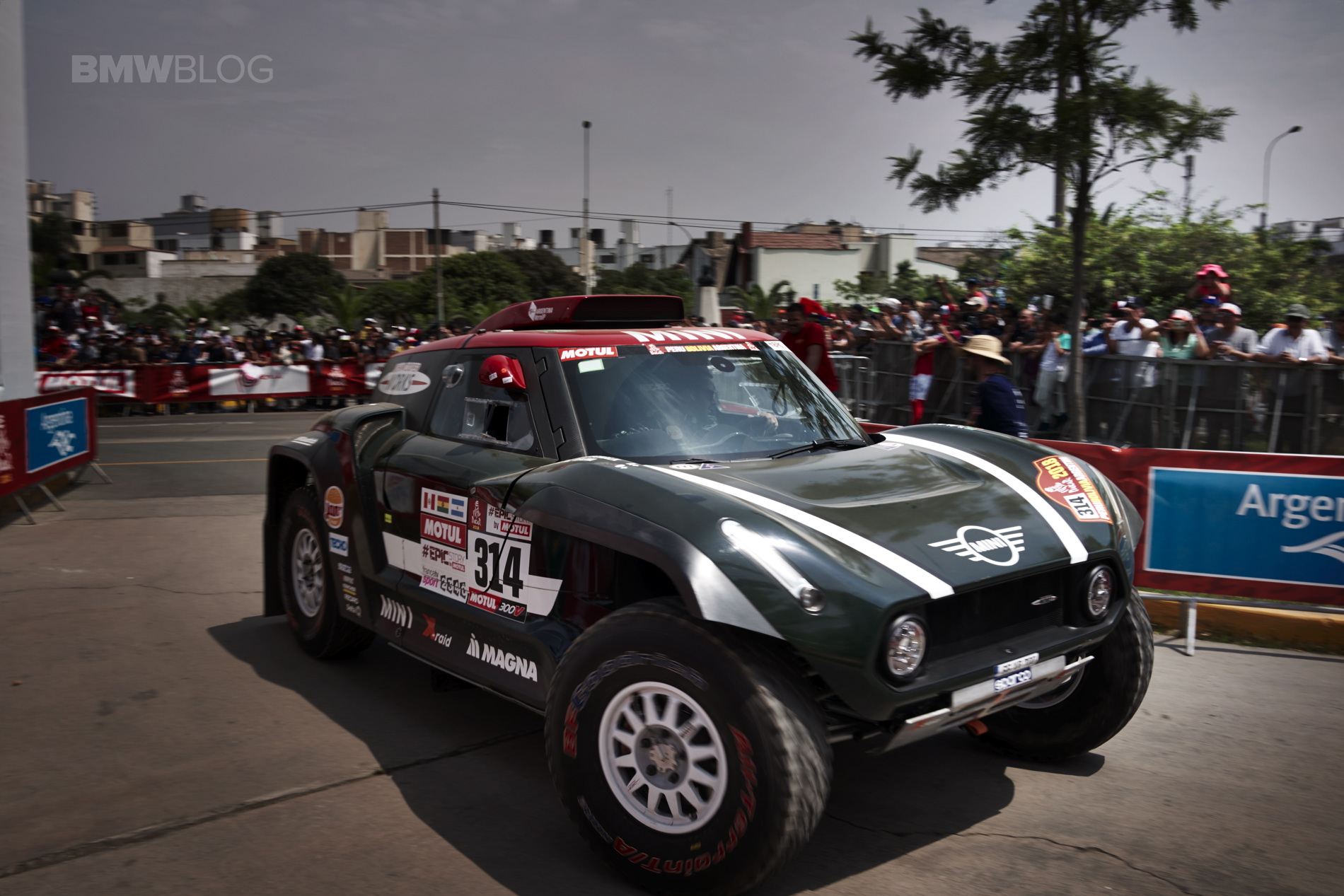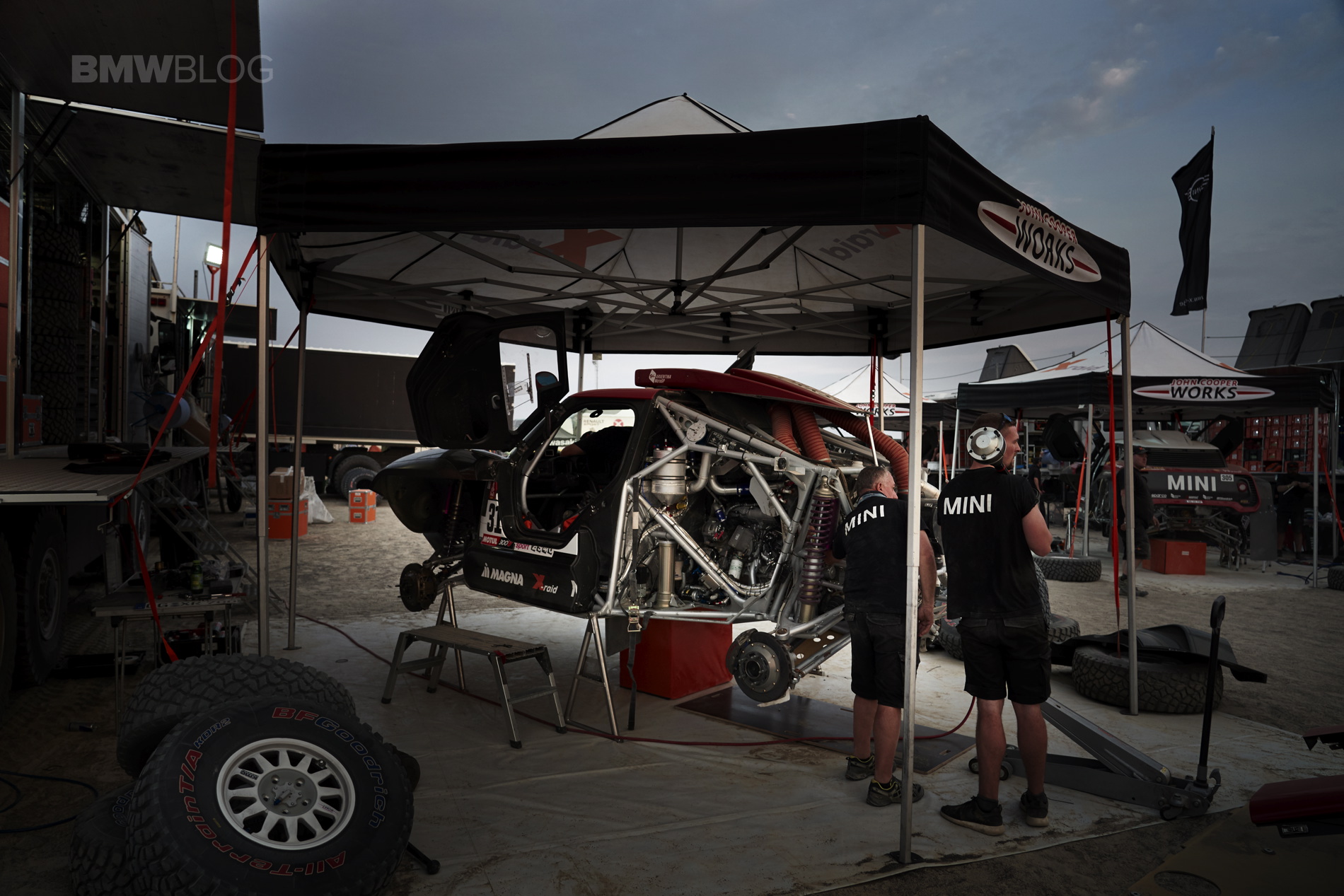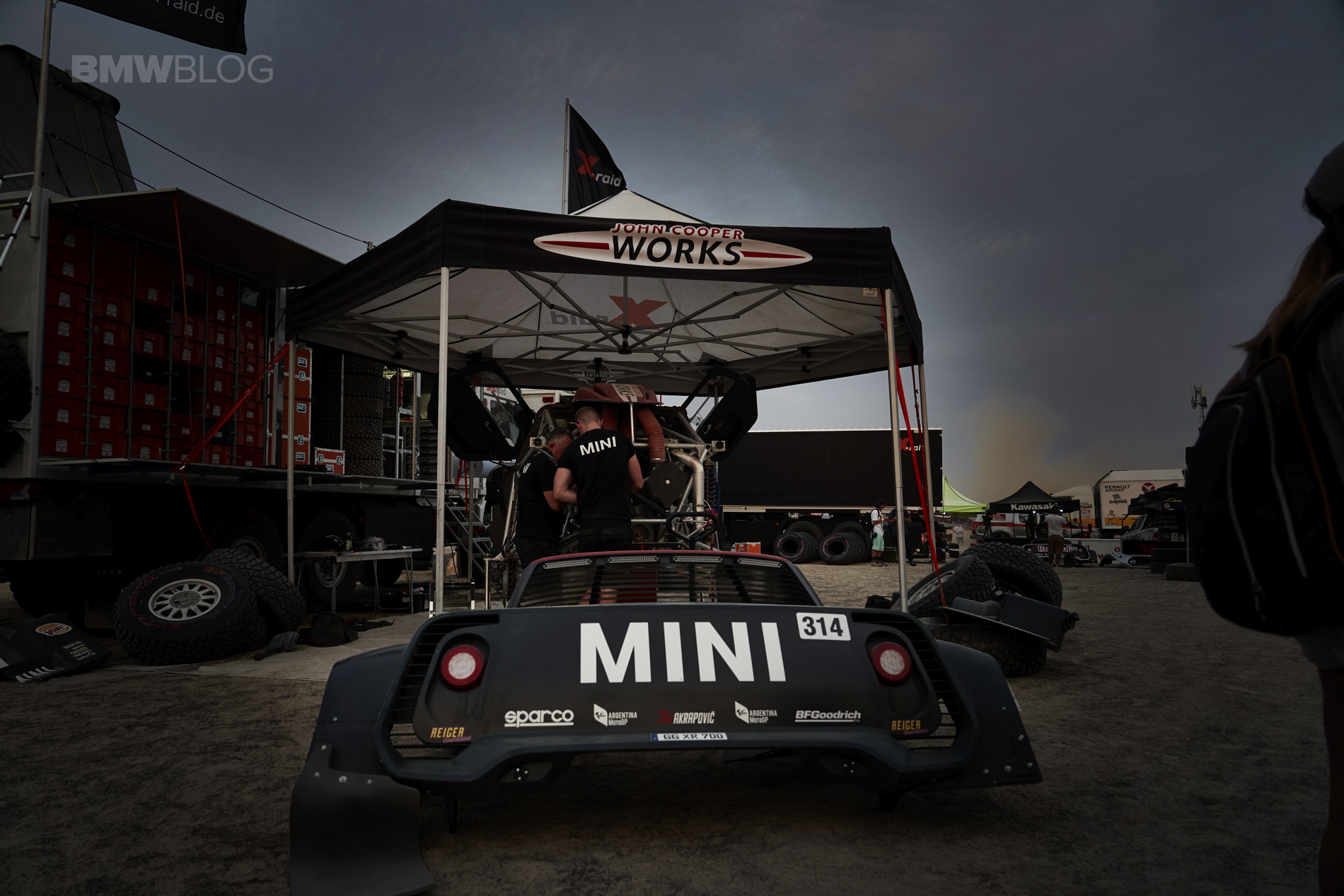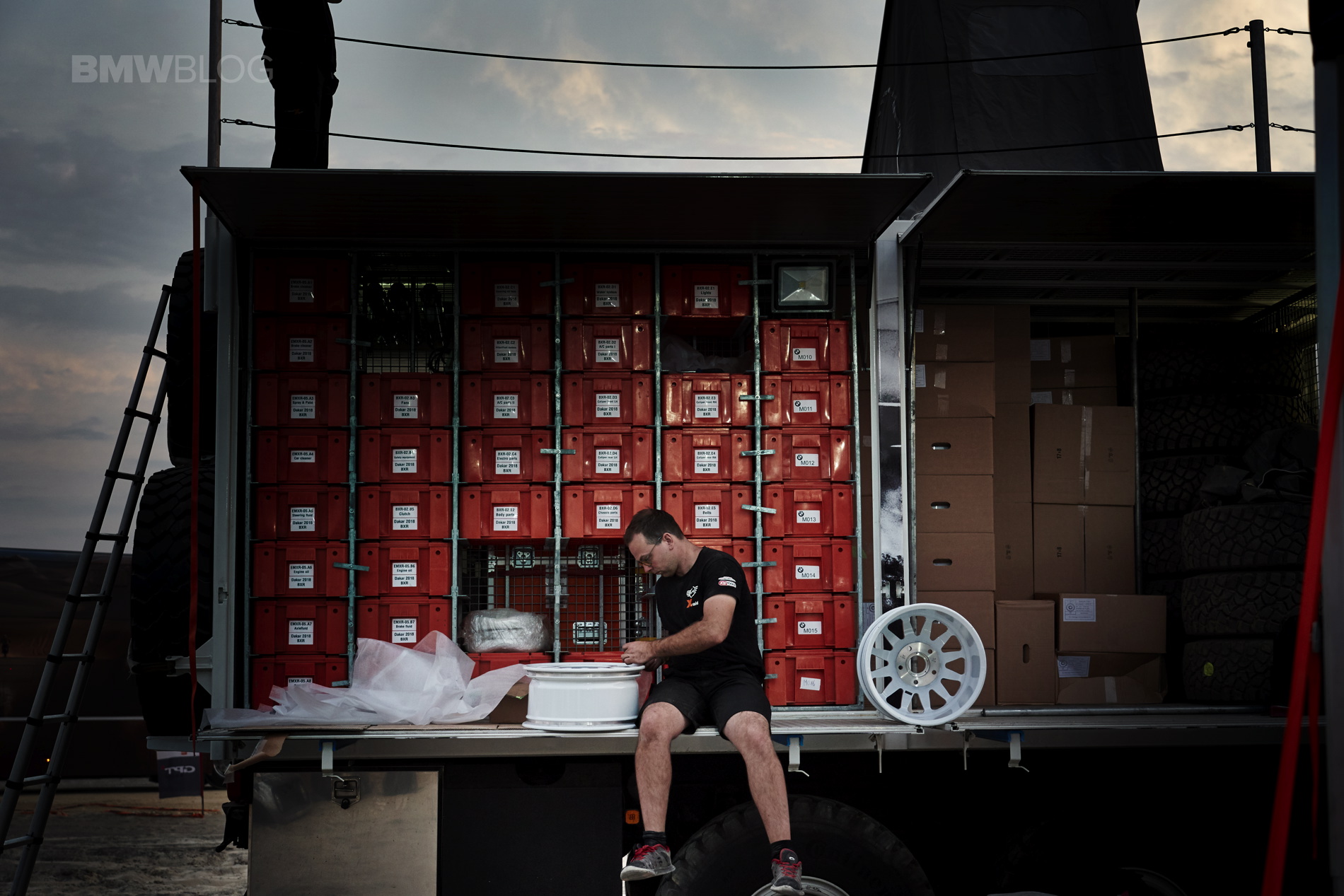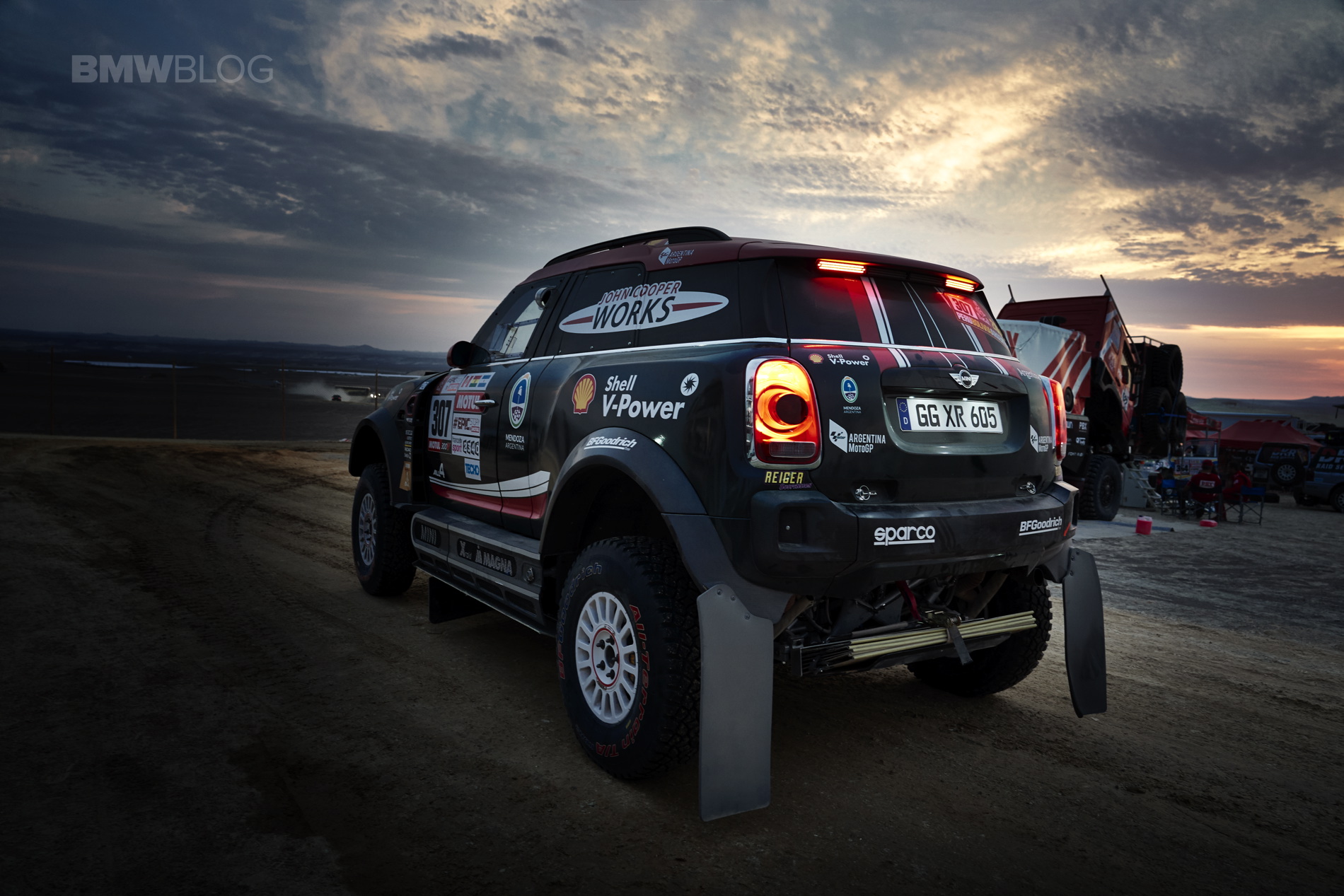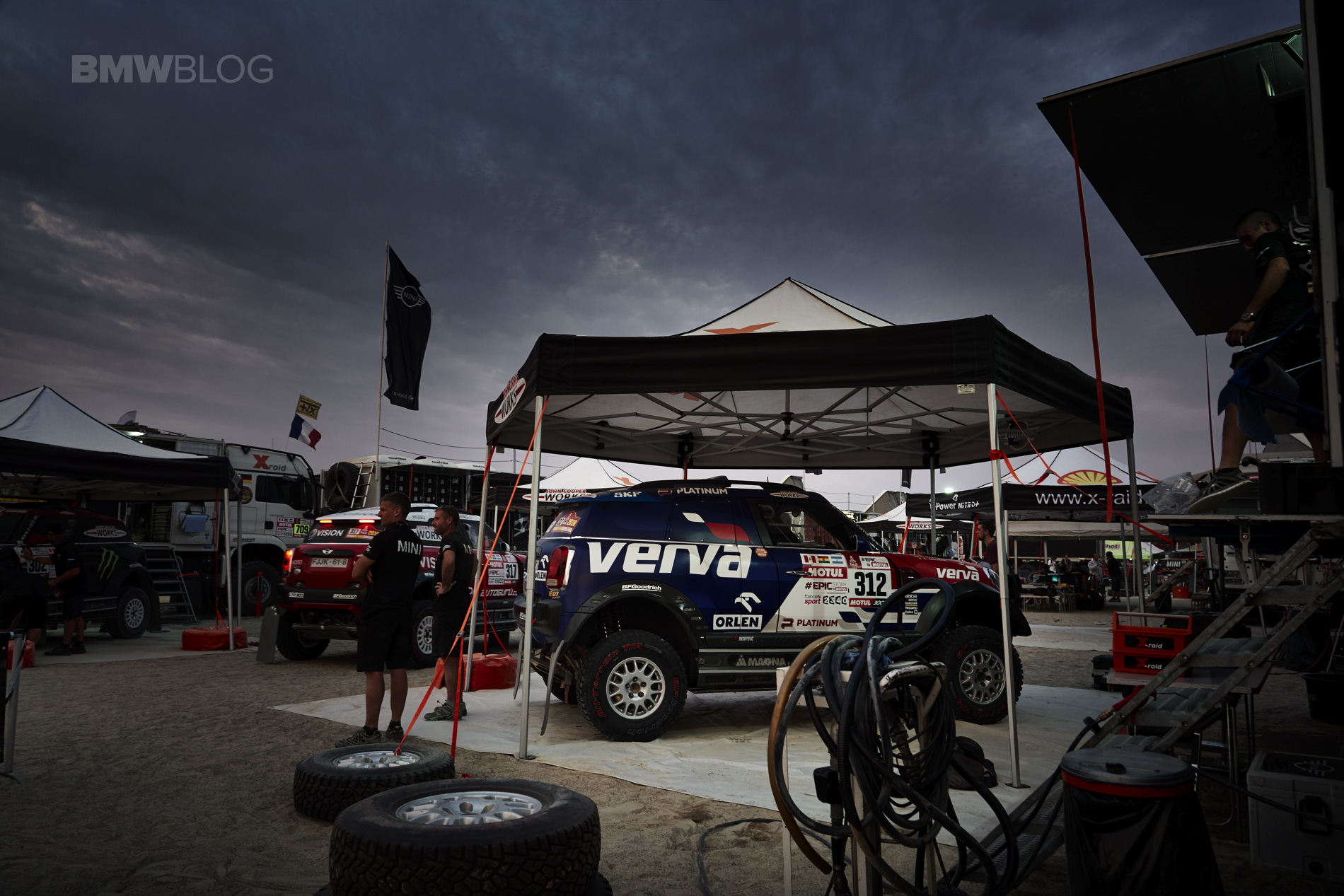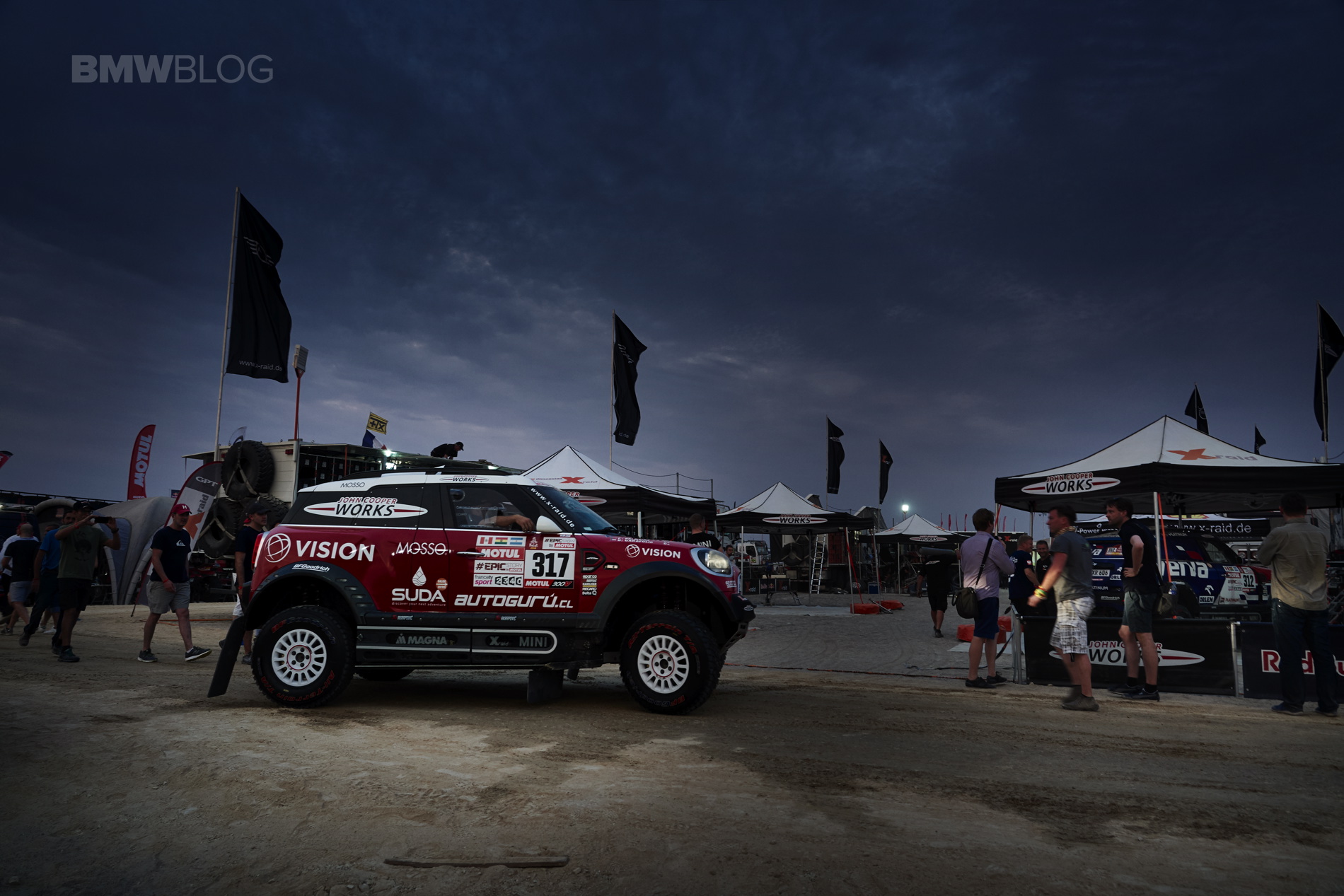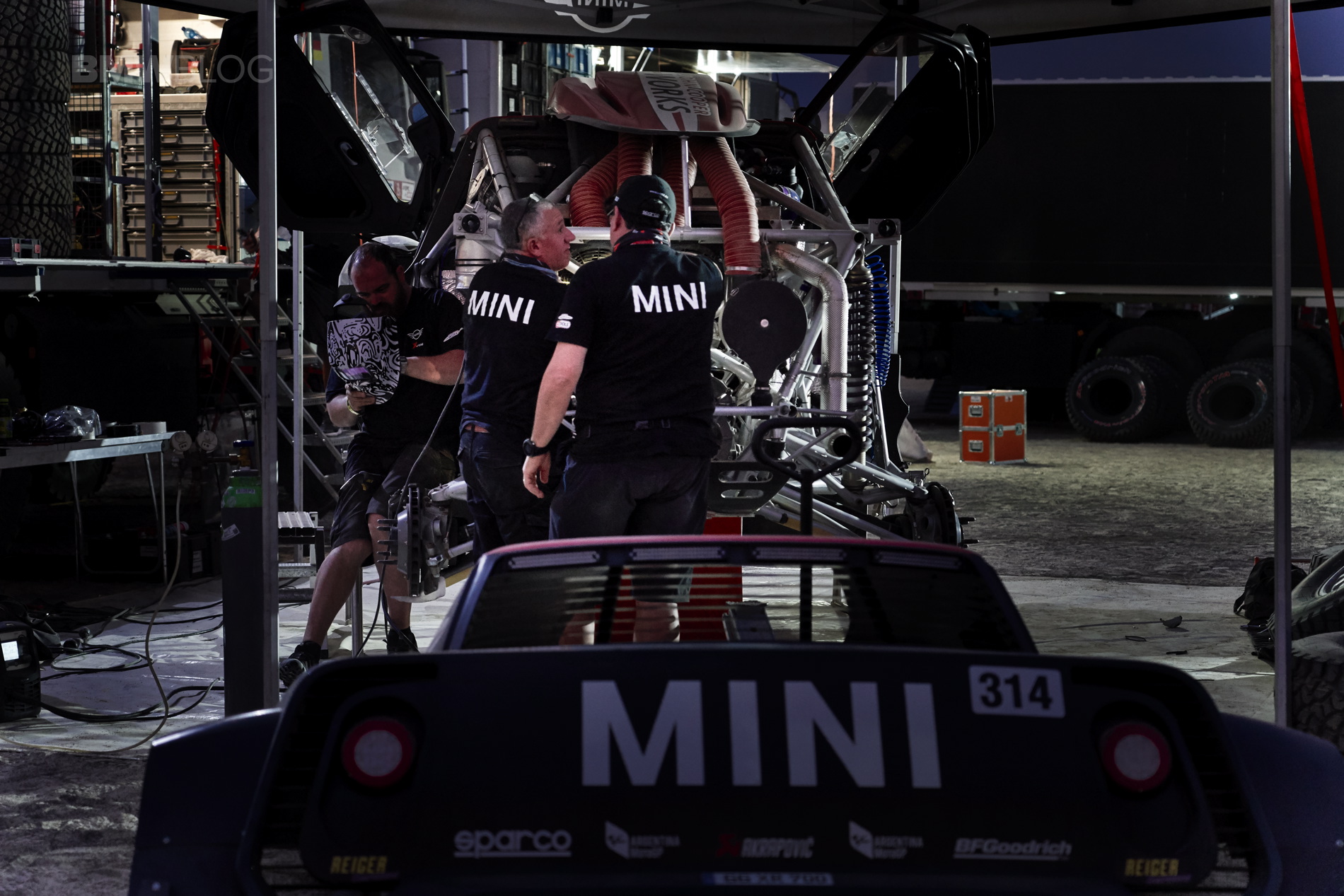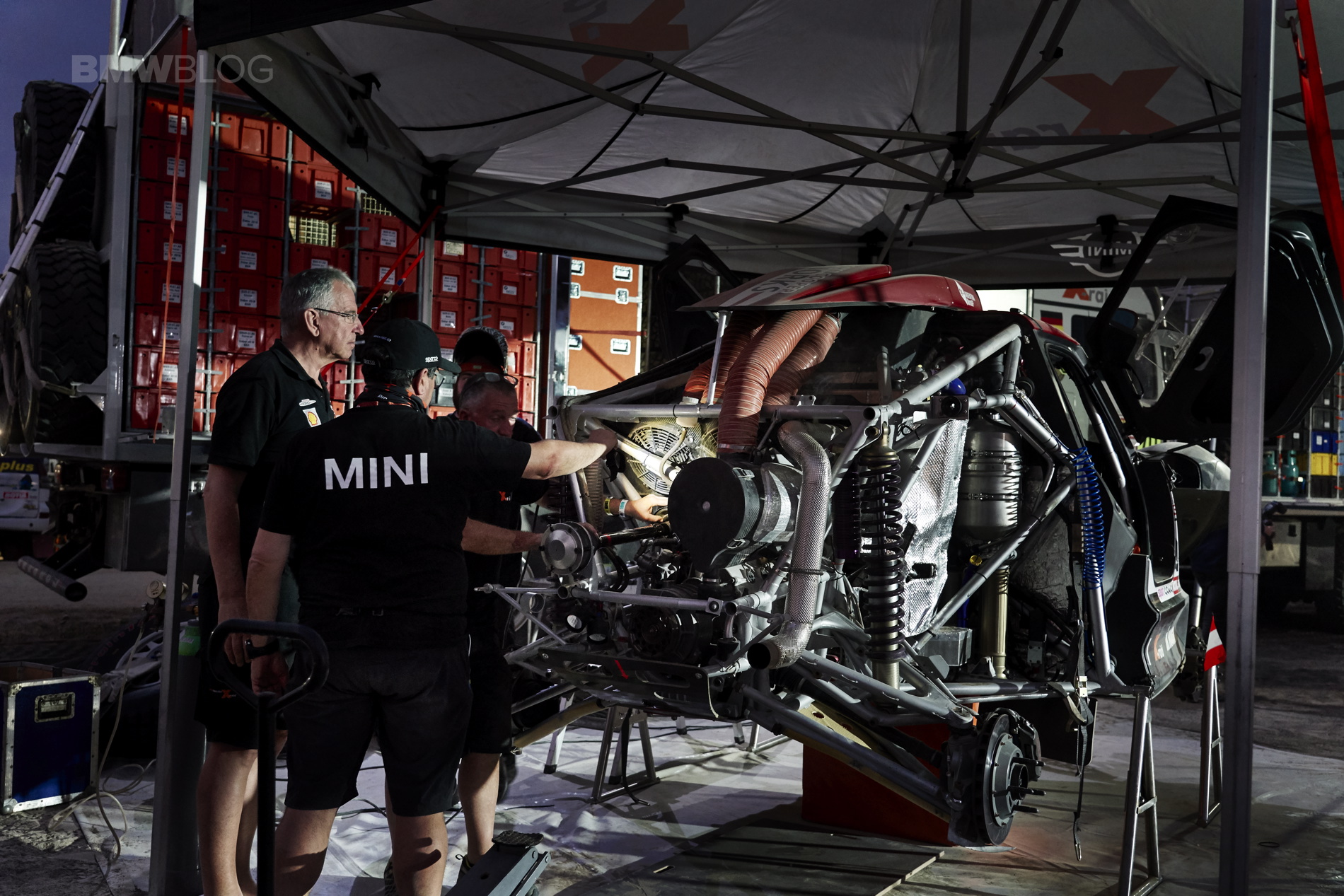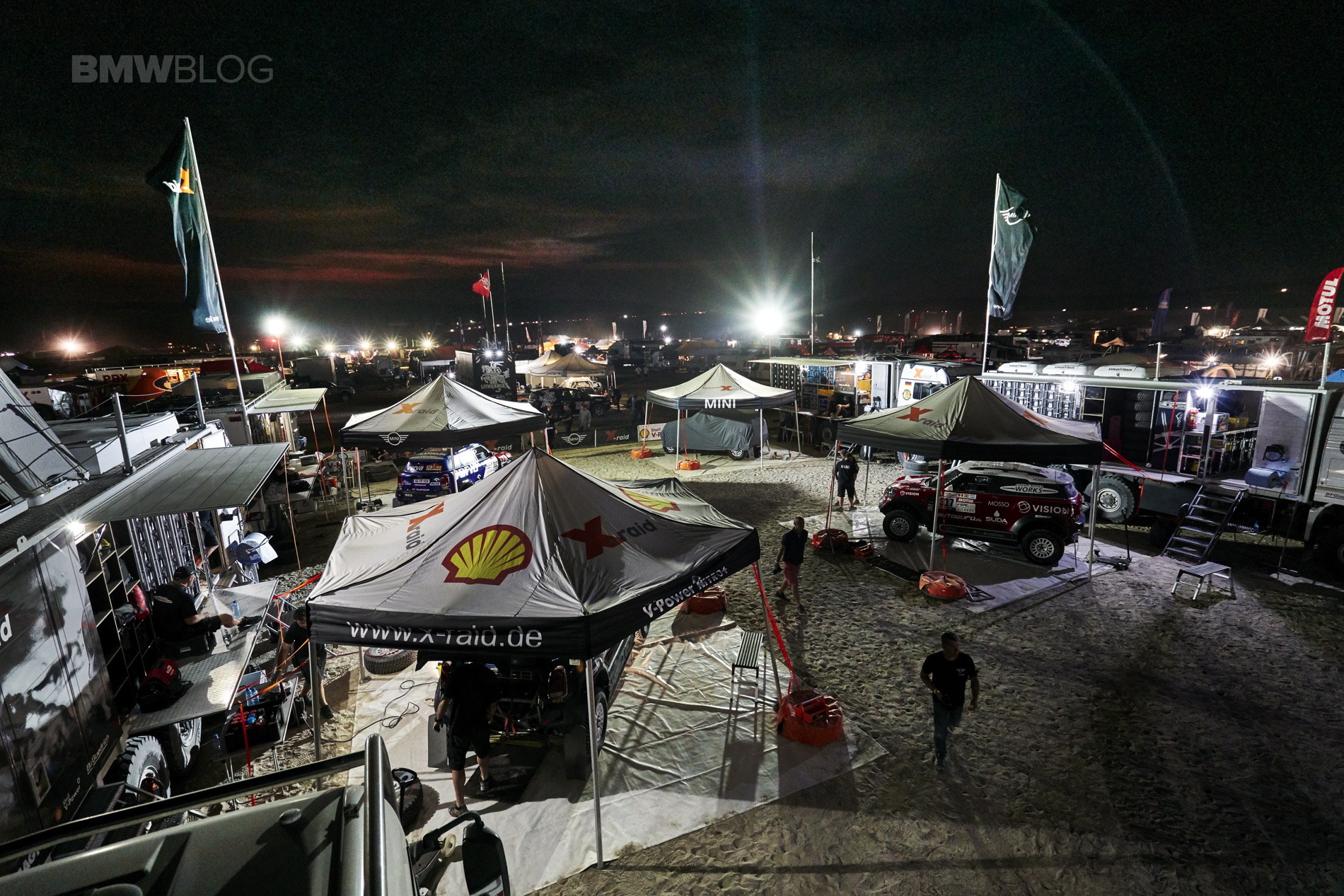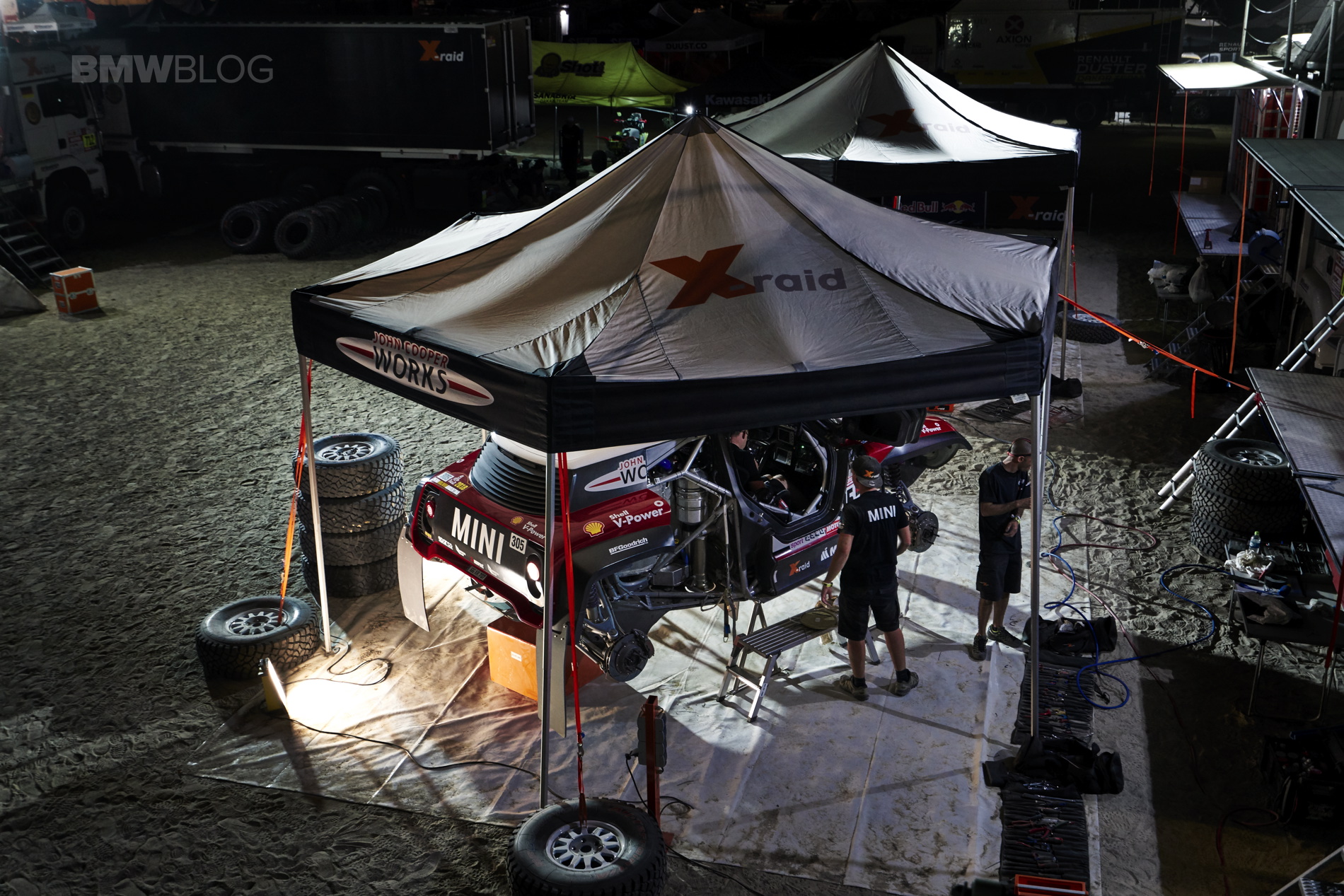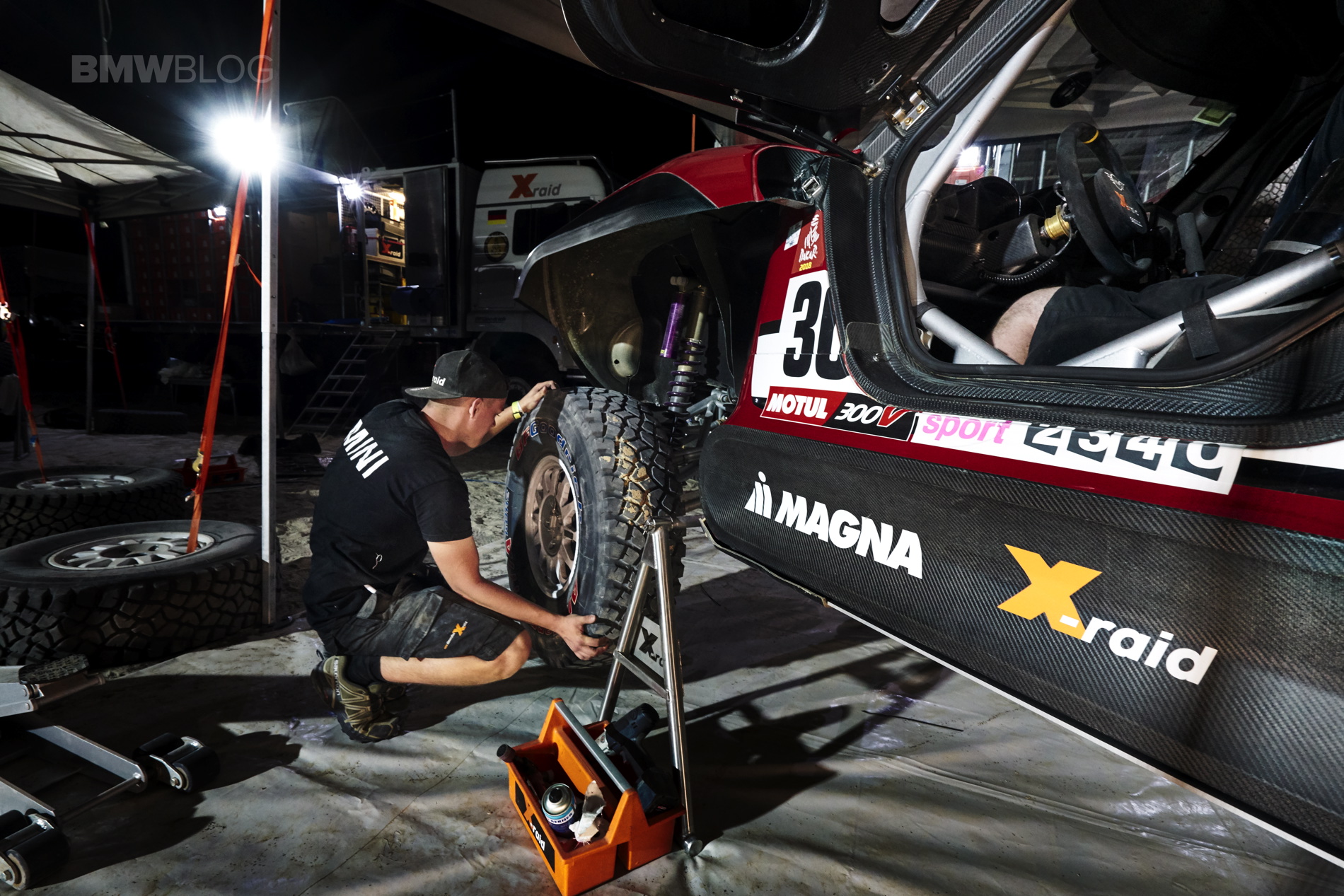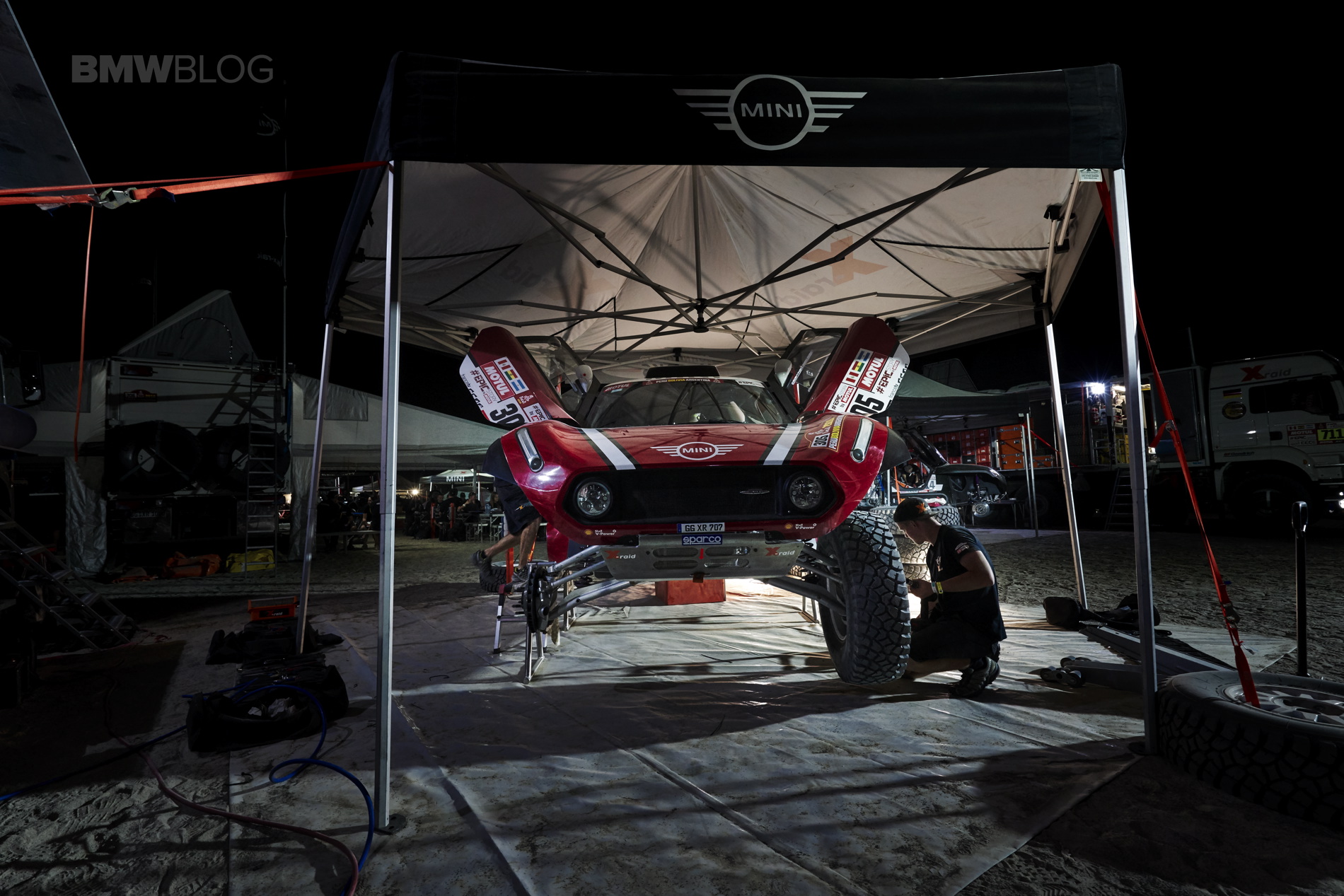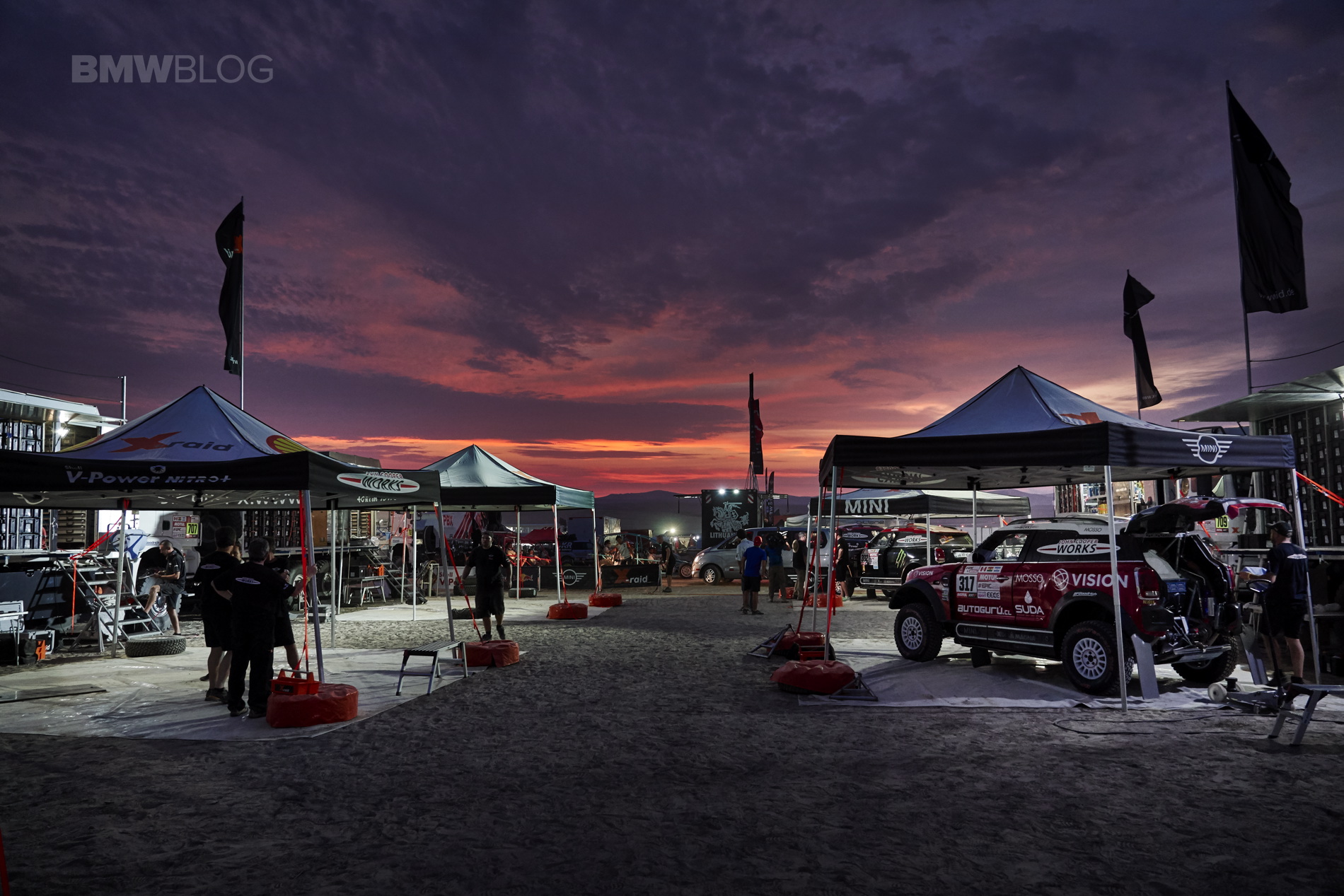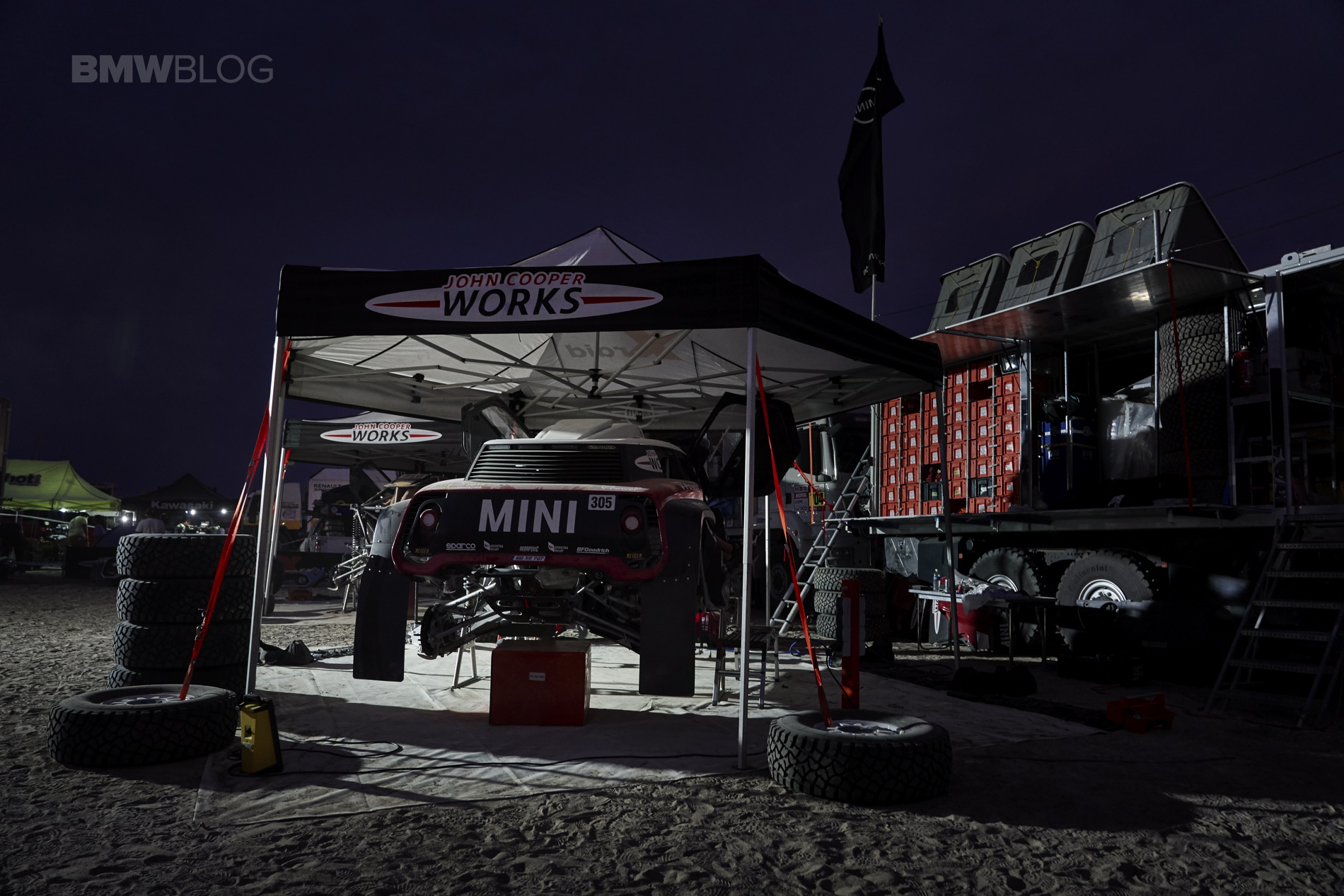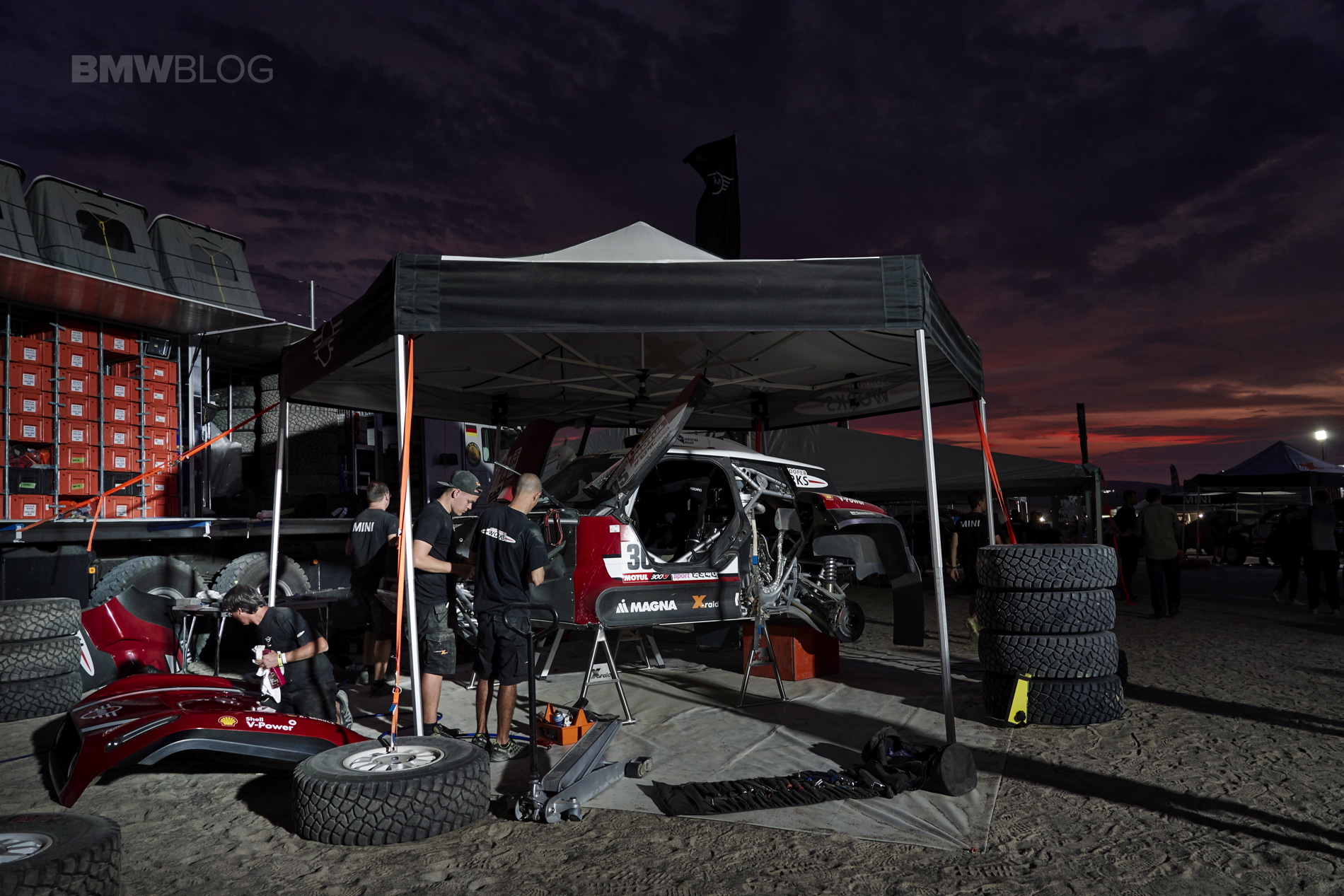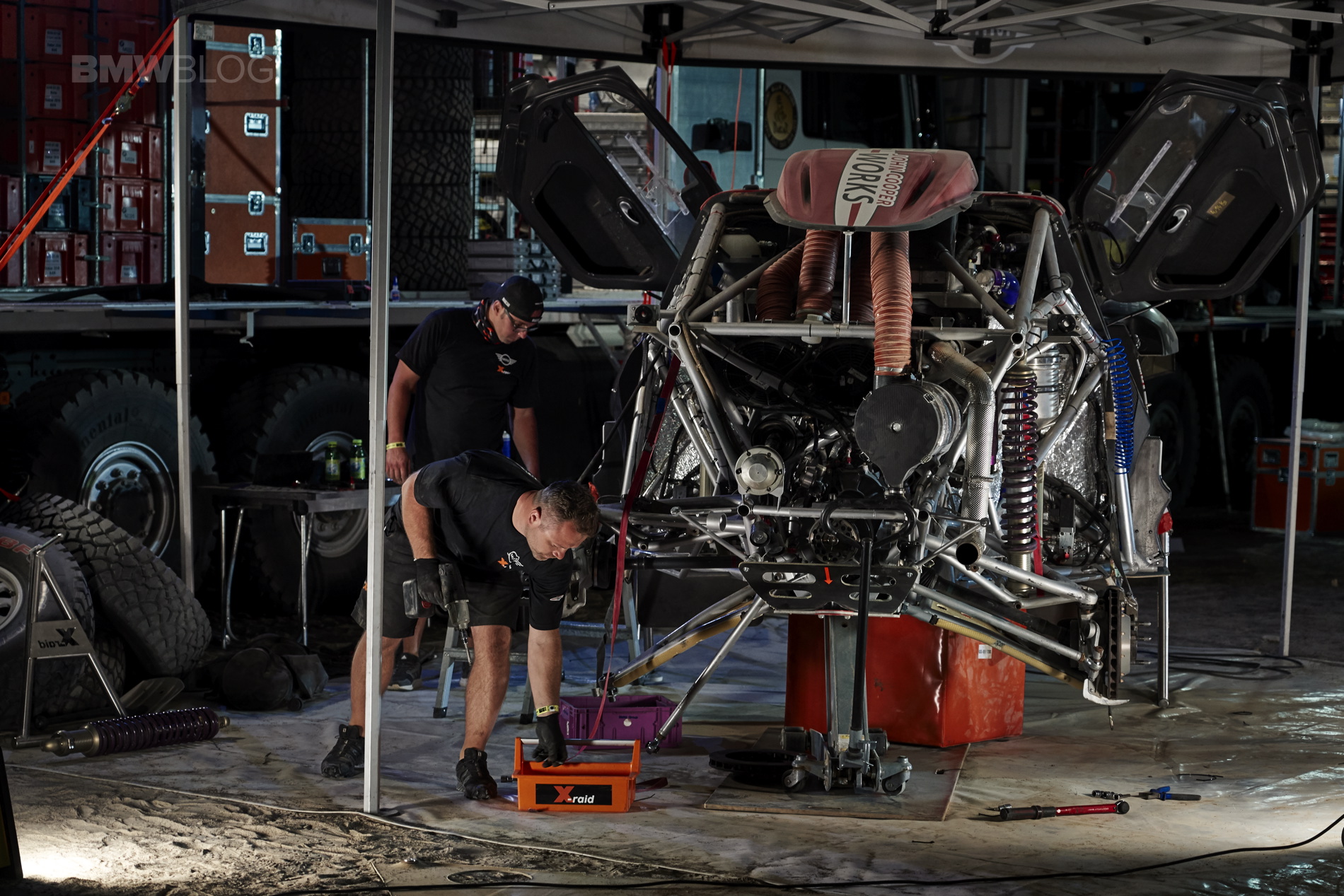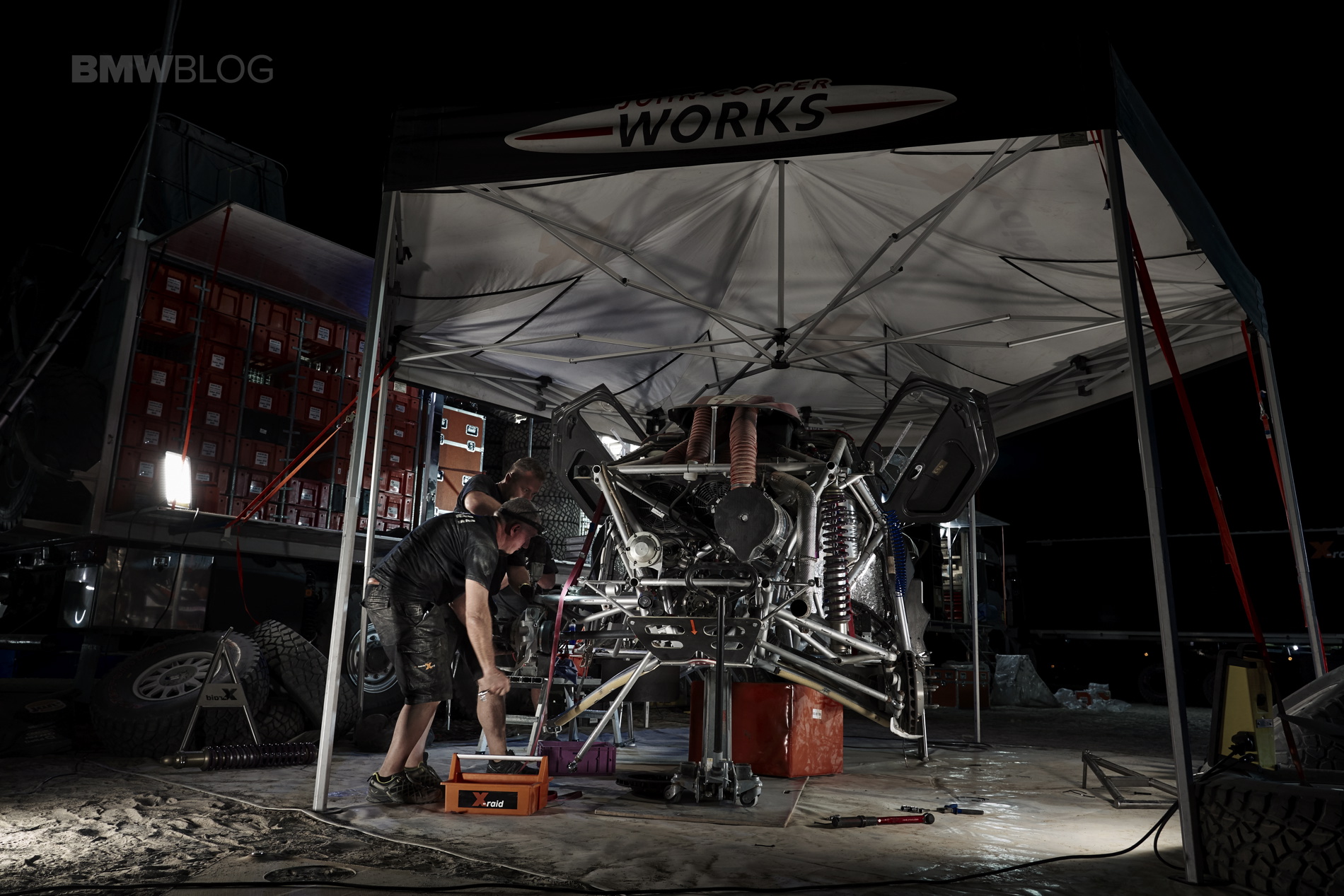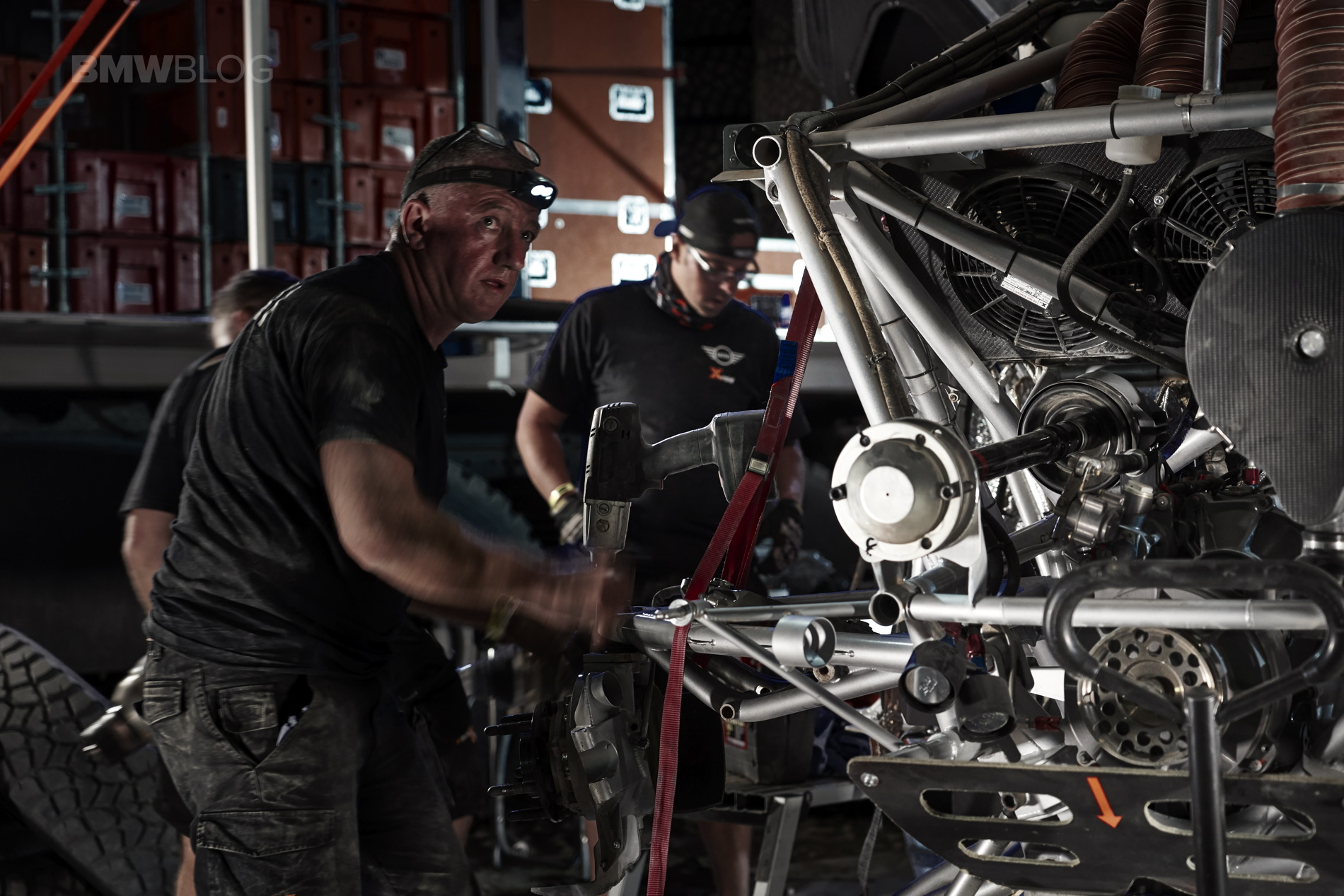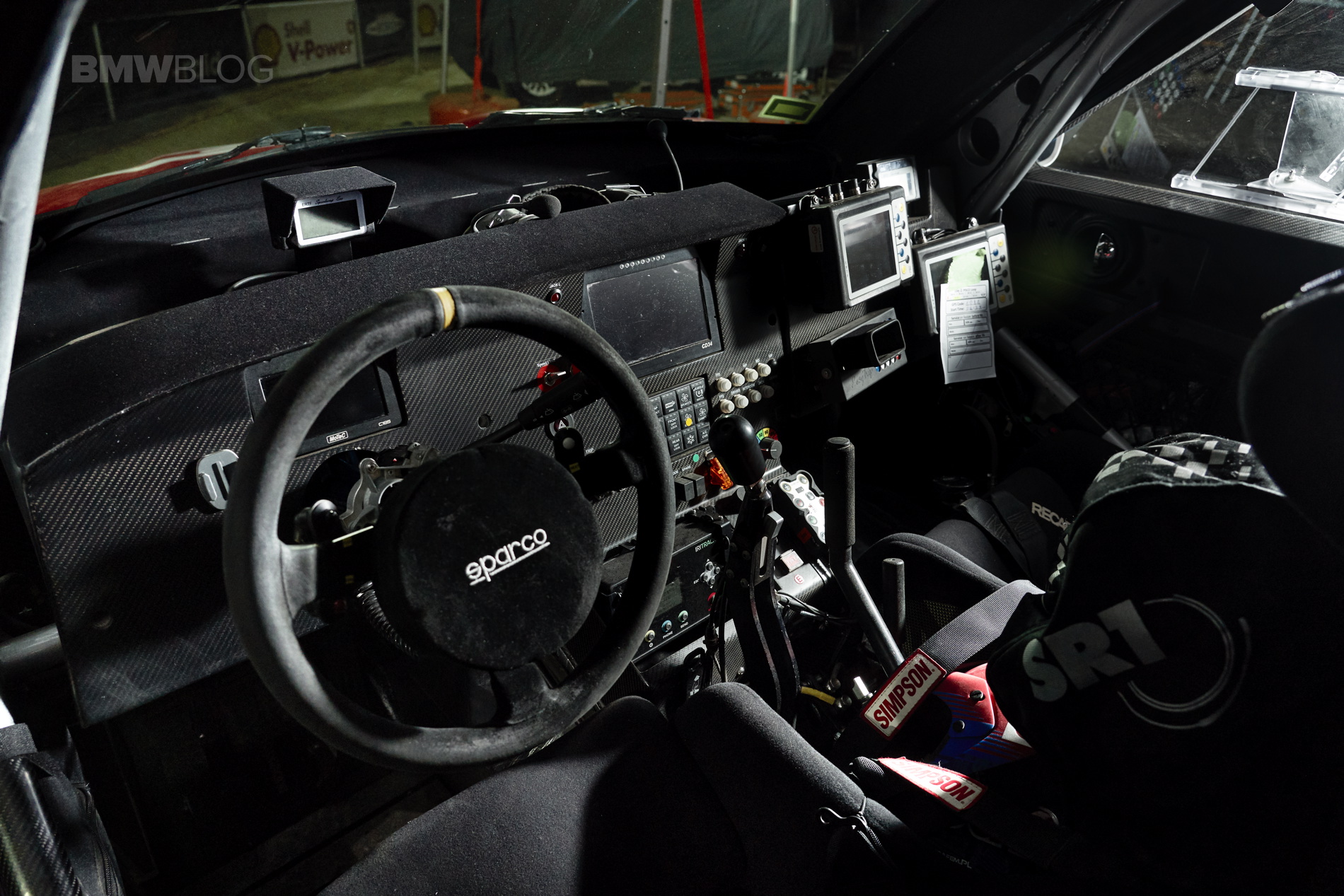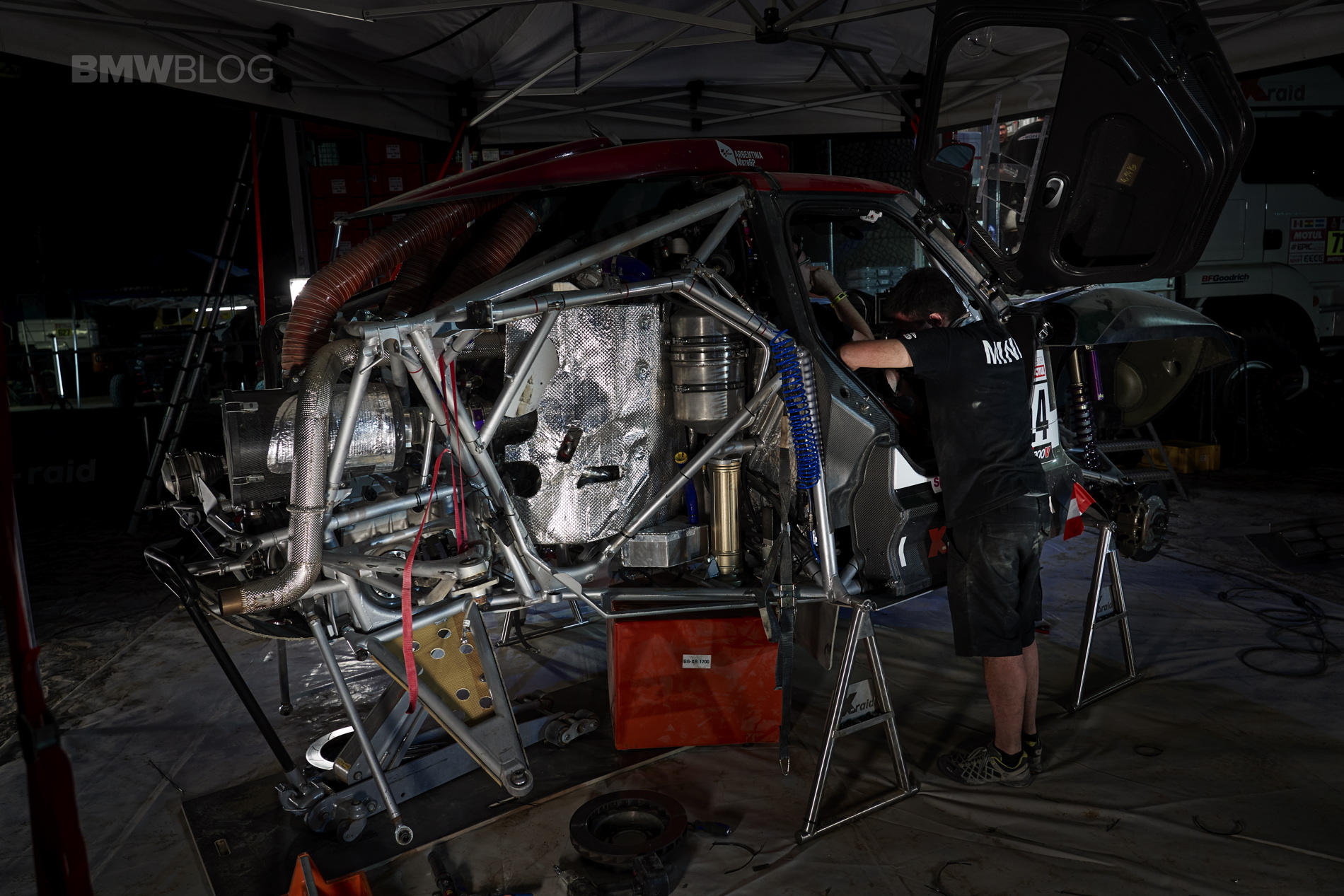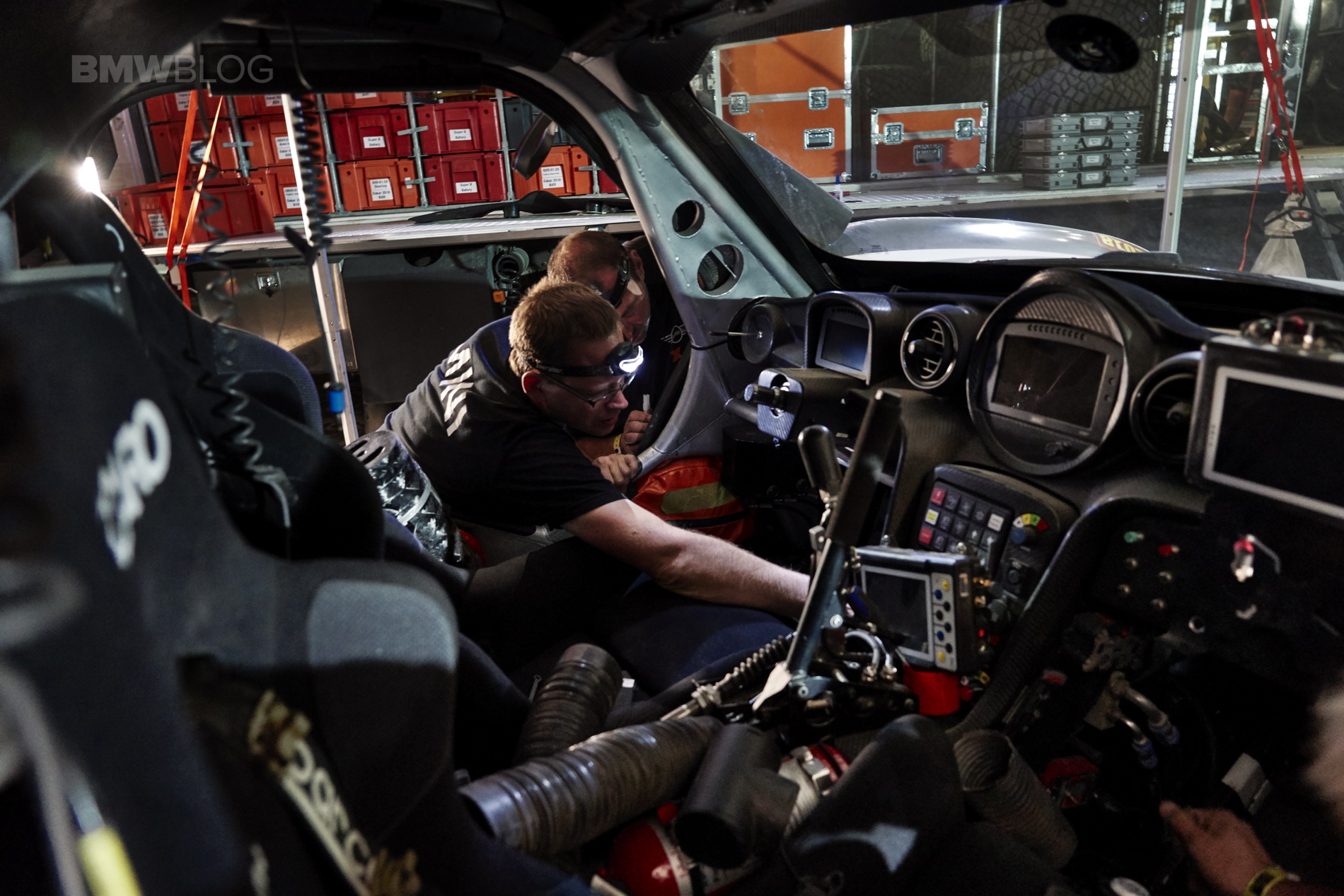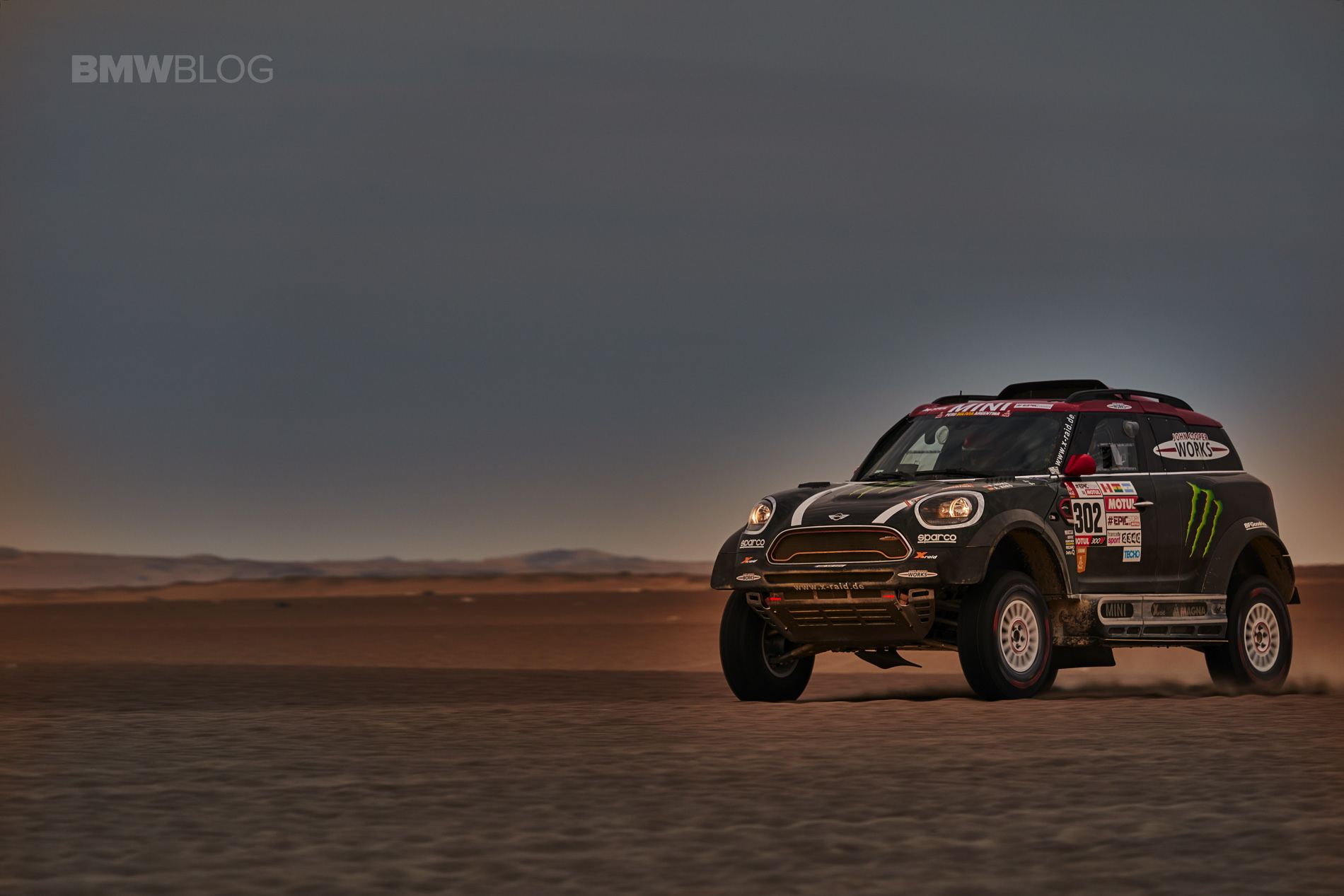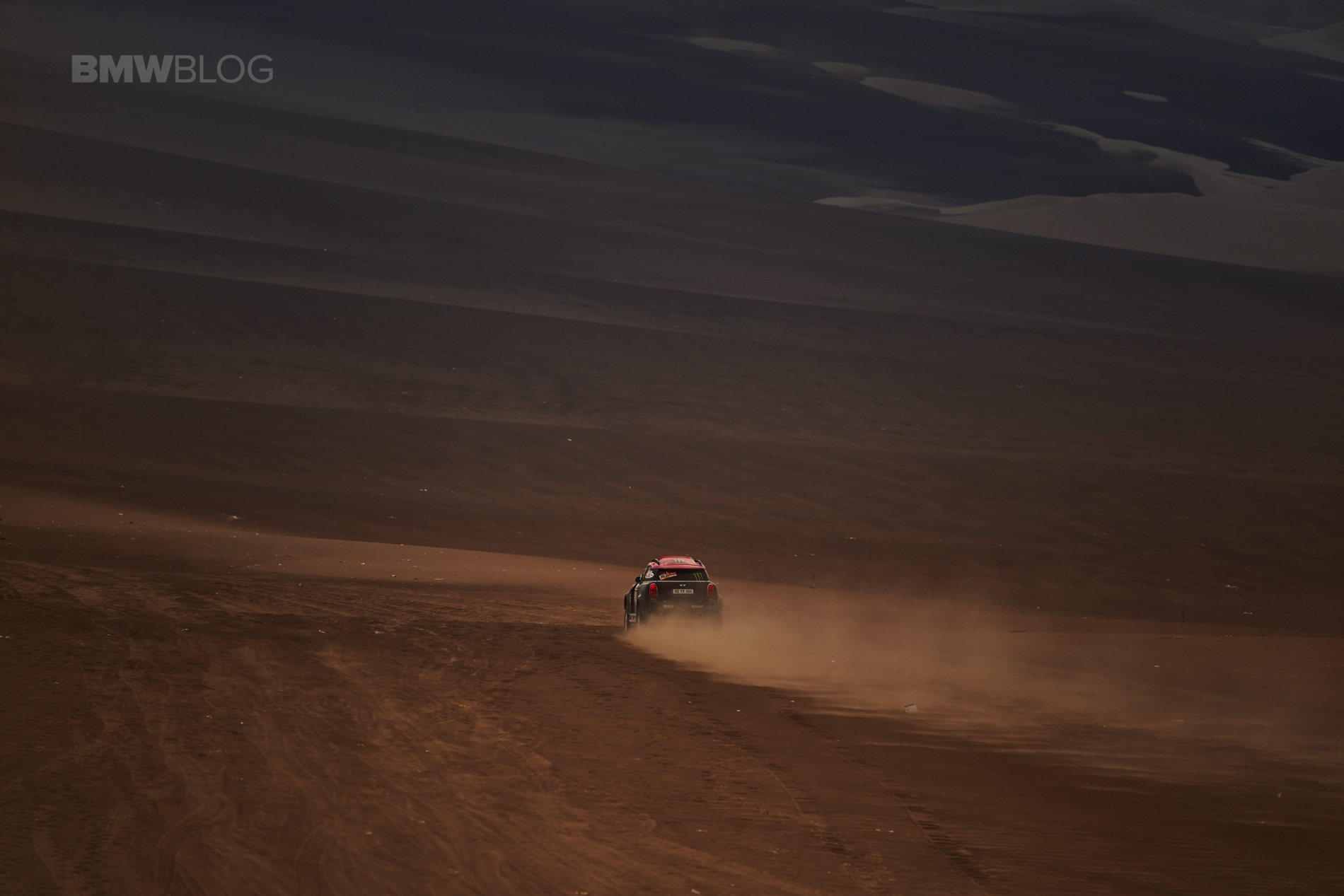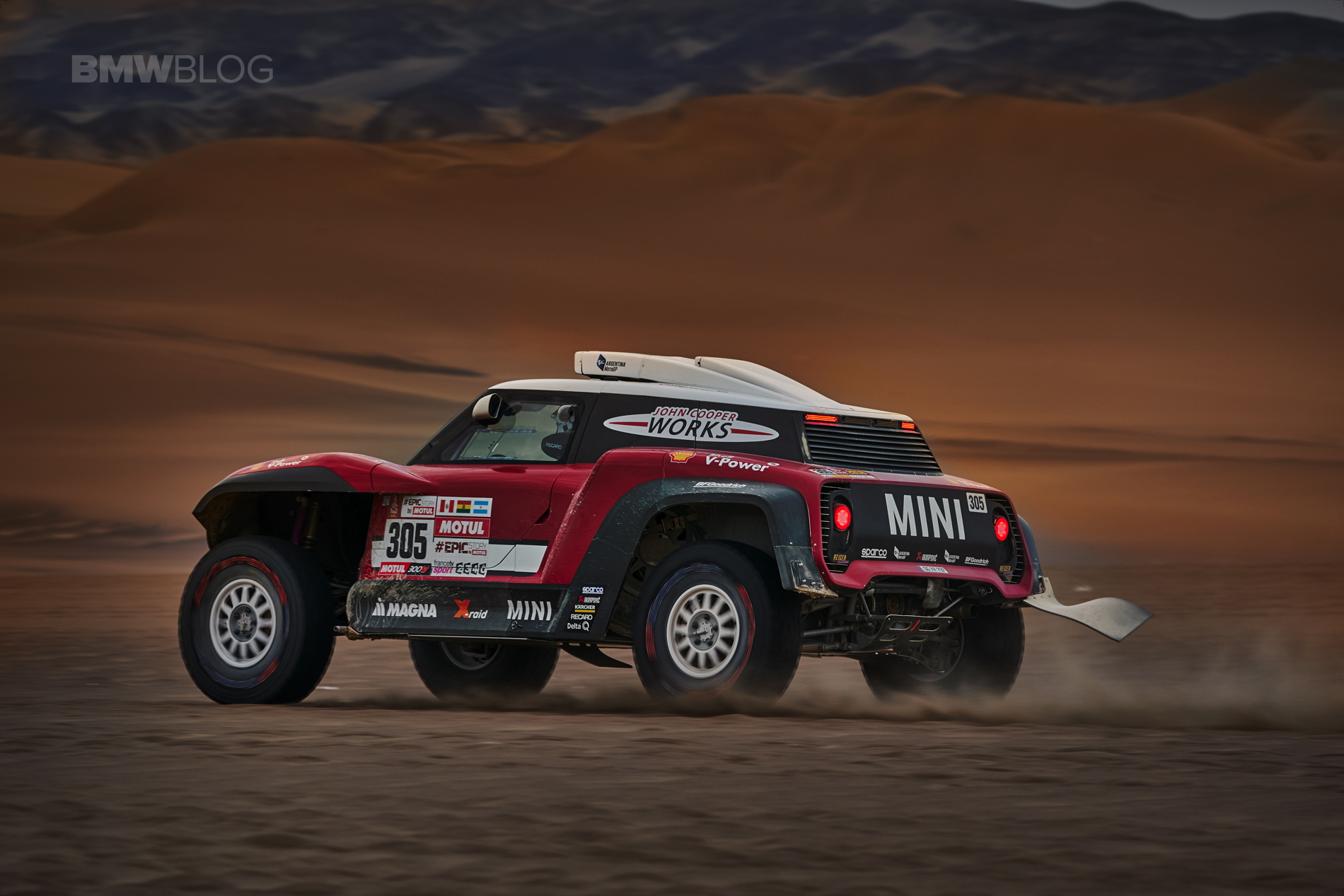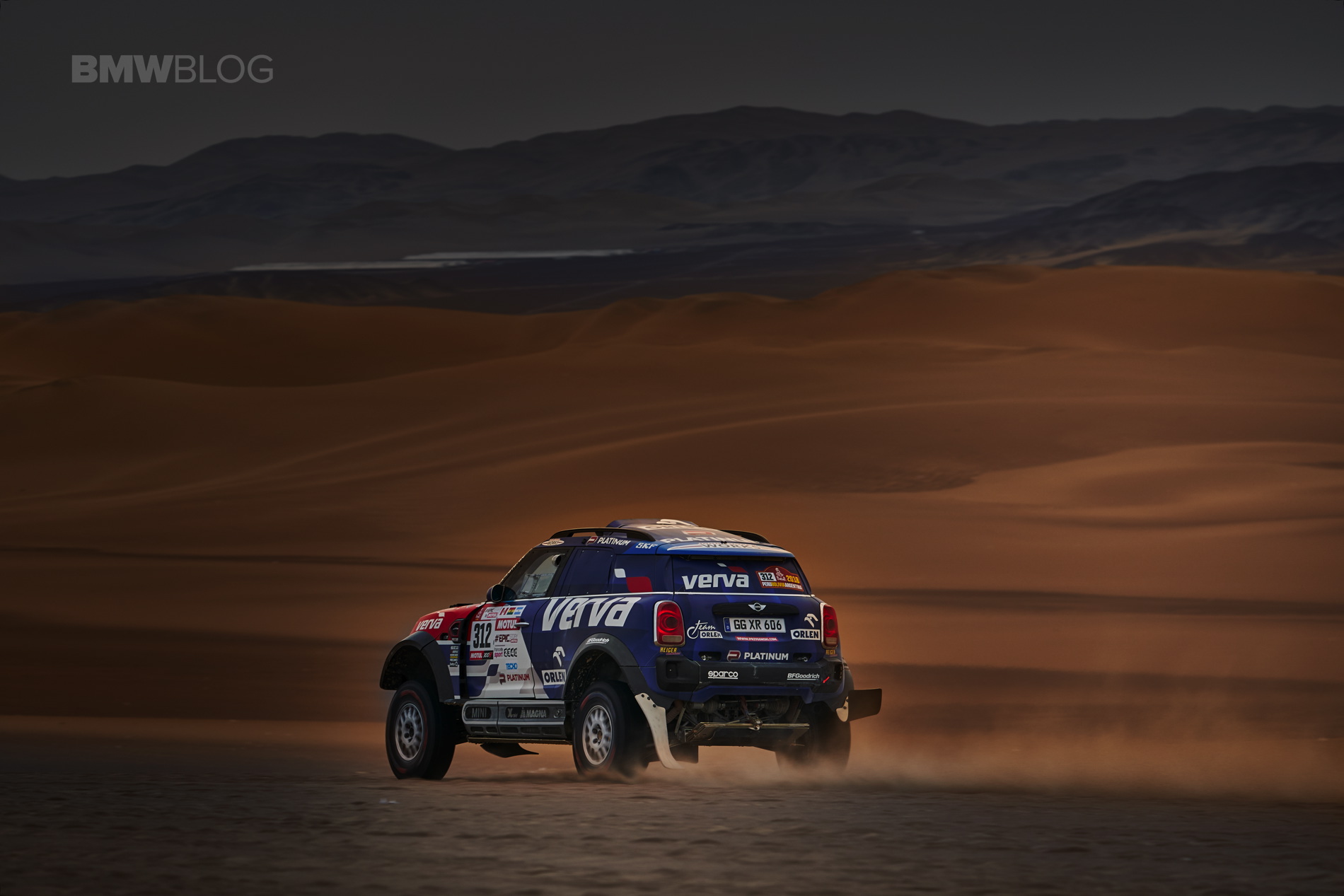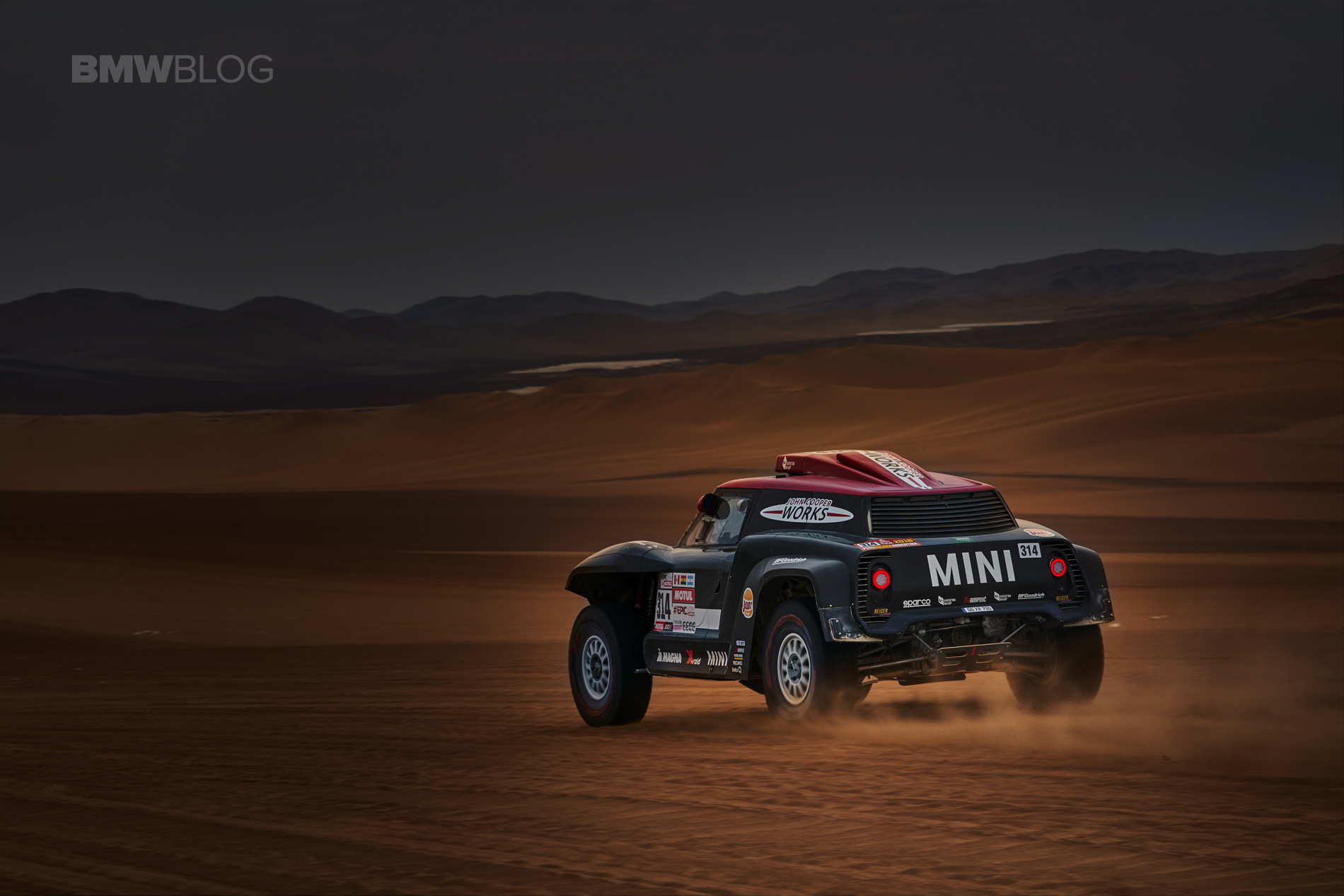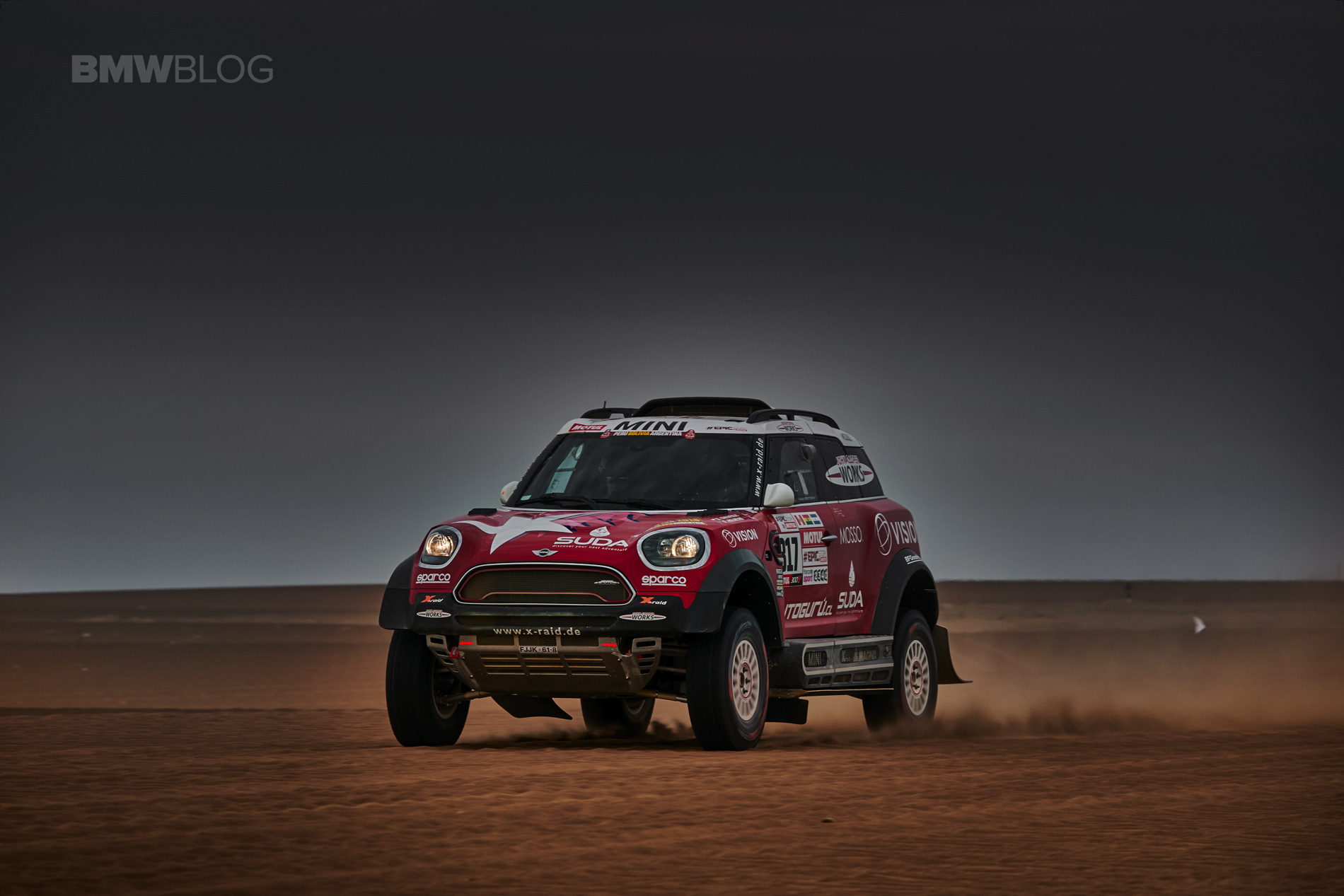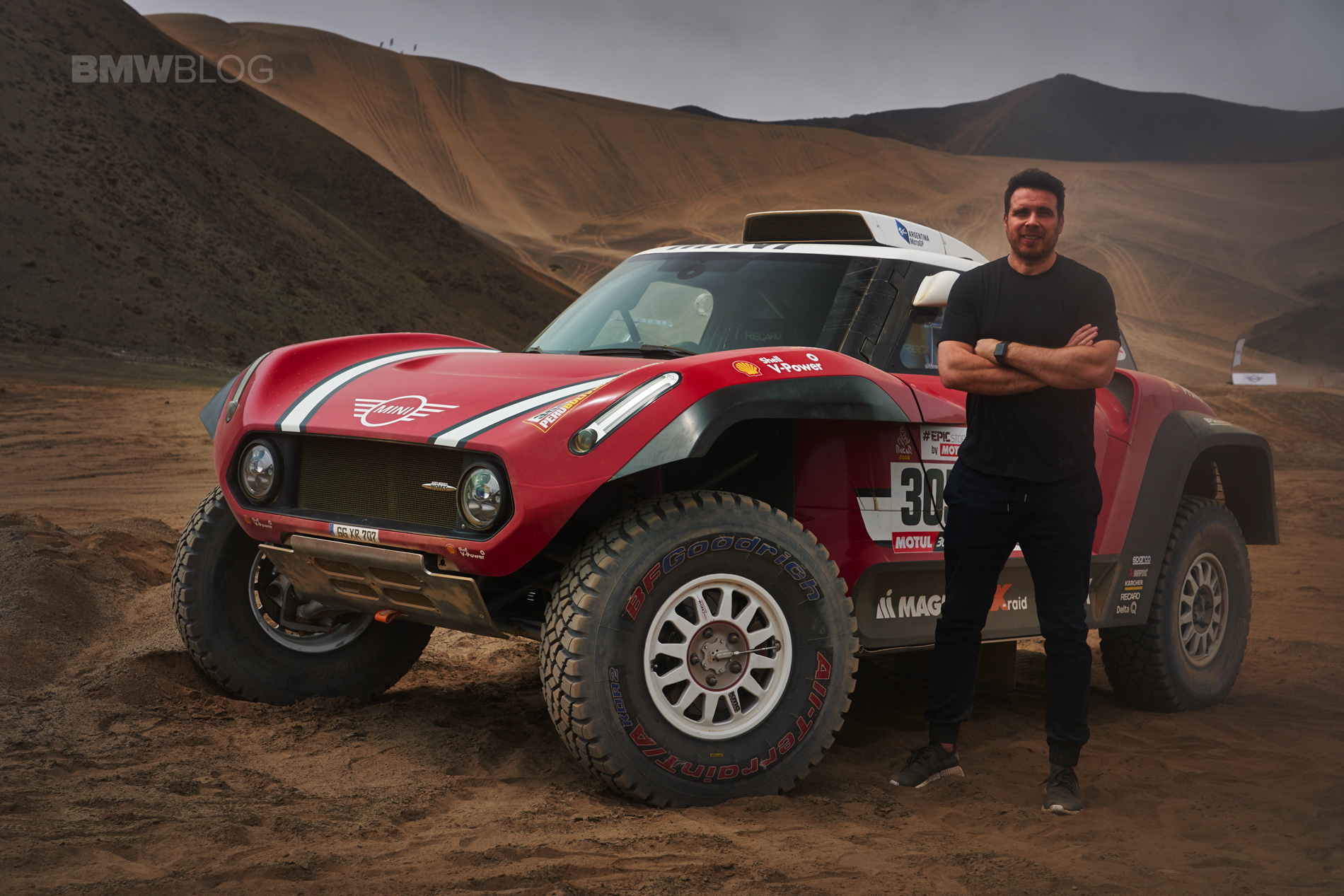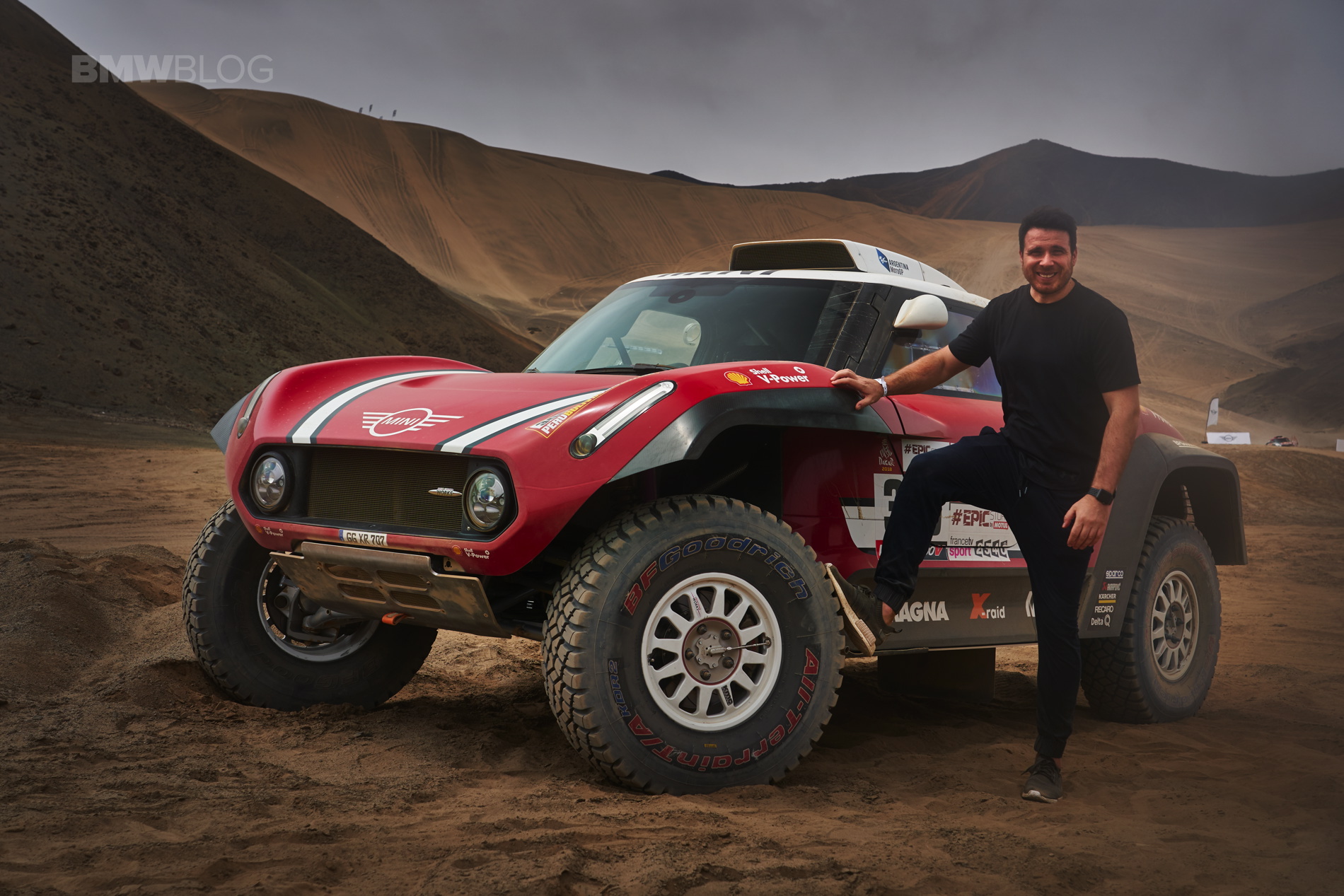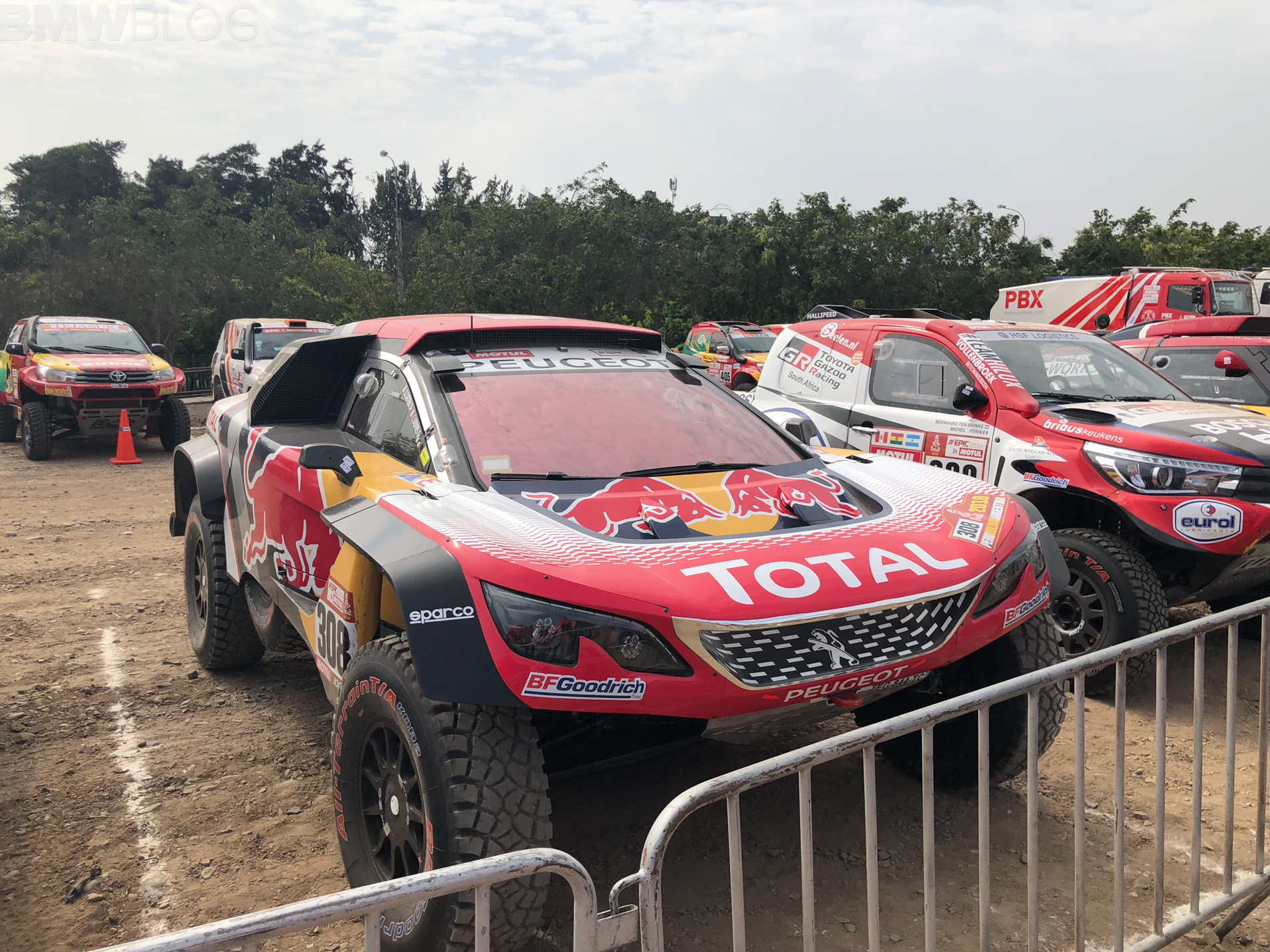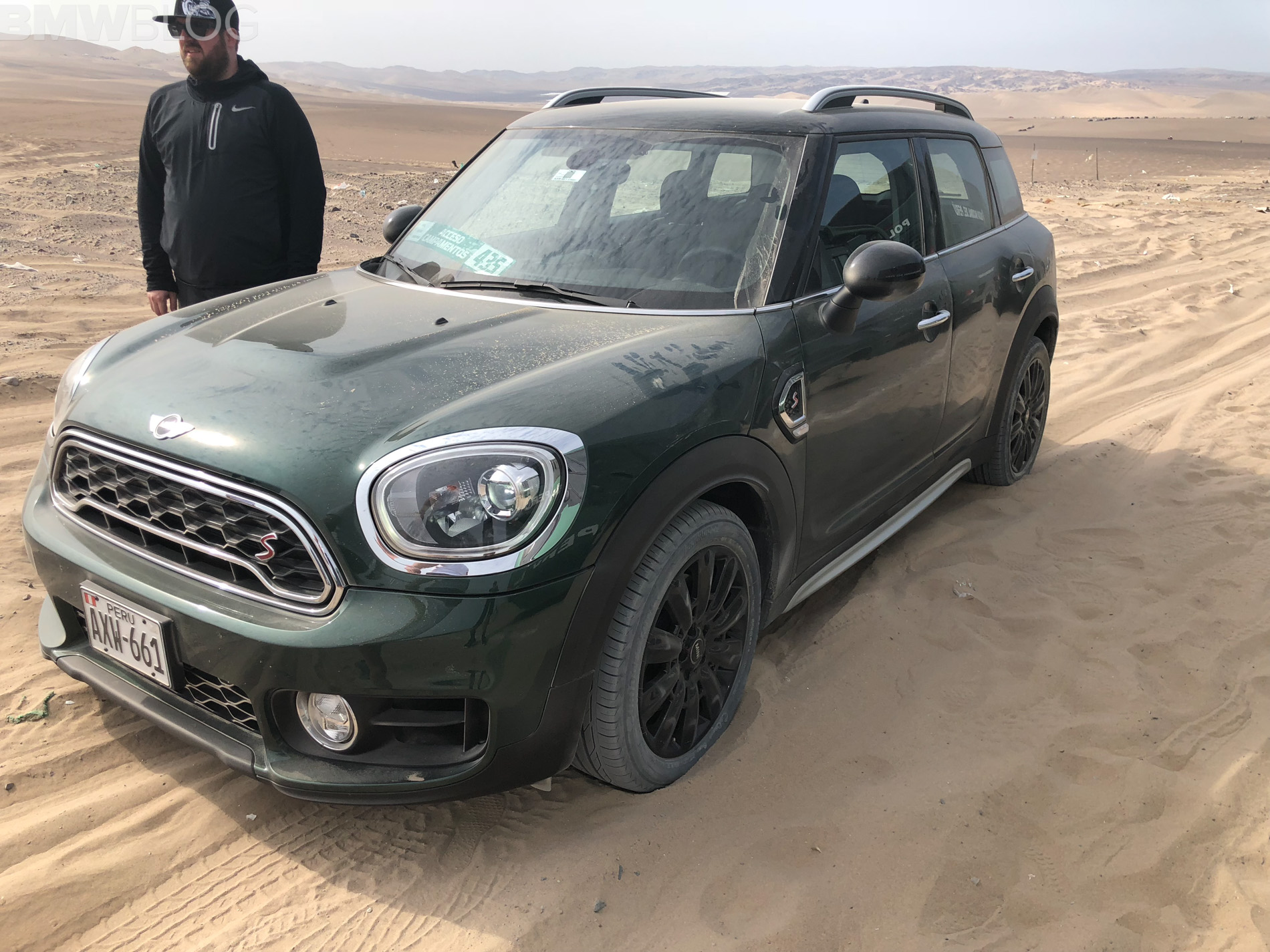It’s December of 2017 and my email inbox just got hit with a one-of-a-kind invitation to a one-of-a-kind event.
“Dakar Rally with MINI? The trip will take place from January 3 to January 8 in Lima, Peru. Please note—it does involve one night of camping with the Dakar team in a tent,” noted the email from MINI Germany and MINI of North America.
Journalists often get spoiled with press trips in five-star hotels and with gourmet meals, so the idea of a few days in the desert and camping might not be appealing to everyone, unless, of course, you’re a huge Motorsport fan and are more interested in creating great content from arguably the most prestigious car event in the world than a few days of glamour.
Now keep in mind, this is early January when most of us are still in a vacation mode, or recovering from the usual New Years Eve hangovers or from overeating. But how can one refuse this Bucket List item…so the choice was obvious.
After a short, yet intense family debate, and promises that now will be tough to fulfill, I clicked the sign-up button knowing that this will be an experience of a lifetime. Shortly after I received my confirmation, I’ve begun my research on the latest Dakar developments and the preparation needed for a trip of this kind.
While Dakar is extremely popular in most parts of the world, the U.S. racing population is still far more invested in NASCAR and monster trucks than in the incredible drama, excitement and adrenaline of the Dakar rally. Yet for years, some of us that live in the States have been openly rooting for MINI Motorsport and their rally program.
MINI X-Raid Dakar Team
For 2018 Dakar and its 40th edition, MINI Motorsport and X-Raid Team introduced two different drive concepts, for the first time: all-wheel drive on the MINI John Cooper Works Rally and rear-wheel drive on the MINI John Cooper Works Buggy. In addition to the already race-proven all-wheel drive MINI John Cooper Works Rally, which, at its debut appearance, came in sixth overall at the 2017 Dakar Rally, the rear-wheel drive MINI John Cooper Works Buggy was joining the Dakar start line in the Peruvian capital of Lima.
The reason why a second vehicle concept was developed lies in the specifics of the Dakar Rally rules, which, in their current form, give two-wheel driven cars certain advantages. But more on this, further down.
Trip Preparation
Since this was my first Dakar and also my first trip down to Peru, I started to build a list of things I would need, from outdoor equipment to medicine and of course, electronics gear that will assist me in properly capturing the rally spirit. While the video and photo equipment list was a simple exercise, the clothing and shoes necessities to survive Dakar and its deserts was a little tougher to put together.
In my close circle of friends I’m certainly not known for my camping and hiking activities, therefore, I’m certainly lacking the proper things for those type of adventures. But since adventure is the name of the game this time around, I decided to simply wing it. What that means in my world is simply wearing clothes that I would wear casually every day, but with slight adjustments. One of those small additions was some proper hiking socks that will help keep the sand off my shoes while keeping my feet cool and dry at all times. A great suggestion by my friend Mike Juergens at Slashgear who provided some invaluable insight he’s acquired from other rally events, like Baja 1000.
Even though his list of suggestions was longer than my weekly grocery list, yet informative and valuable, I decided to just wing it. Here comes my fairly large suitcase, mostly filled with cameras and lenses, gimbals, GoPros and battery packs, and here and there a couple of sneaker pairs and some athleisure clothing. A fancy word these days made famous by companies like Under Armor.
Day 1 – Shakedown
By now my flights are all booked, emergency medicine packed and more excited than ever to leave my house for an automotive trip. After a non-eventful flight to Lima, the capital of Peru, I land late in the night and quickly head to the beautiful area of Miraflores.
The MINI welcome letter has me scheduled for an early breakfast followed by a trip to the shakedown area. An hour bus ride takes us through some deserted and abandoned areas, entirely remote where the X-Raid Team and MINI have setup camp. The testing camp was put together just a few days before the start of Dakar, featuring a few miles long track with a hard-packed rock-strewn terrain, surrounded by hilly and sandy landscapes, and some tough up and down sections.
This is where the seven MINIs will make their final adjustments before the start and the very same place where our exciting adventure begins. As with most car trips, an optional lap with a professional driver is offered and encouraged, an opportunity that I would never turn down considering the skills of those drivers and the capabilities of the cars which are pushed to extremes.
So after the mandatory racing suit and helmet fitting, I was paired with Bryce Menzies, the Las Vegas native who finished 8th on the 2017 Morocco Rally and 9th on the Silk Way where he managed to beat the Peugeot on one stage. This was Menzies’ first Dakar race and also his first experience in a race with the MINI Buggy, the real-wheel drive rally car developed specifically for this year’s championship.
Sebastian Mackensen, Head of MINI and Bryce Menzies
The Dakar is the hardest rally-raid in the world and when you hear that it makes you want to do it,” Menzies said.
“There will be difficult days, so you have to survive and continue to push.There is a little bit of everything: sand, high-speeds, rocks and gravel. We are going to see different types of terrain and we are used to these changes on races like the Baja 1000 and Vegas to Reno.”
After a quick meet and greet, I gloated to Menzies that I’m an experienced passenger and that he could do his best, or worst, depends how you look at it. Before the co-drive commenced, I had the chance to walk around the cars and observe the fine engineering and craft that goes into those cars, while filming others on their own laps. But nothing has really prepared me for what I consider, the co-drive of my life.
Unfortunately there were no GoPros mounts fixed in the car, and even if there were, the footage would have been likely useless, considering the type of drive. So I will have to rely on my words to properly illustrate the experience, and with the help of the drone footage seen below.
All I recall about the track lap was to hold my arms around my chest, head tightly against the headrest and watch the knees, considering I’m quite tall. The rally car is mostly made of carbon fiber and Kevlar, with a designed tubular steel frame providing maximum protection for driver and passenger in extreme situations.
Sebastian Mackensen, Head of MINI
Inside, it looks like nothing I’ve ever seen before. I can recognize the seat and steering wheel, the throttle pedal also and the two towering levers – gear lever and handbrake, and the center console from a regular MINI, but other than that, it’s all customized and rally-specific, with lots of wires and cables, and knobs.
The MINI John Cooper Works Buggy is powered by a 3.0 liter inline 6-cylinder diesel engine generating and output of 340 hp and a maximum torque of 800 Nm. The transmission and drivetrain as well as the engine’s turbocharging technology, which is based on the BMW TwinPower Turbo, have been completely newly conceived.
It also uses Brembo Disc Brakes and runs on BF Goodrich tires with air pressure adjustment on demand from within the cabin. The total weight without the driver is 1700 kgs.
MINI deemed the 2WD vehicle “the biggest project in the company’s history”, so obviously I was pumped up by now.
The Ride Of My Life
The track kicks off with right turn taken at high speeds before, literally jumping above a 30 degree angled hill, but instead of landing on soft land, as I expected, the Buggy bounces of the bare rocky section that came out of nowhere, at least for me. The next few seconds are filled with doubt and regrets, especially after seeing the right wheels nearly a steep cliff. The MINI Buggy feels jittery and uneven, yet sharp and extremely responsive on the uneven terrain.
We’re being thrown around like fruit in a mixer, but Menzies looks cooler than ice. The rear-end slides just like it would on a drifting course, but the slides are controlled, even through the large holes in the ground. In fact, we’re rarely on the ground and mostly kicking into the air, and often I can barely see something outside my helmet. Yet for some reason, I feel extremely confident in my professional rally driver and I offer a shy smile of confidence.
Probably that was all Menzies needed cause the ride is about to get wilder. As we navigate through this rough terrain and taking sharp and blind corners, I could immediately sense the engineering marvel found in the MINI rally car. The suspensions take a beating like nothing I’ve seen before, with lots of nosedives into the hard ground that will break any imaginable car out there.
Terrain feedback is jarring my neck, but the body pain is simply replaced with a level of adrenaline never experienced before. After more tails swings, we enter the sandy section of the track where the car’s capabilities are put through new challenges. Here the driver focuses on the sand tracks ahead to properly and swiftly anticipate the best lines and upcoming corners. The rear-wheel drive character clearly plays well within this environment and the ride becomes an exercise of drifting and high jumps in the air.
The desert is filled with plenty of steep hills, some of them at abnormal angles that make you wonder when the flip comes in. But the suspension of the MINI and tire pressure has been already been adjusted for those challenges and now the ride is more fun. The landings are softer, but still bouncy and most of the time all I can see is the floor of the cabin.
Based on my previous observations of the track, from far away, I knew that a couple of dunes will be more challenging than others, so soon enough we’re at the top of this dune, facing down an easily 50-60 degree angle which ends into another uphill dune. I braced myself to the point that my arms were numb and was ready for what proved to be another exciting run. My head again pushed tightly against the headrest, eyes looking down, heart racing anticipating the quick drop and speeds at over 100 mph.
But to my surprise, instead of slowing down at the bottom of the hill, Menzies floors the gas pedal and up we go. Time has stopped at that point and those 2-3 seconds seemed endless, and by my estimation, we were at least 10-15 feet up in the air before landing about 20 yards out. Head bounces off the seat, eyes pop out, but nothing would make me happier at that point.
Despite the full work out I just received and the soreness of my body, this has been quite a ride, one that I was certainly not anticipating and which made me verbally express to Menzies my appreciation for his skills. If many of us can be fairly decent drivers on race tracks, and maybe do the occasional pro-driver-like stunts, I highly doubt that many amateur drivers will be able to drive those rally cars to one percent of their potential.
With more journalists in line for the ride of their life, I tried to relate my experience in words, but quickly I realized that ineffectiveness of those words. “You’ll see”, it’s all I could say at that moment.
The Dakar trip was already off to a great start.
A few hours later and few extra pounds of sand on my clothes (remember my lack of desert gear?), I was back at the hotel reminiscing. An X-Raid team dinner later in the evening allowed me to chat more with Menzies and his co-driver Peter Mortensen. The American duo shared stories on their career, their Red Bull sponsorship and the expectations of Dakar 2018. It’s an understatement to highlight in words their anxiousness and excitement for what is the most exciting racing event in the world.
Unfortunately, a few days later, their Dakar adventure was cut short on Stage 2, despite a great start -sitting fourth and just 38 seconds off the lead after the opening stage – when Menzies rolled over his MINI Buggy, ending his Dakar title aspirations and leaving Mortensen with a broken ankle.
Day 2 – Lima and Dakar Village
The second day of our MINI Dakar experience included a tour of Lima, a city with over 10 million, the most populous metropolitan area of Peru and the third-largest city in the Americas, behind São Paulo and Mexico City. Lima’s architecture offers a mix of styles. Examples of early colonial architecture include the Monastery of San Francisco, the Cathedral and the Torre Tagle Palace. Strongly influenced by European, Andean, African and Asian culture, Lima is a melting pot, due to colonization, immigration and indigenous influences.
There is a lot to say about Lima, but travel guides will likely do it more justice, but it’s absolutely a beautiful place to visit offering a little bit of everything to everyone.
The second part of the day was reserved for the press conference and team activities at the Dakar village in Lima. Here we had the chance to see some of the rally cars and motorcycles from upclose, visit different team tents, while being immersed in the Dakar experience as celebrated by the locals and visitors from around the world.
Day 3 – Start of Dakar
Next, it’s already Saturday morning and the 2018 Dakar is about to begin. The drivers and riders parade was scheduled for early morning and was attended by tens of thousands of fans who gathered to cheer on their favorites. From just a few feet away, the crowd was not only able to snap memorable photos, but were also often greeted by drivers with the now fashionable selfies. Cheering and music were part of the ambiance and the mixture of cultures was a beautiful sight to see.
The Dakar 2018 is now on its way to Pisco for Stage 1 while we’re back at the hotel taking the reigns of our MINI Countryman and packing for the desert and camping experience. A few hours drives to Pisco gives us a contrasting look of Peru, with lots of underdeveloped areas.
The Bivouac
Next stop in our tour is the bivouac, the official camping site of Dakar where security is just as fierce and abundant as in an airport. The amount of local military, customs and police collaboration was impressive.
In the middle of sandy dunes is where the Dakar teams setup their homes, their body shops and “restaurants”, a place where the team members bond more than ever and where sleep is highly overrated. Day-by-day, the teams advances alongside with the route and sets up camp at a new location. All support vehicles travel as much as the race cars.
The Dakar Rally is more than just a physical challenge. Drivers must navigate their way from checkpoint to checkpoint with just a GPS and no radio support, hitting speeds of as much as 110 miles an hour on off-road terrain. So clearly, the cars get damaged and require daily maintenance.
Day-by-day, all of your team advances alongside with the route and sets up camp at a new location. All support vehicles travel as much as the race cars. Team’s trucks, support vehicles and assistance trucks are all part of the bivouac and for each team.
Some drivers sleep in the motorhomes while others prefer the posh and quiet hotels nearby. But the mechanics and support people sleep in the bivouac, either in tents, on the trucks’ roof or even in the sand by the vehicles. After each stage, the drivers are debriefed and often teams they head to the massage table or to see the physical therapist.
X-raid Team Manager Sven Quandt says that each truck has 200,000 euros worth of parts.
Every night, the X-Raid MINI team give each one of the seven cars a 2 to 4 hours inspection. It takes roughly 30 minutes to fully disassemble the MINI Countryman ALL4 and less time for the MINI Buggy. There are 150 people servicing the seven rally cars.
Each set of mechanics has a dedicated checklist to determine what state of health the car is in. If any component has broken that day, additional time to repair it is needed.
The whole car is blasted with compressed air – inside and out – to get rid of the excess dust and sand, which could create unforeseen problems. The combination of dust and water could create a mix that would be catastrophic to some cars’ equipment.
Brakes and tires are changed daily, regarding of their wear and tear. 44 tires for the Buggy and 65 tires per car for the ALL4 MINI.
Each day, the team has to pack up, hit the road and be set up in the new destination in by the time the cars come back. At 5:30 am, the cars leave the bivouac, around the same time some mechanics get some quick shut eye.
To be as authentic as possible and immersed in the Dakar experience, MINI and X-Raid has let us camp with the team. Here we had the chance to eat side-by-side with the team members, take cold showers and sleep in the tiny tents behind the trucks. Sand and noise are part of the experience, one that makes you feel like you’re part of the team.
Day 4 – Stage 2 and First Checkpoint
After just about three hours of sleep, I was ready for Stage 2 of Dakar, where we will have the chance to see cars passing through a checkpoint. Each night, the road book for the next day’s stage is released but the only information provided is some directions to the destination and the distance to it. The co-drivers spend the next few hours figuring out the quickest route to the waypoints.
All cars are fitted with GPS, which is mostly used to track the location of the vehicle, in case of any accidents or danger. The system also records when and at what speed the contestant’s car passes the mandatory waypoints.
We jumped back into our front-wheel drive Countrymans and headed out to the desert, for another truly MINI experience. This time navigating the off the map, narrow sandy roads south of Pisco. After a true off-road experience which involved a Police bus blocking the road, allegedly involuntarily, we arrived at the Stage 2 checkpoint where we positioned ourselves in the long straight to see the Dakar cars flying through.
Unfortunately not all MINI cars arrived, as we mentioned earlier, the Buggy driven by Menzies had a race-ending crash.
Compared to close circuits, Dakar is all about traveling with the teams to various checkpoints throughout the day where in an organized setup you can laid down your blanket or unfold your chair and watch the cars come in.
The anniversary edition of the long-distance rally takes the rally participants from Peru to Argentina via Bolivia and incorporates extended desert stages as well as rock and boulder fields and asphalt tracks which take the cars up to an altitude of 4000 meters in the Andes.
The Dakar rally will let you see South America in a way that very few people ever will and the local’s excitement for the race will rub off you.
The final stage completed on 20 January 2018 in Córdoba, Argentina and only 43 of the 92 auto crews that started the race accomplished a Dakar finish. Four of the seven MINI crews entered were among the 43 auto crews who successfully completed the world’s toughest rally.
X-Raid’s Jakub ‘Kuba’ Przygonski (POL) and co-driver Tom Colsoul (BEL) secured a solid fifth place overall in their MINI John Cooper Works Rally (#312).
The race ended for me after Stage 2 when we headed back to Lima to embark on my journey home, while contemplating how to best relate to you this unique experience.
If you ever have the chance to attend even a day of the Dakar rally, my advice is to simply do it. It is absolutely fascinating and a must for any car fan.
Click below to see the video of our experience and for the greatest photo gallery.


